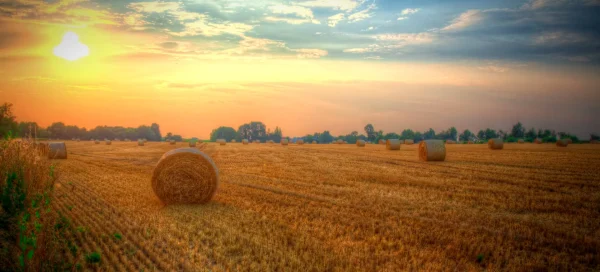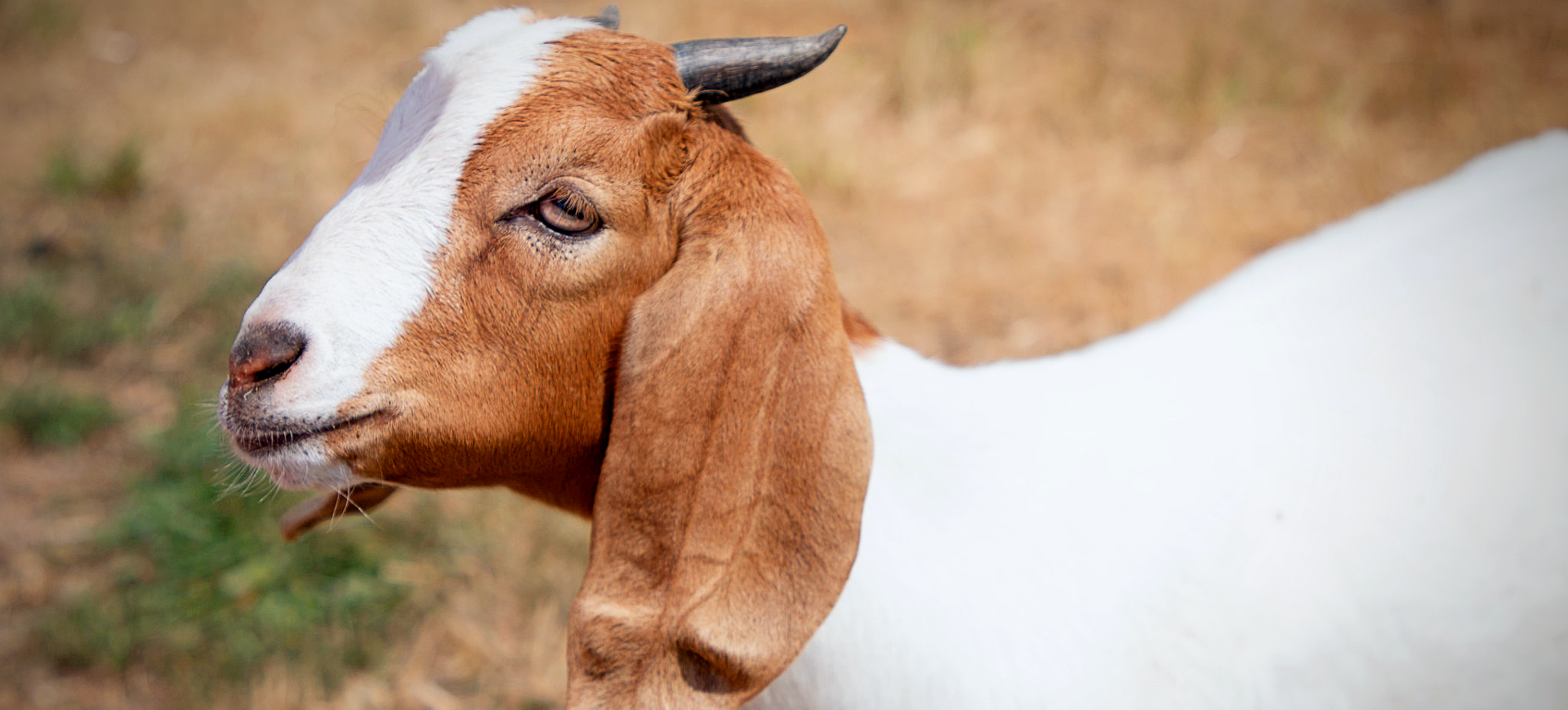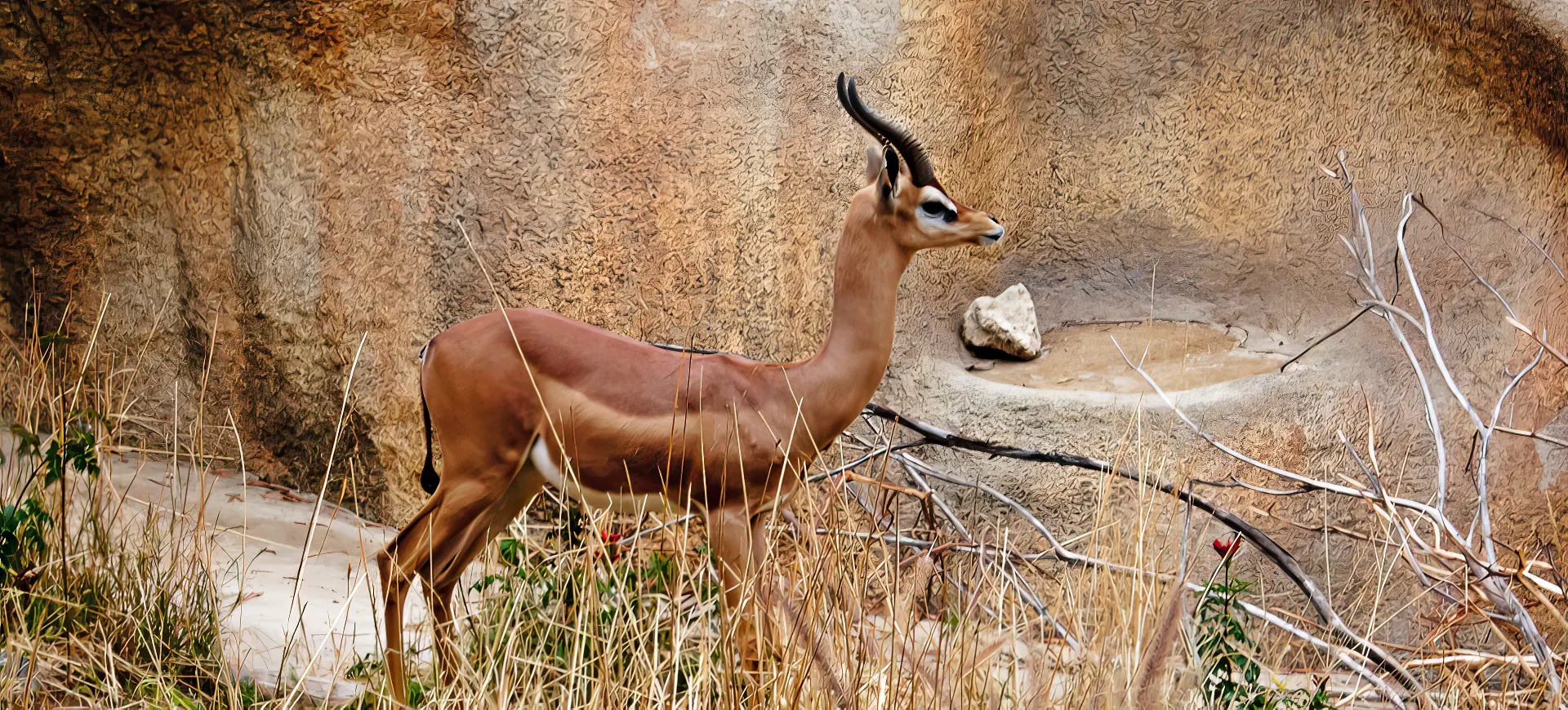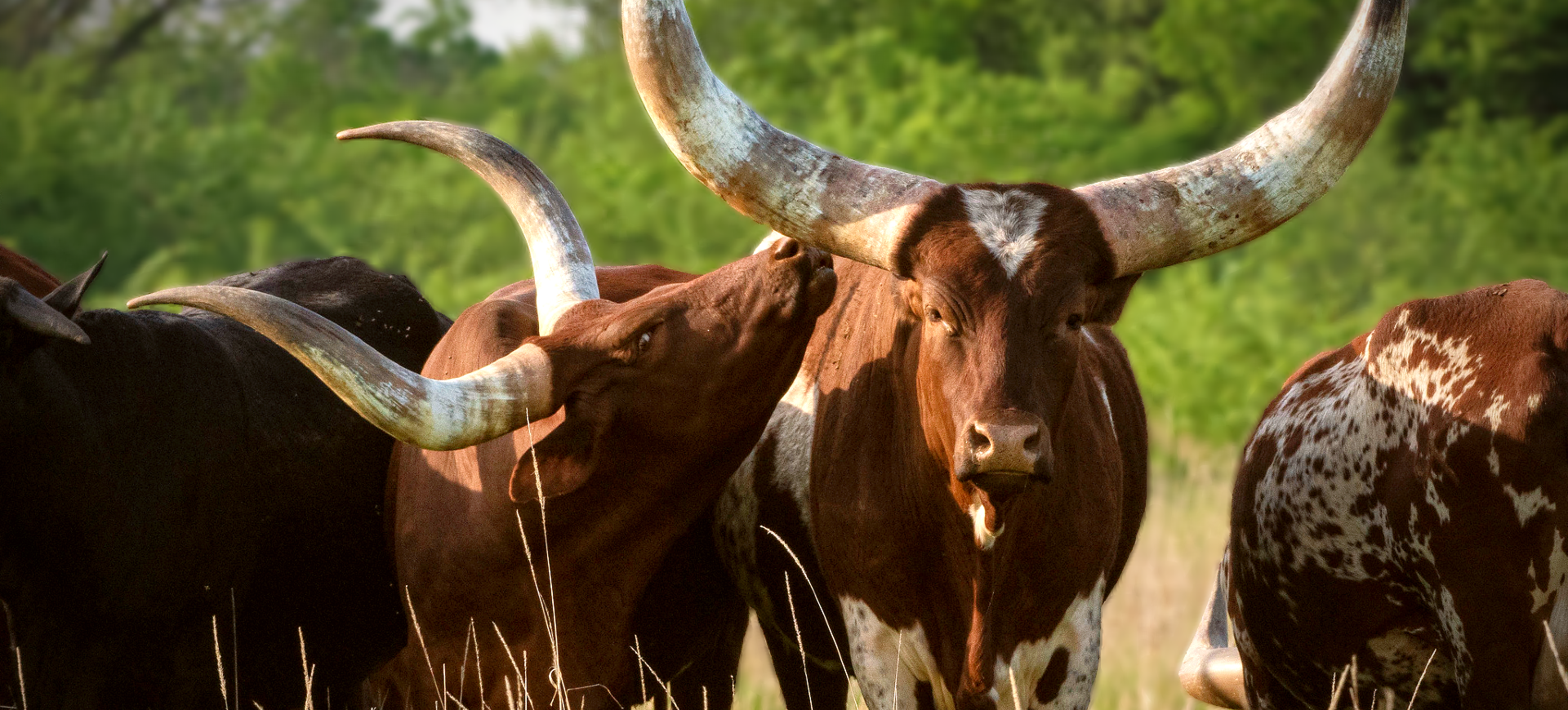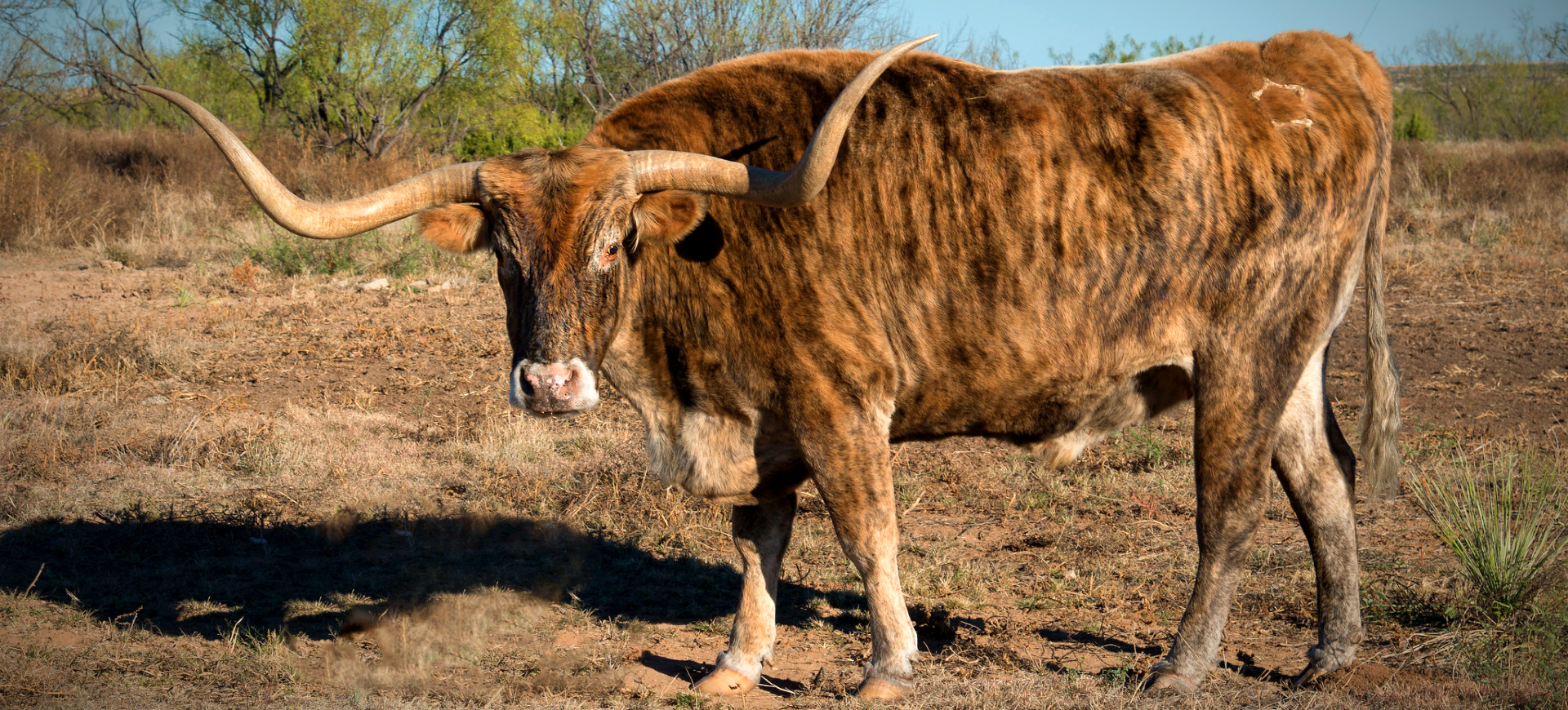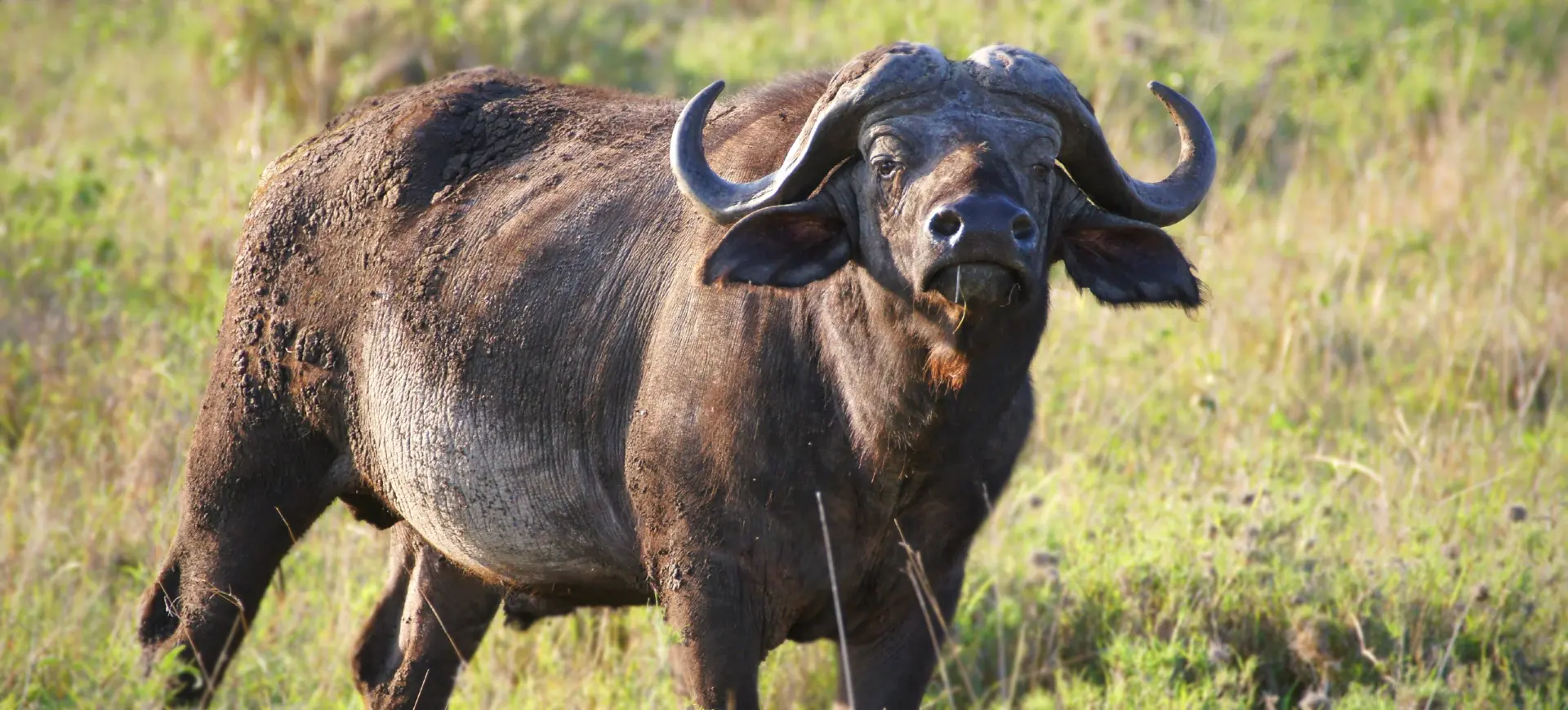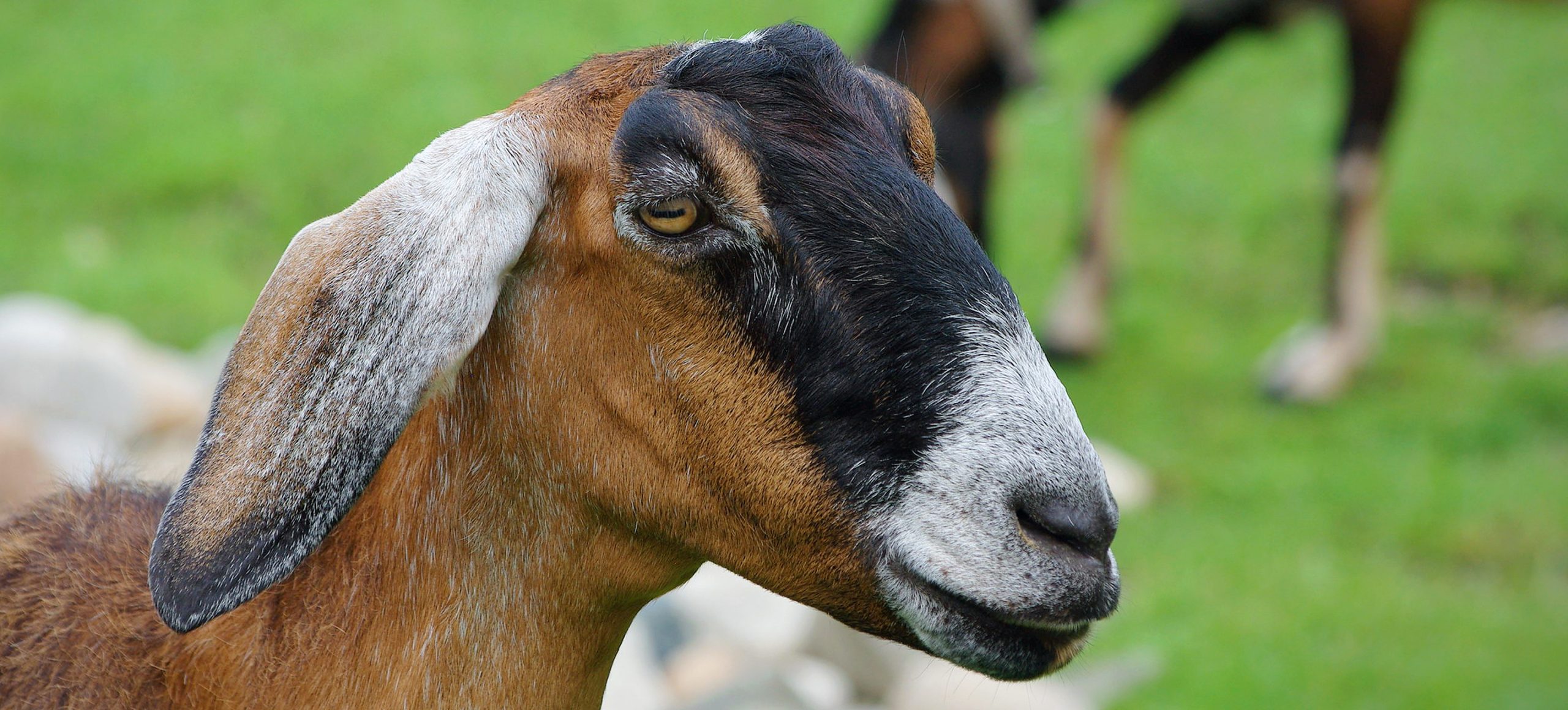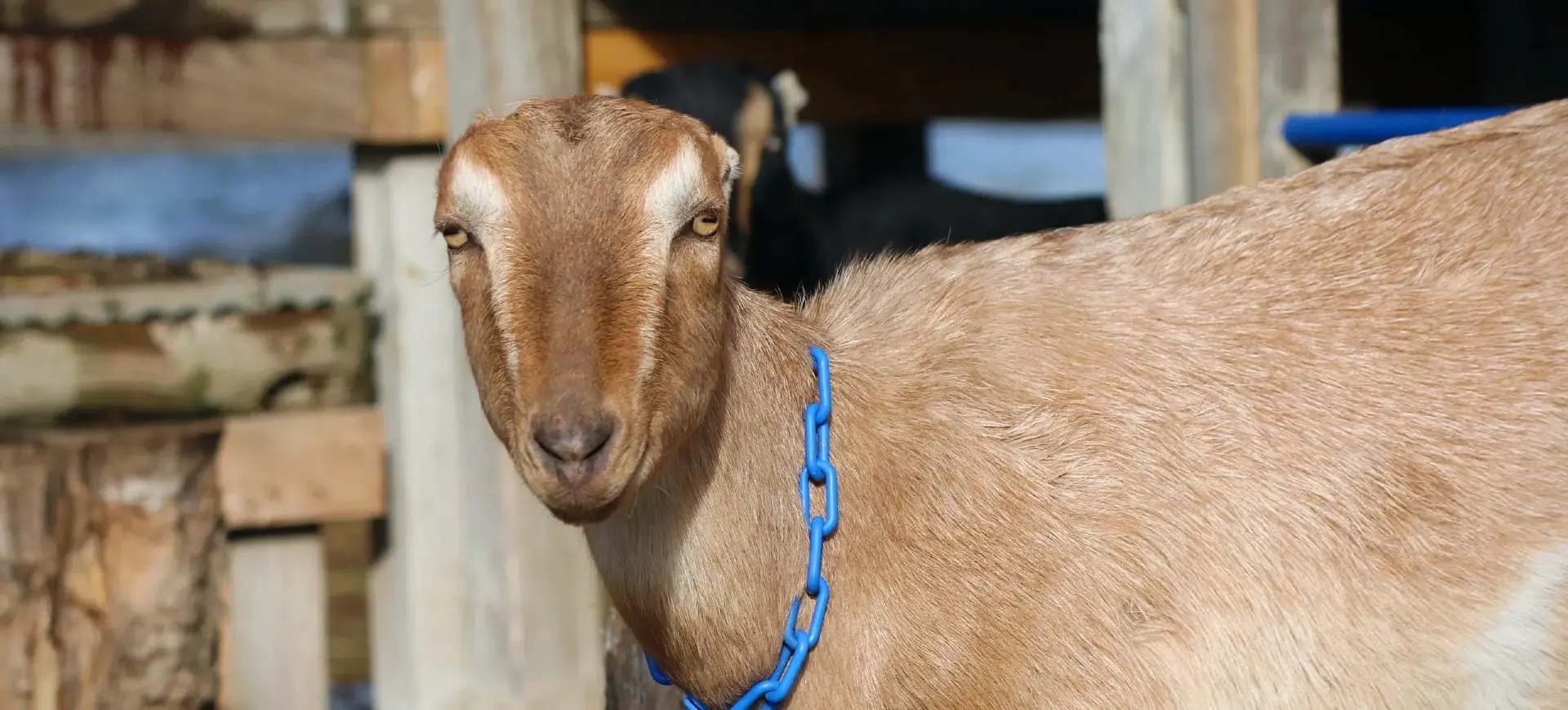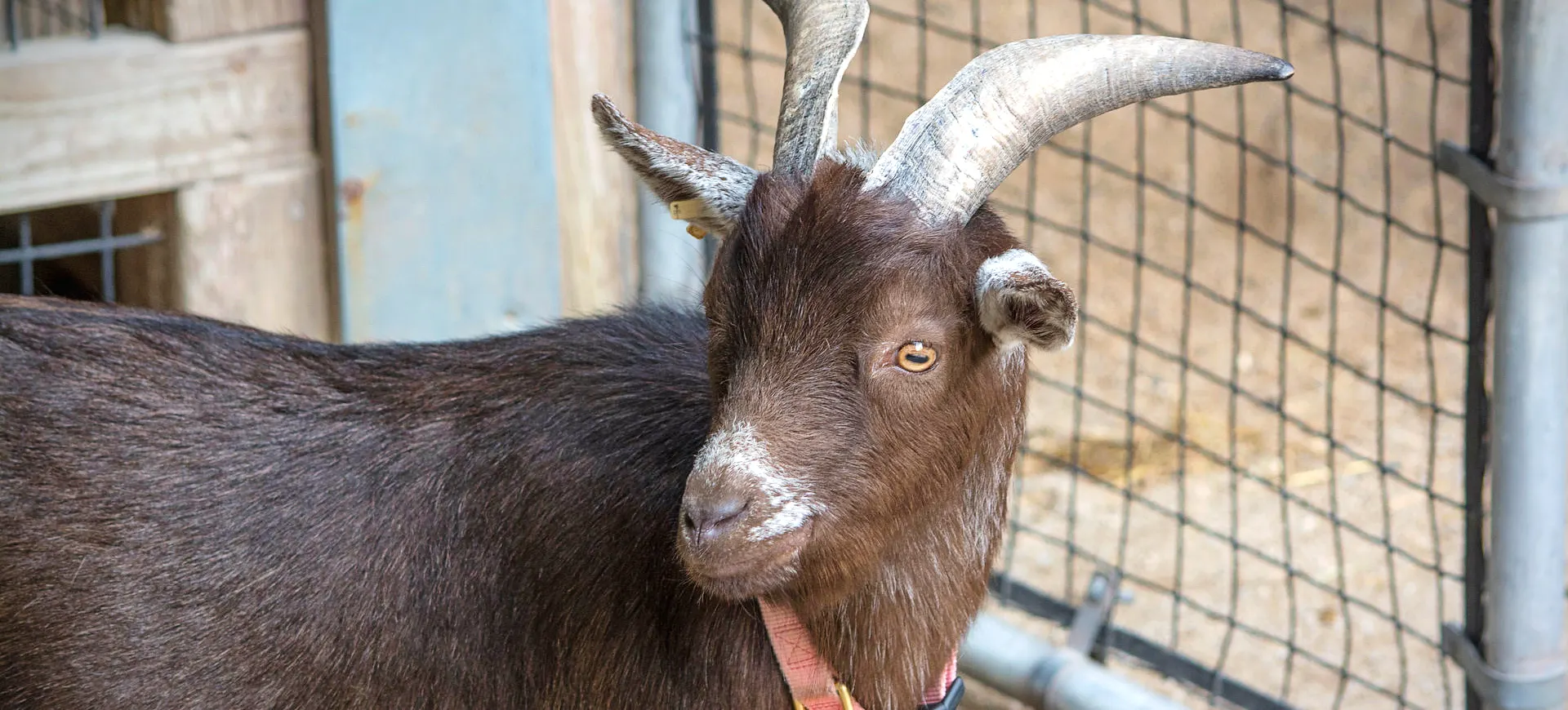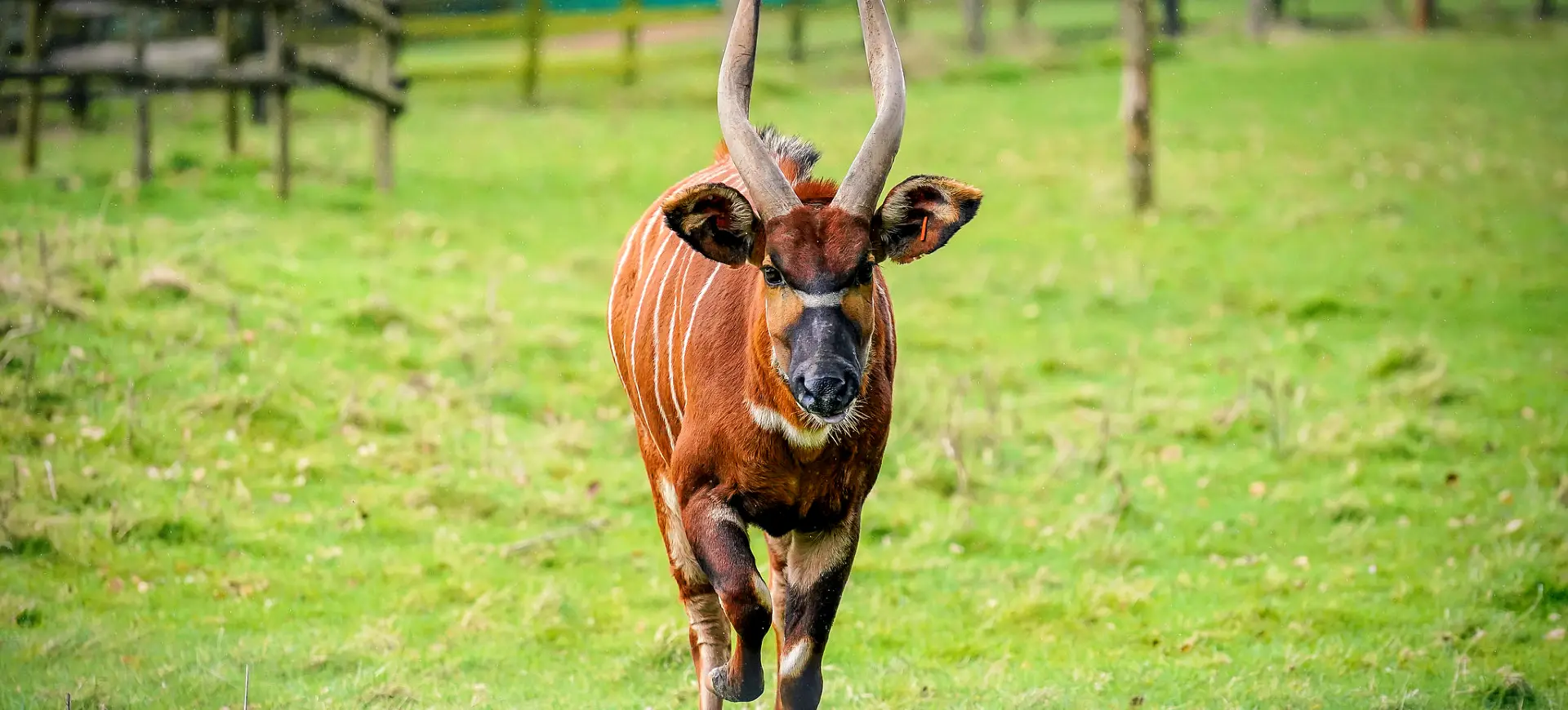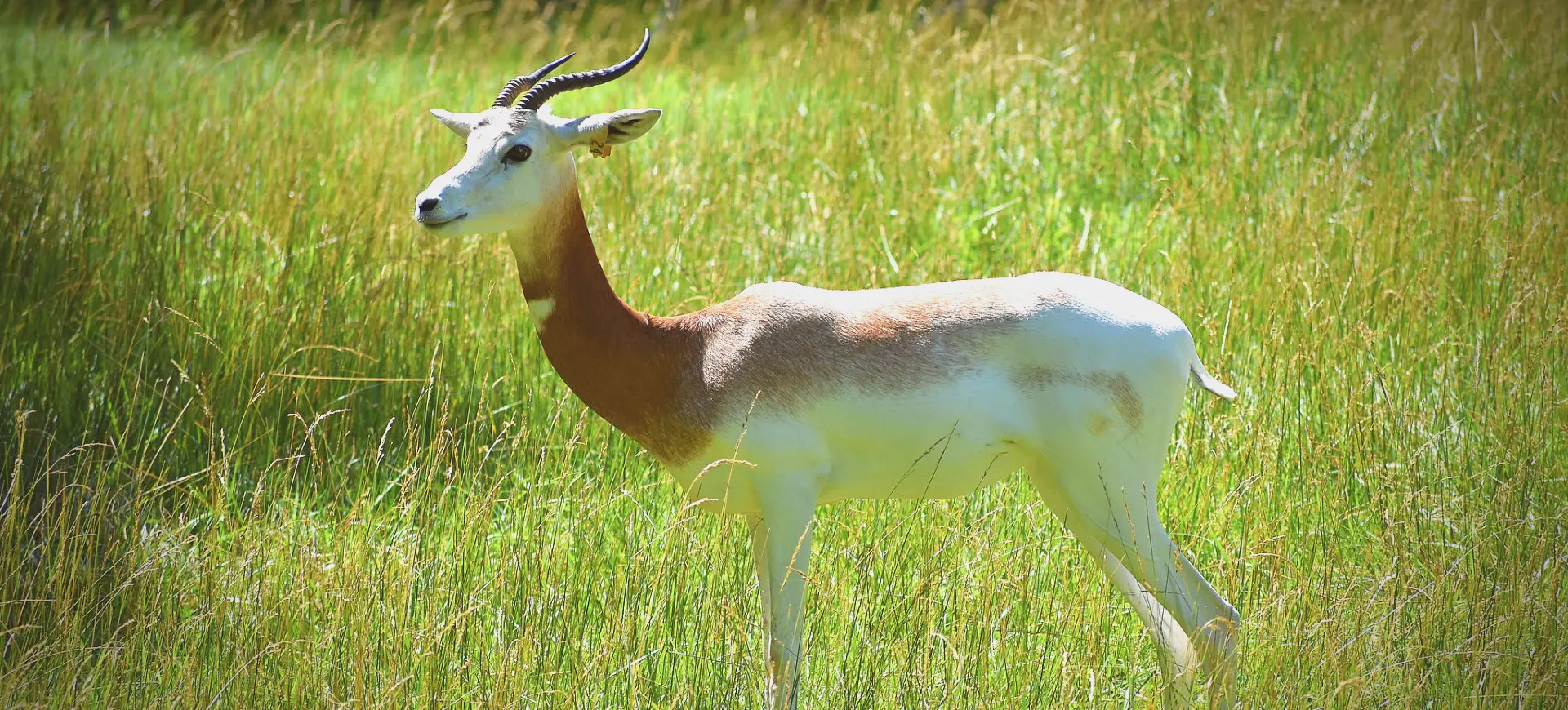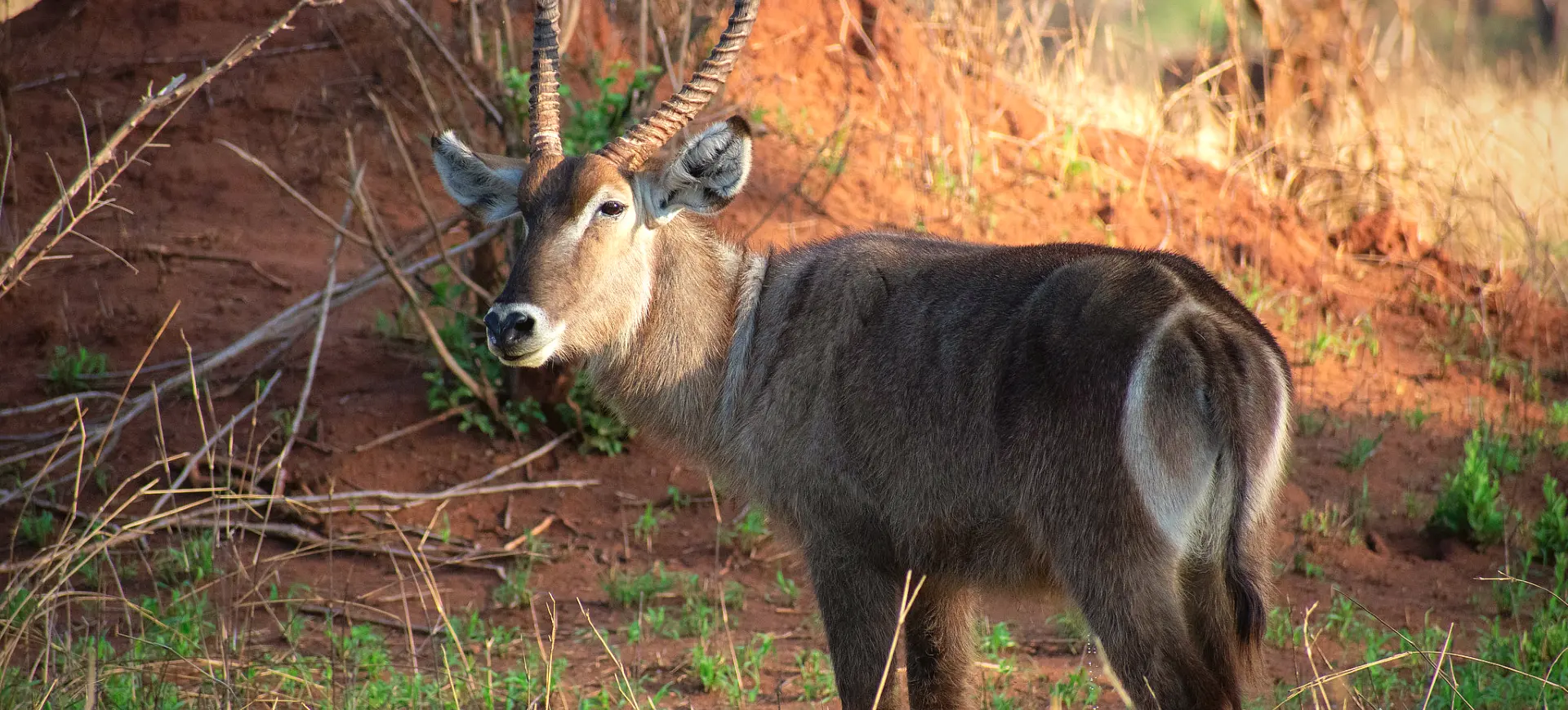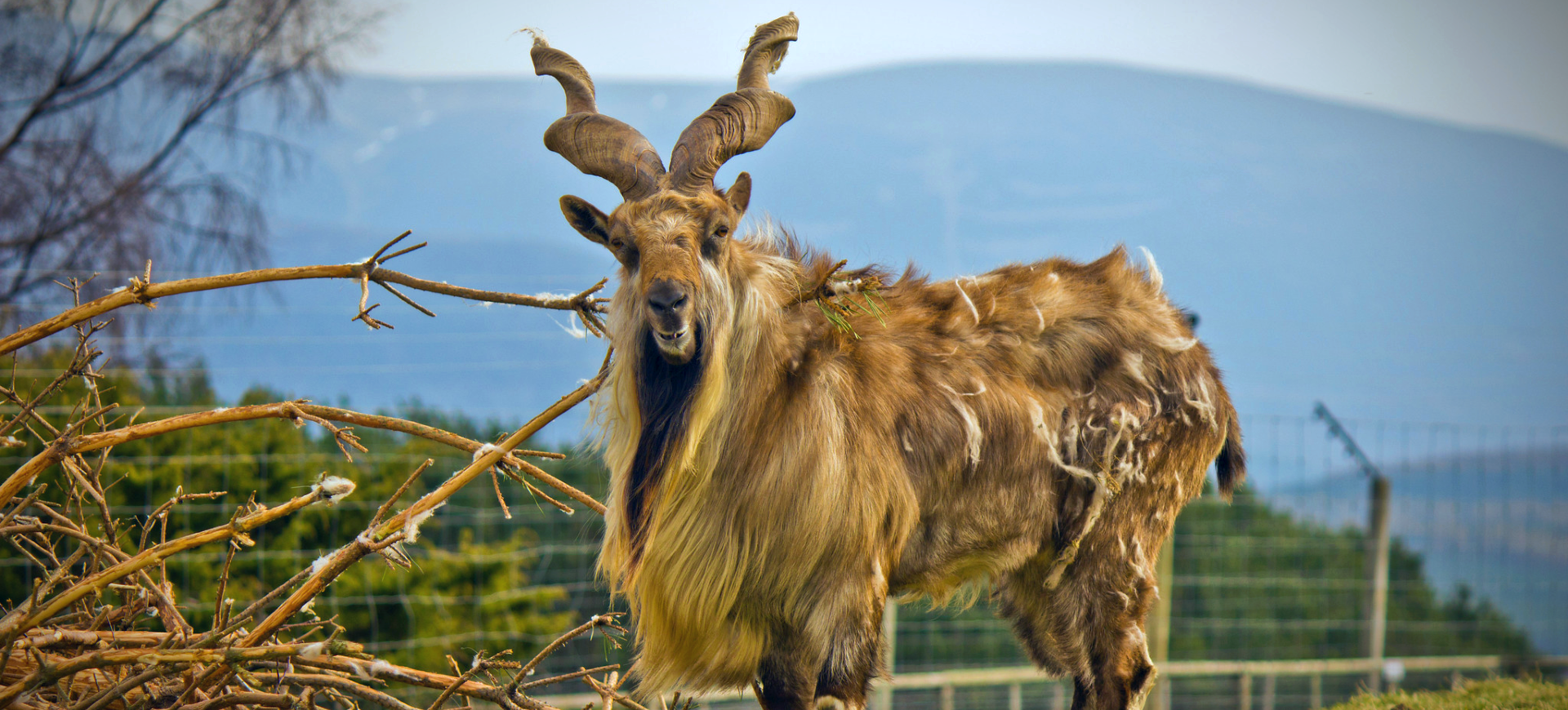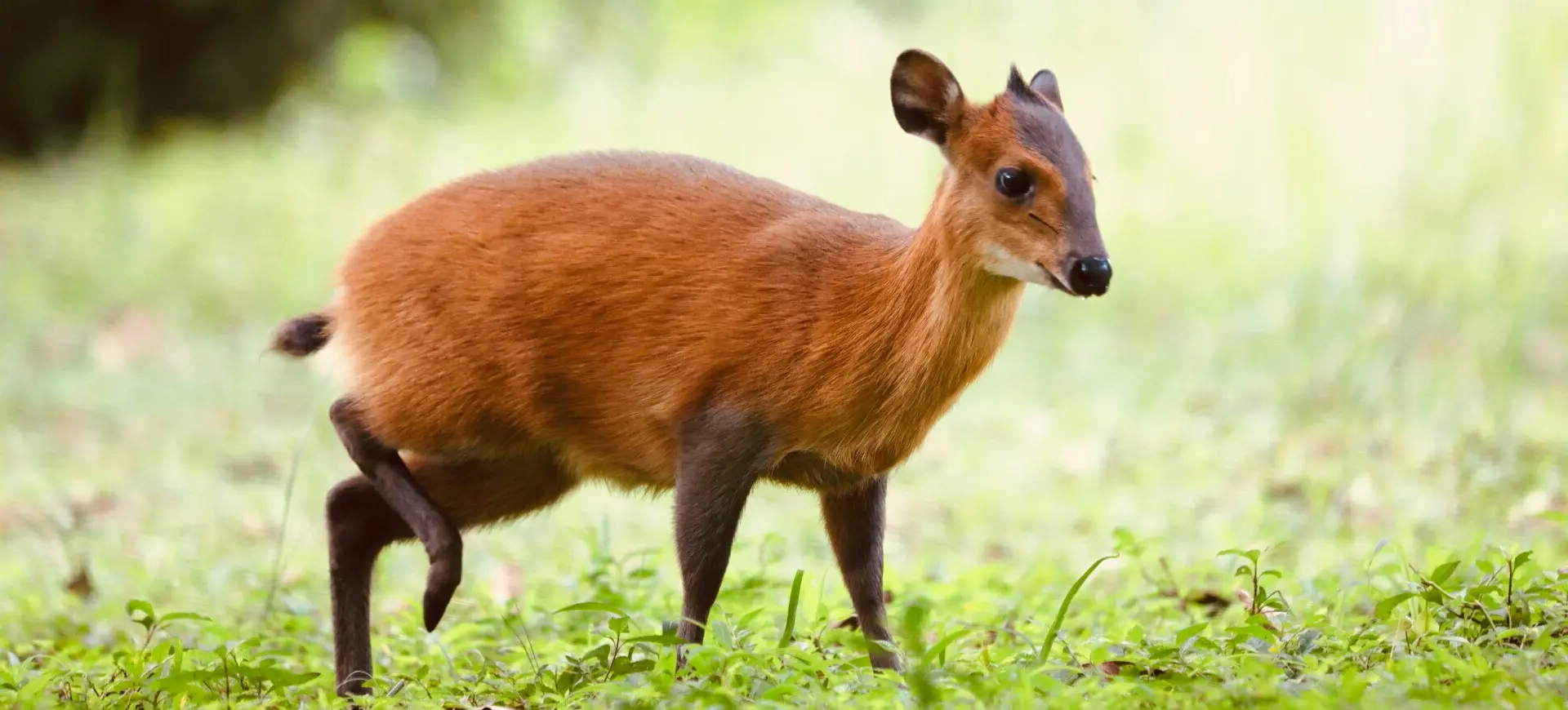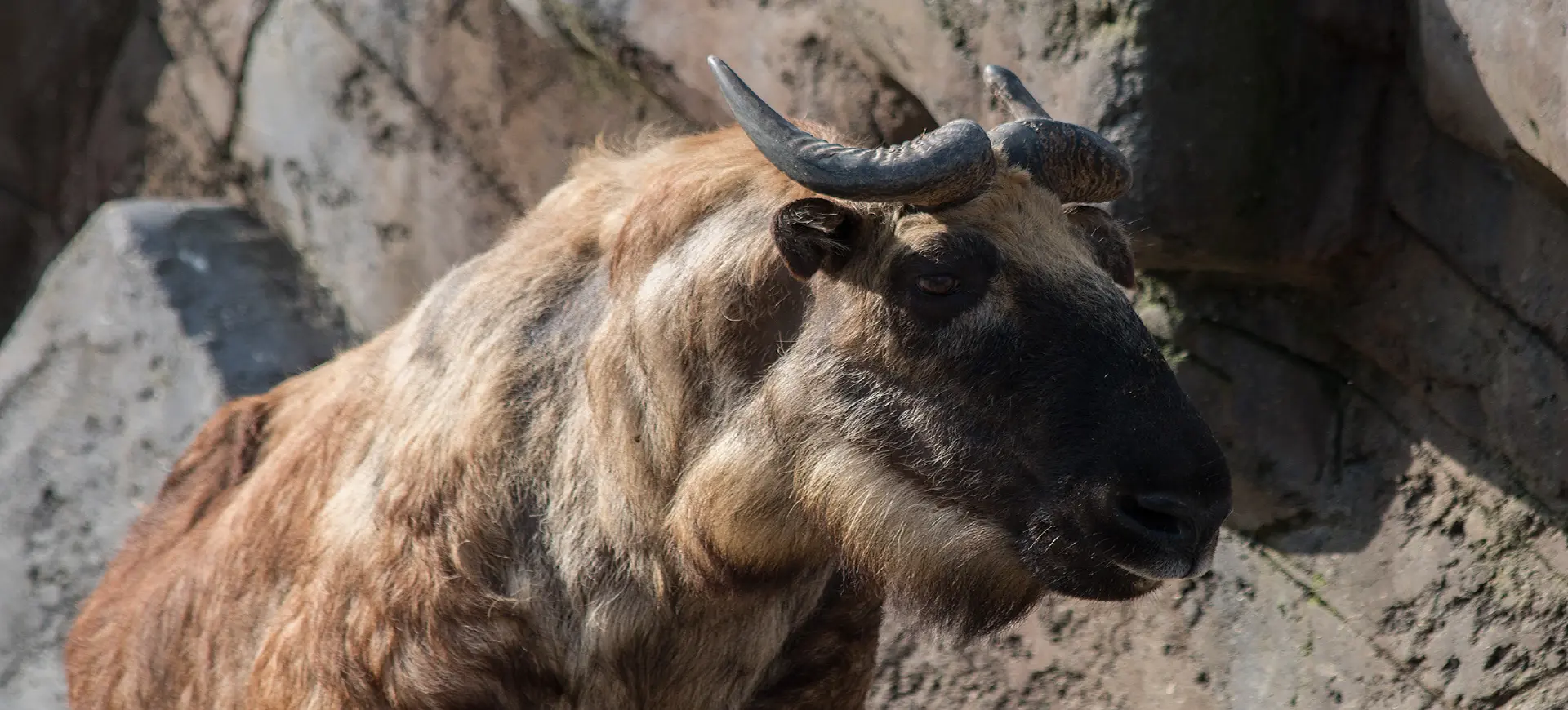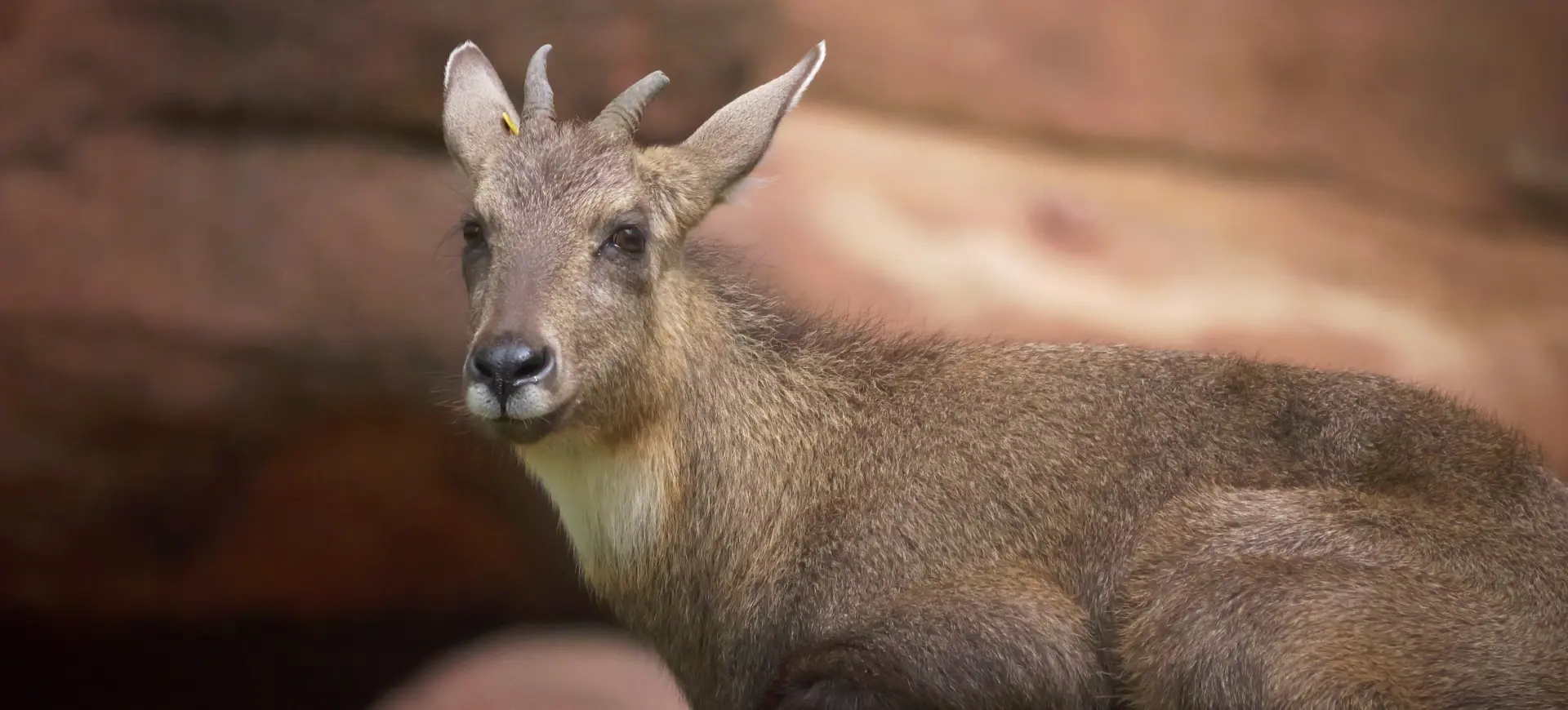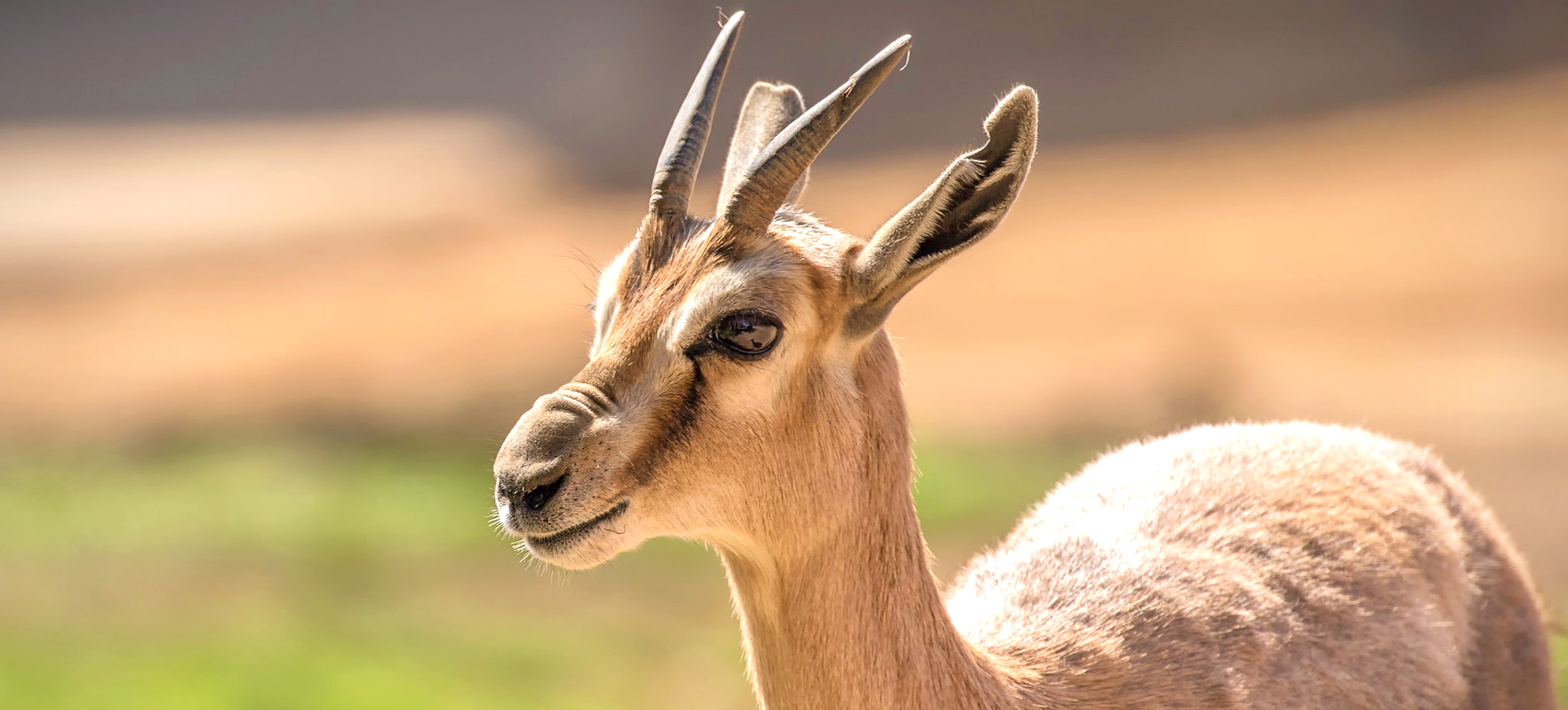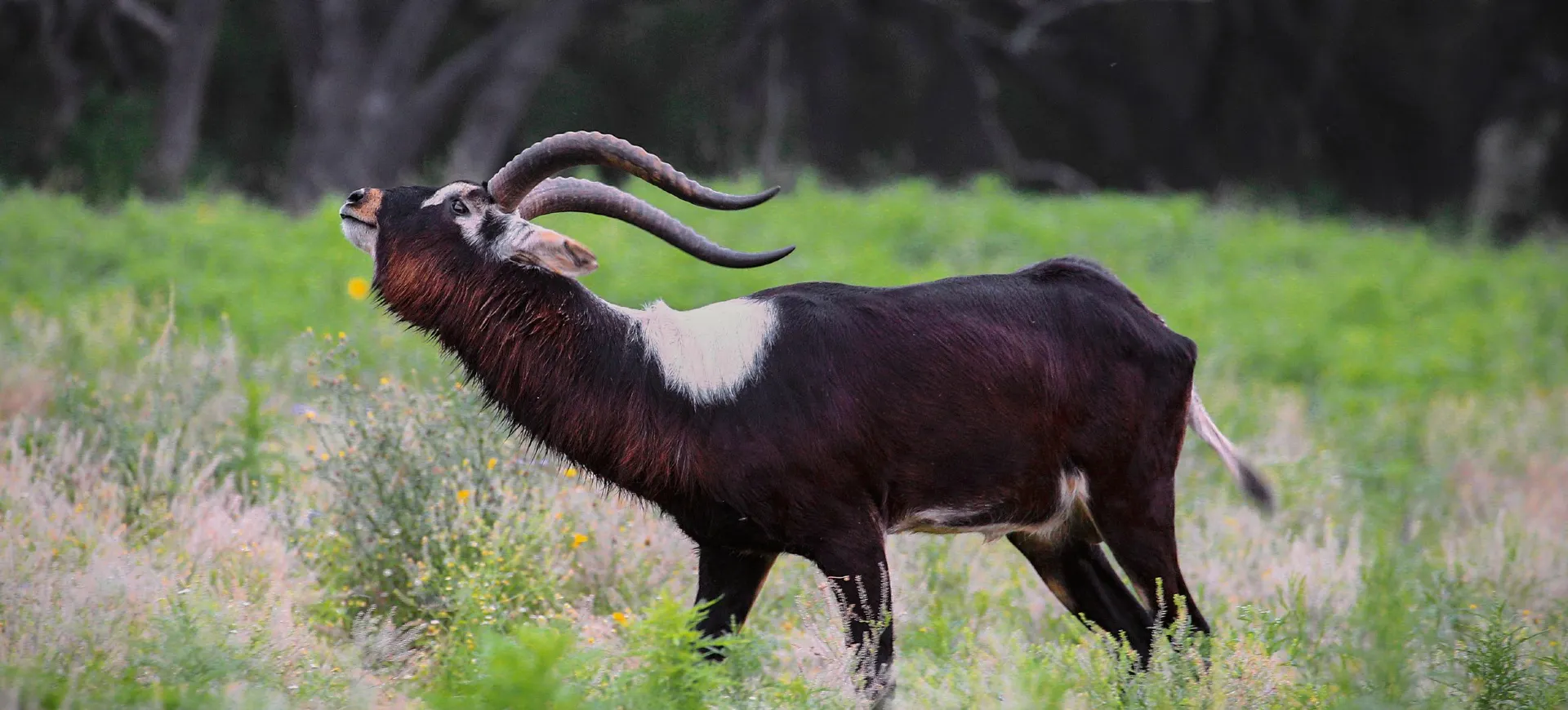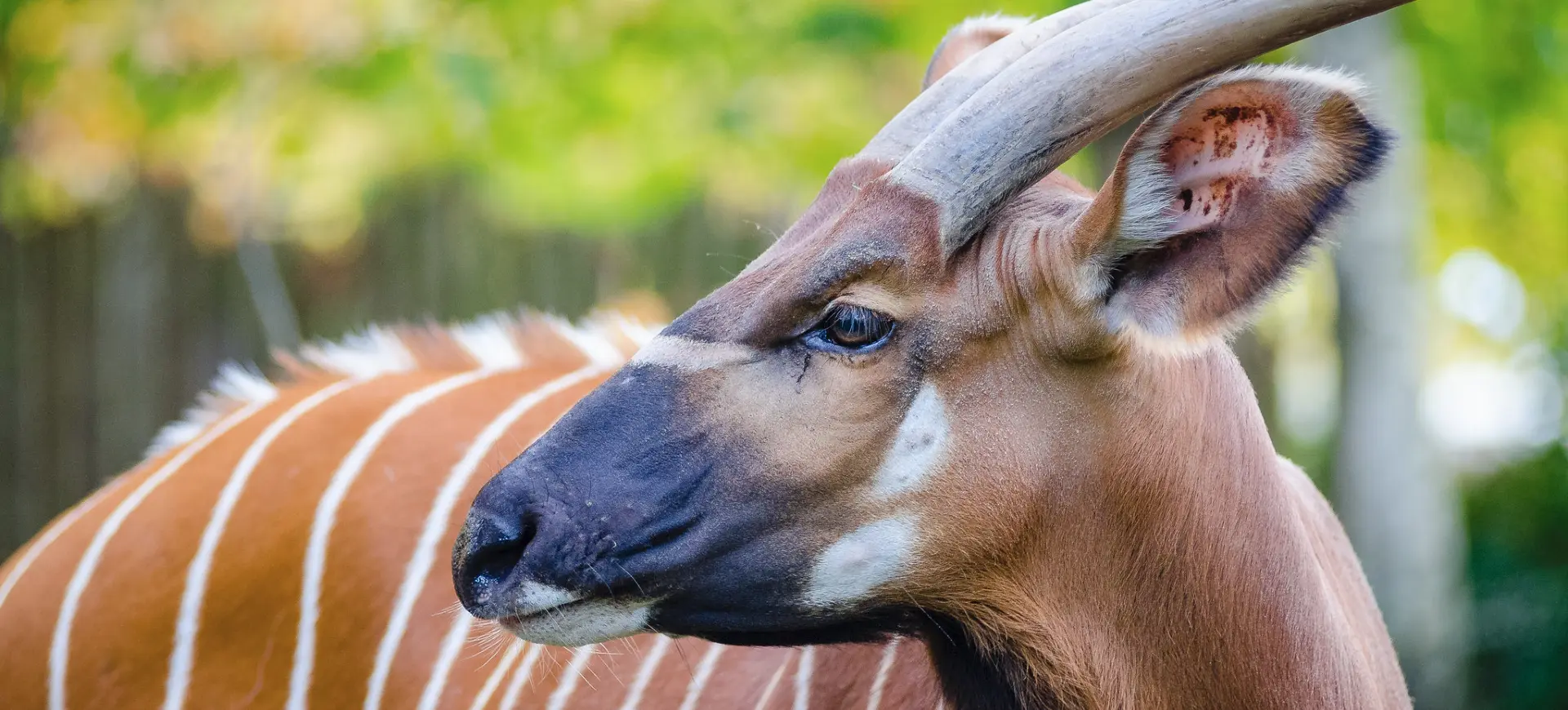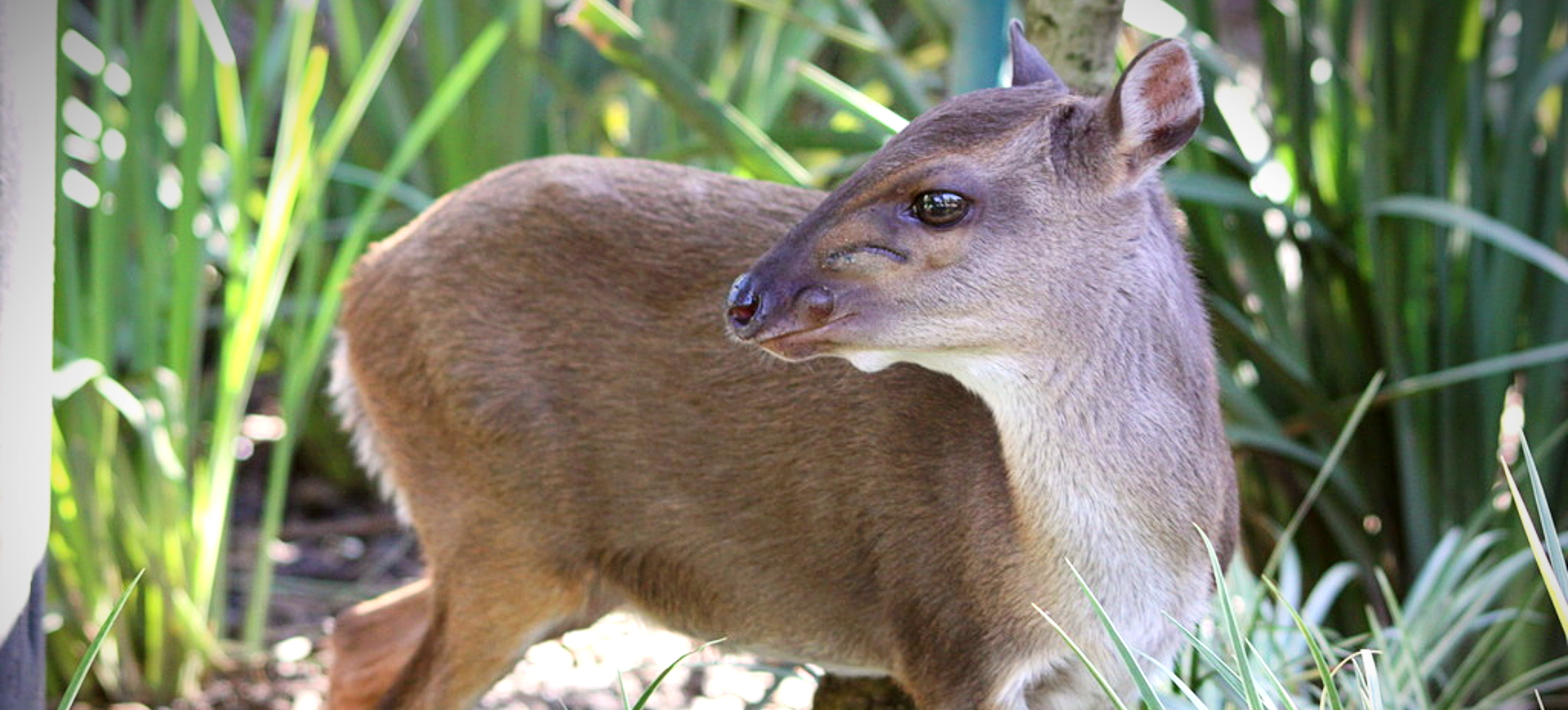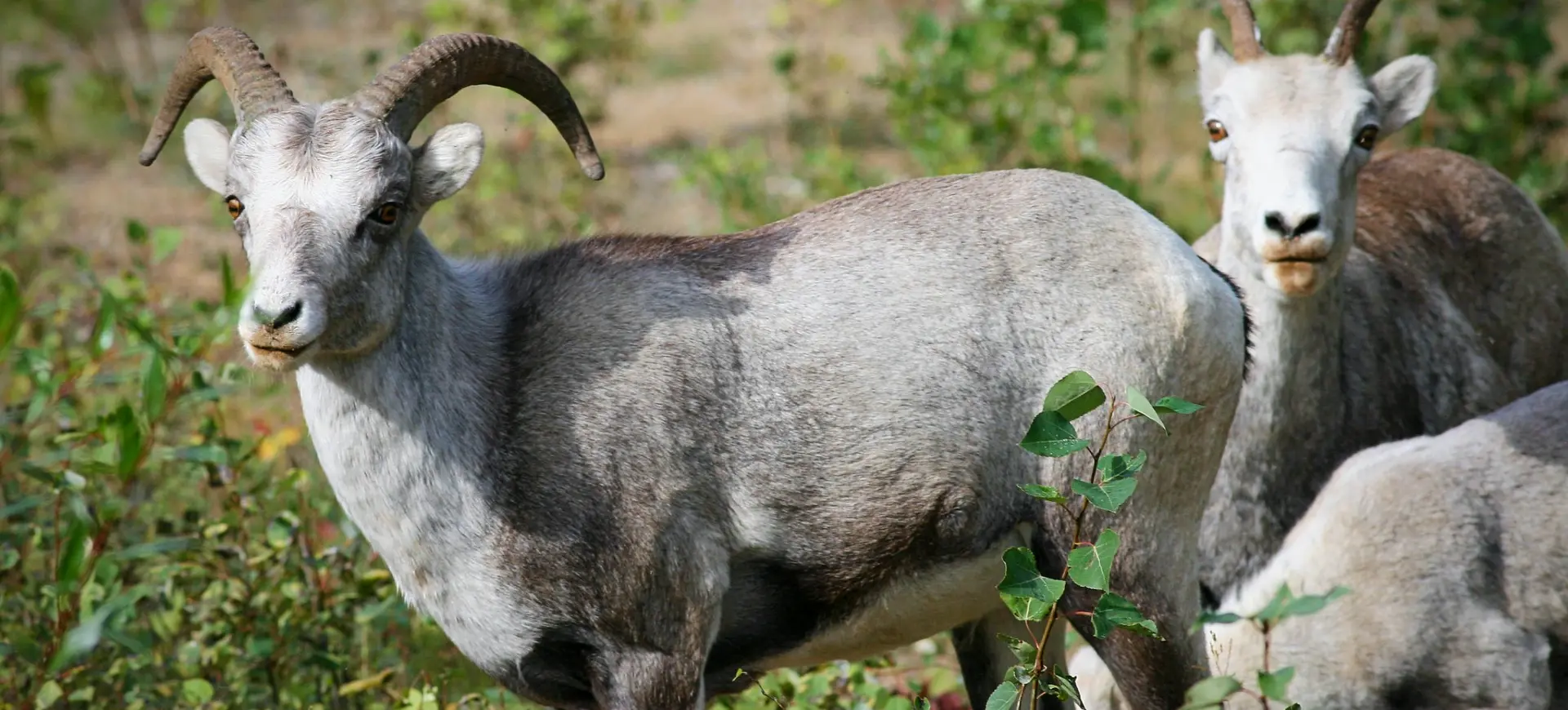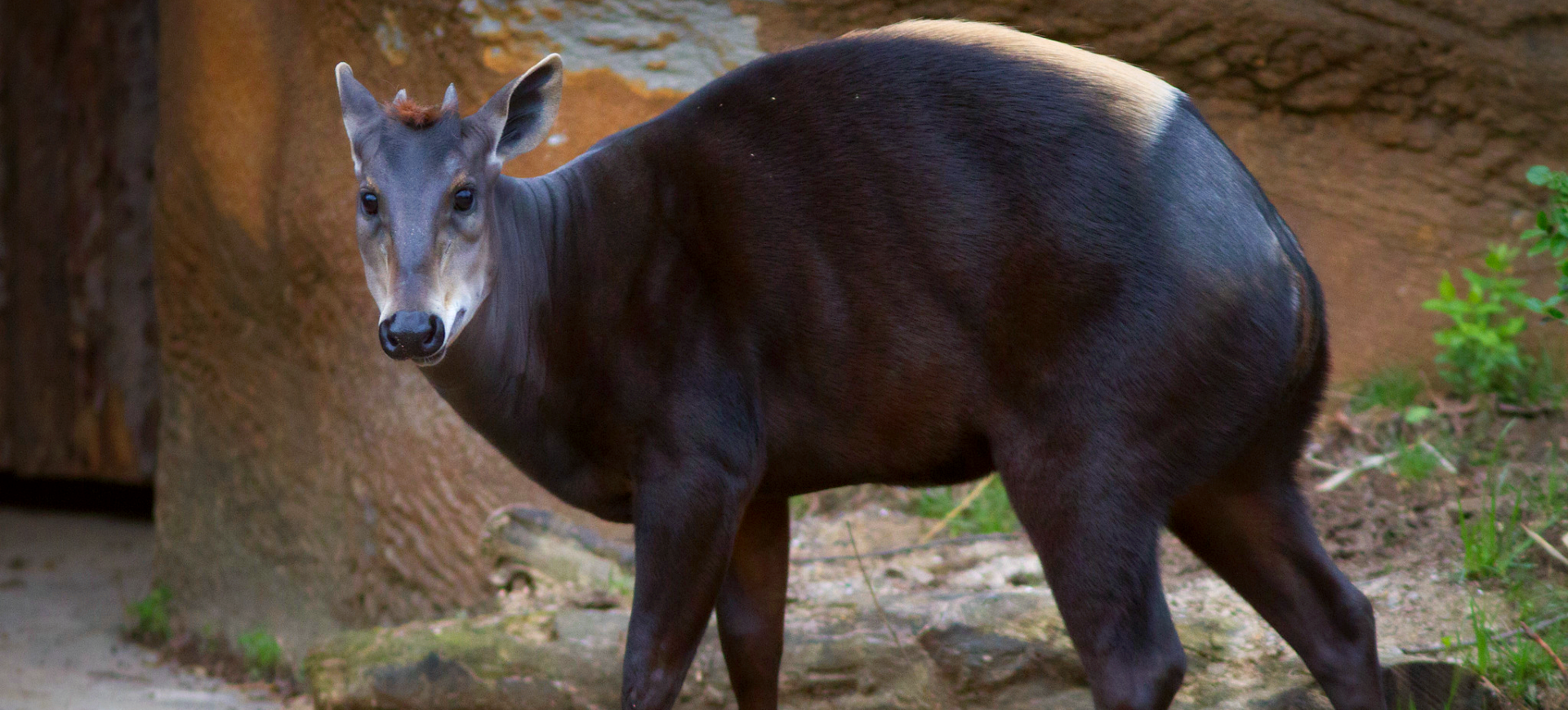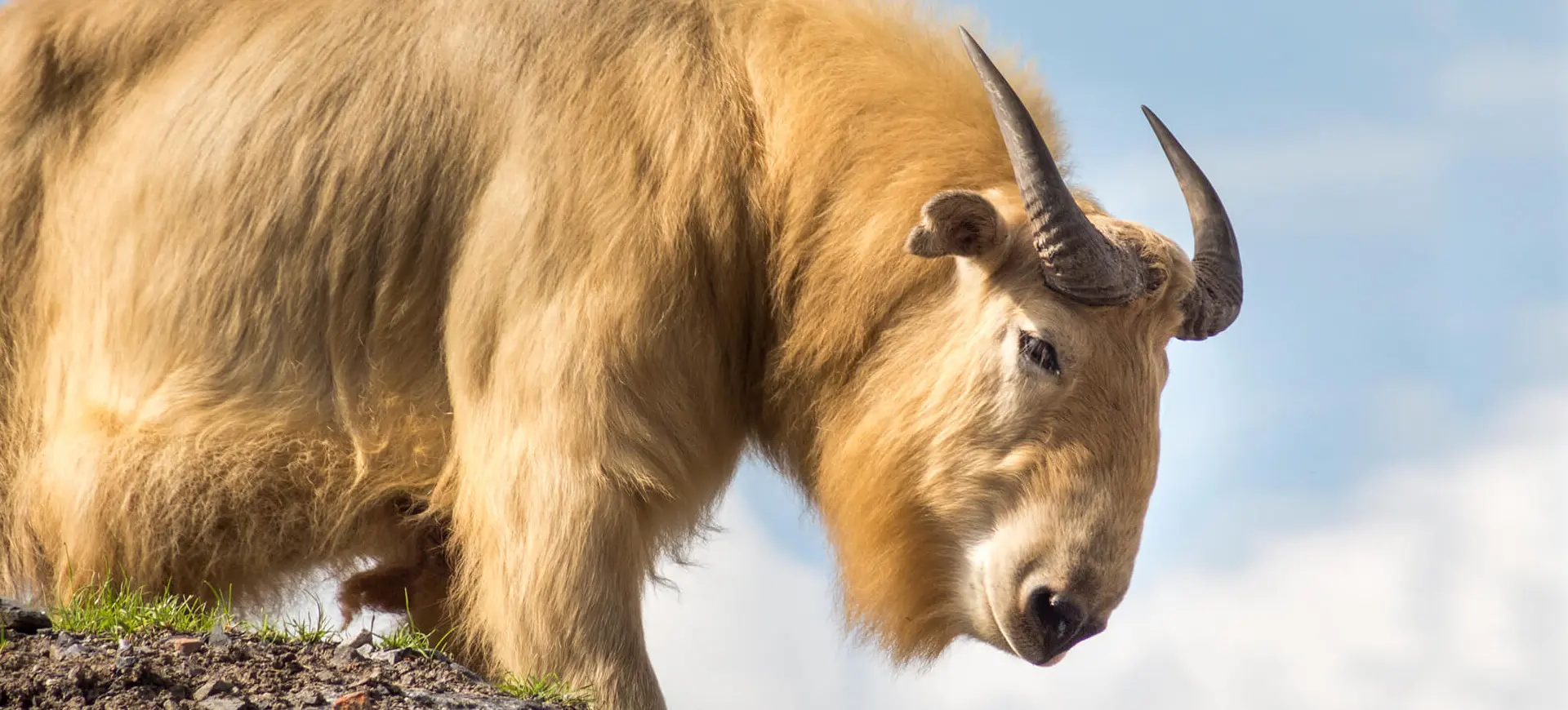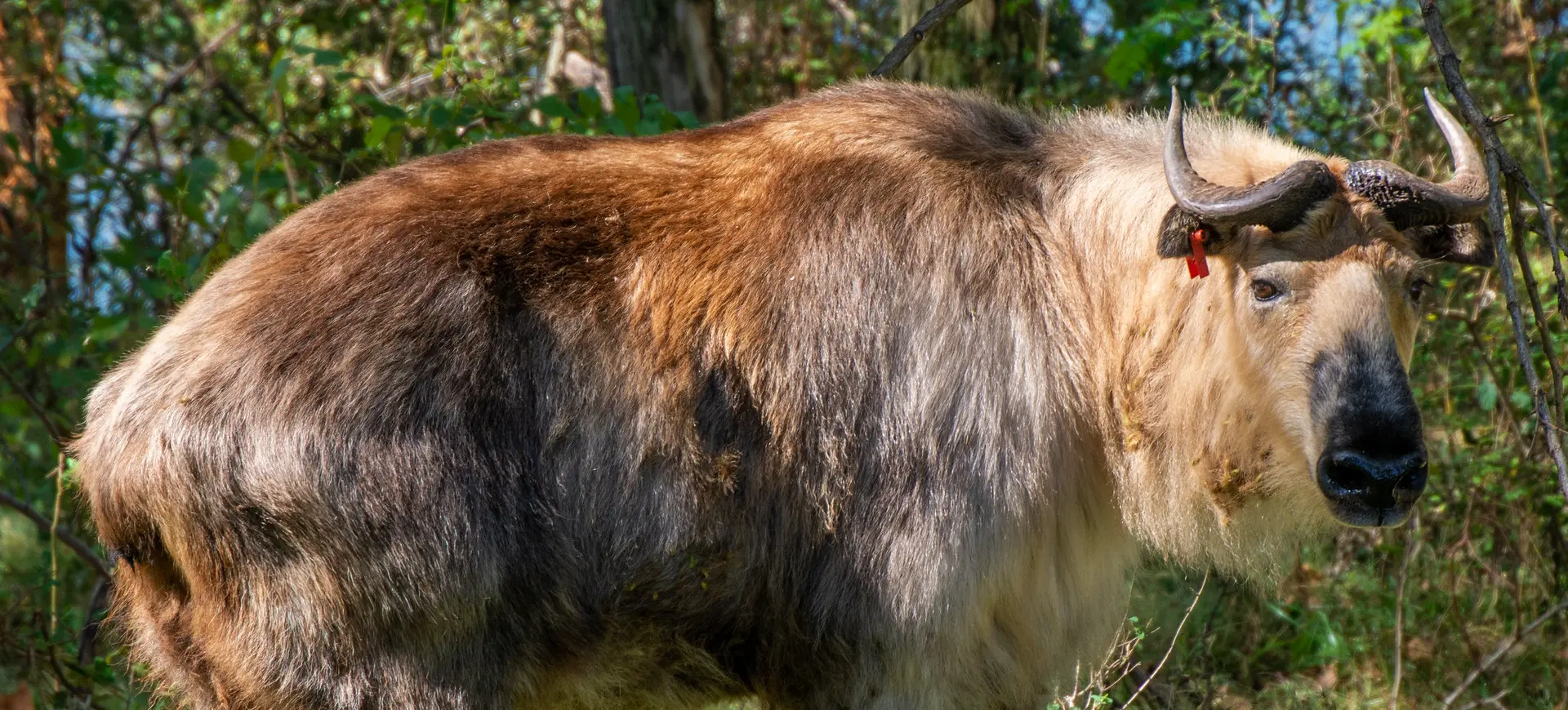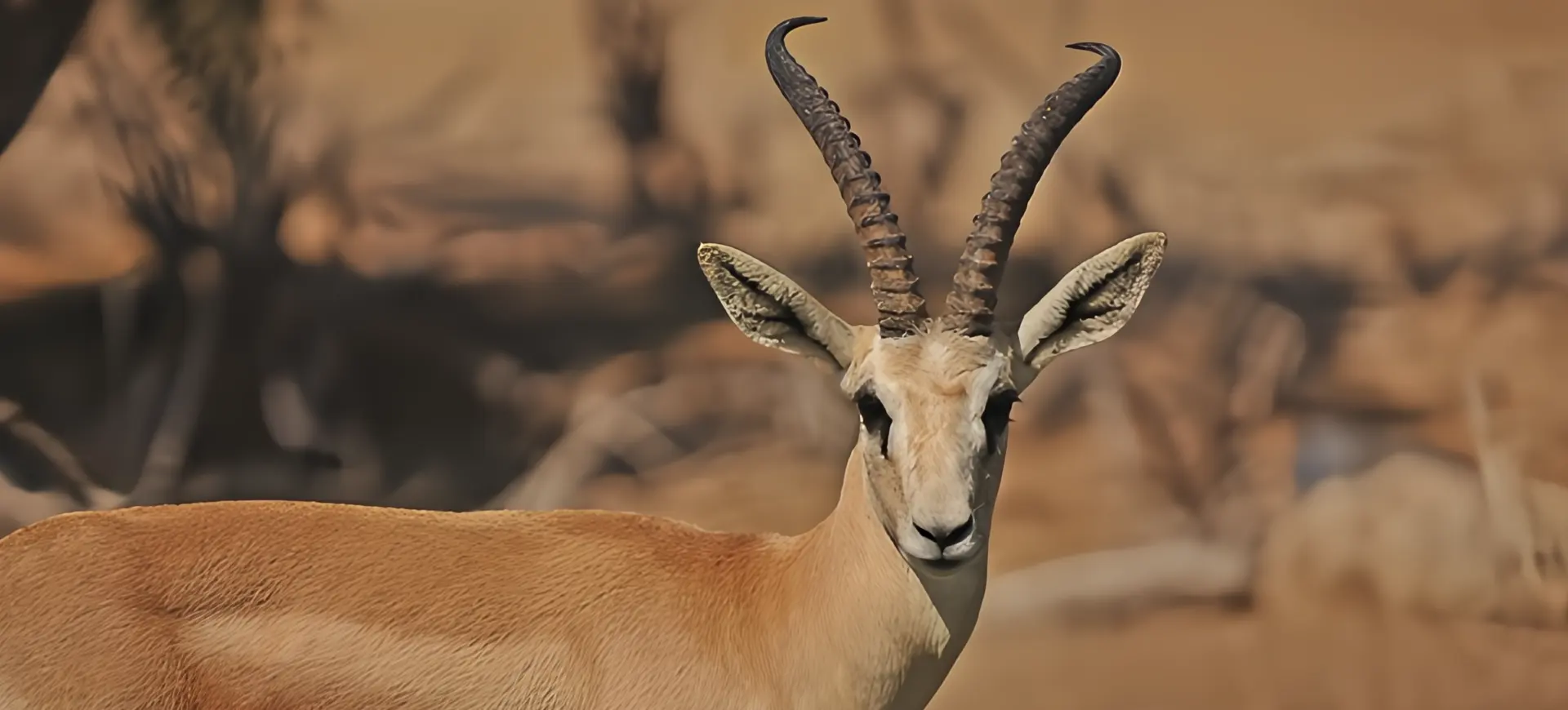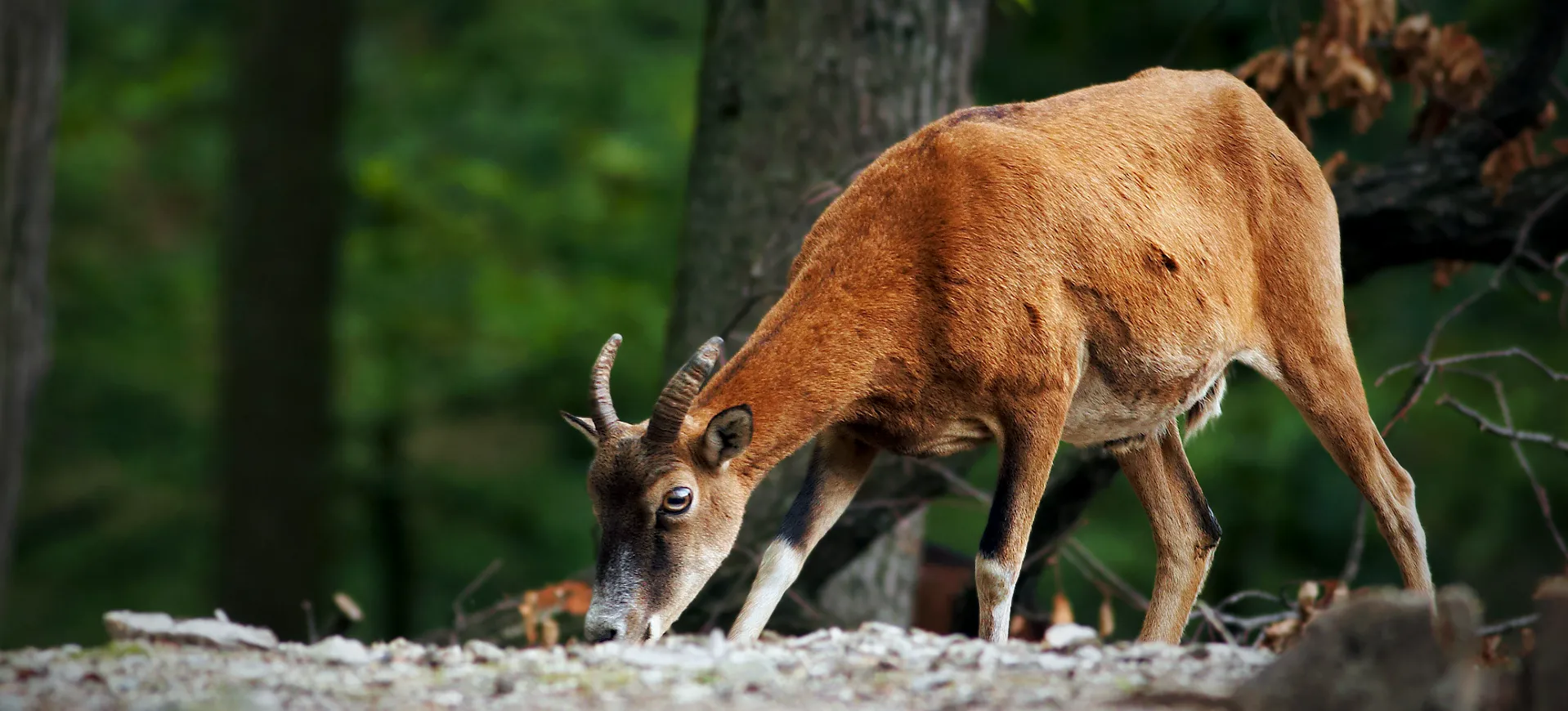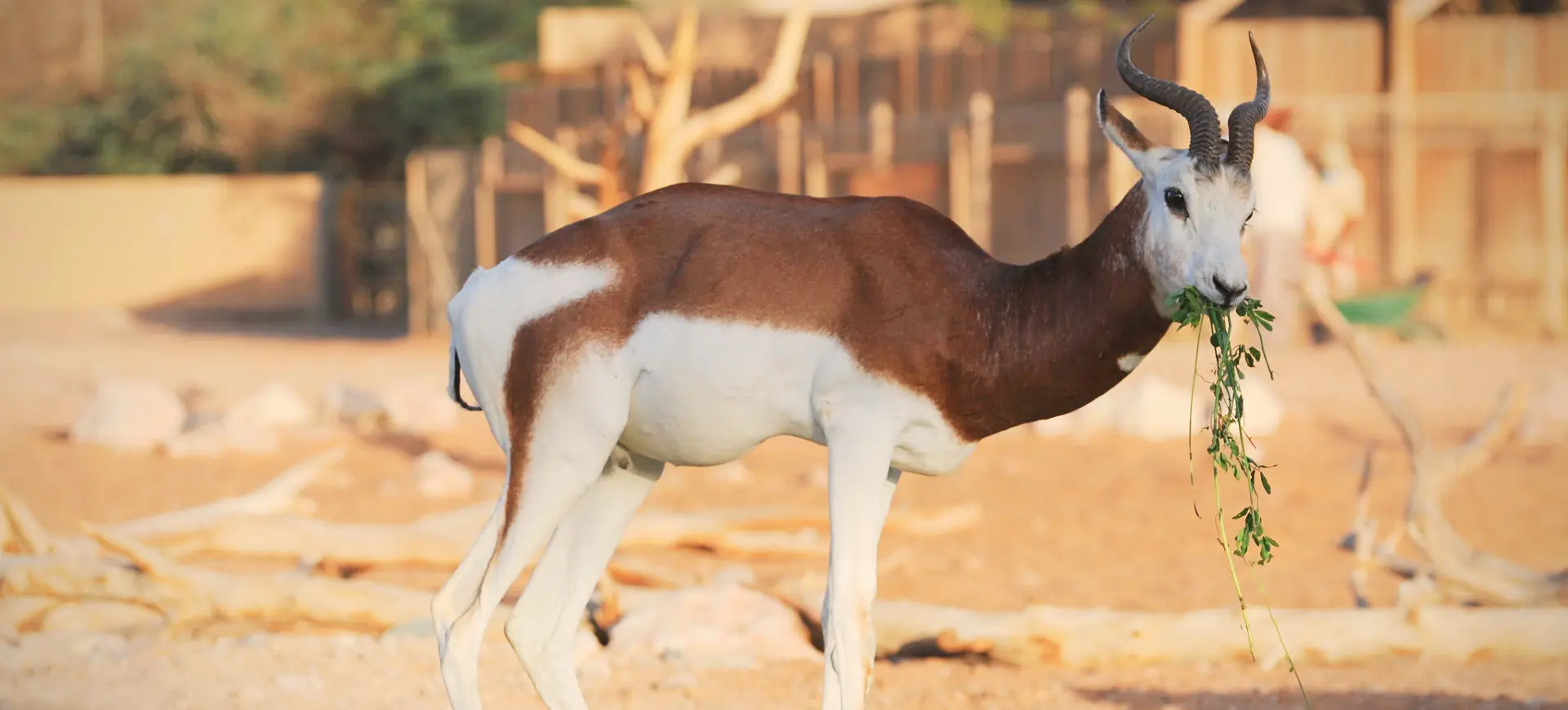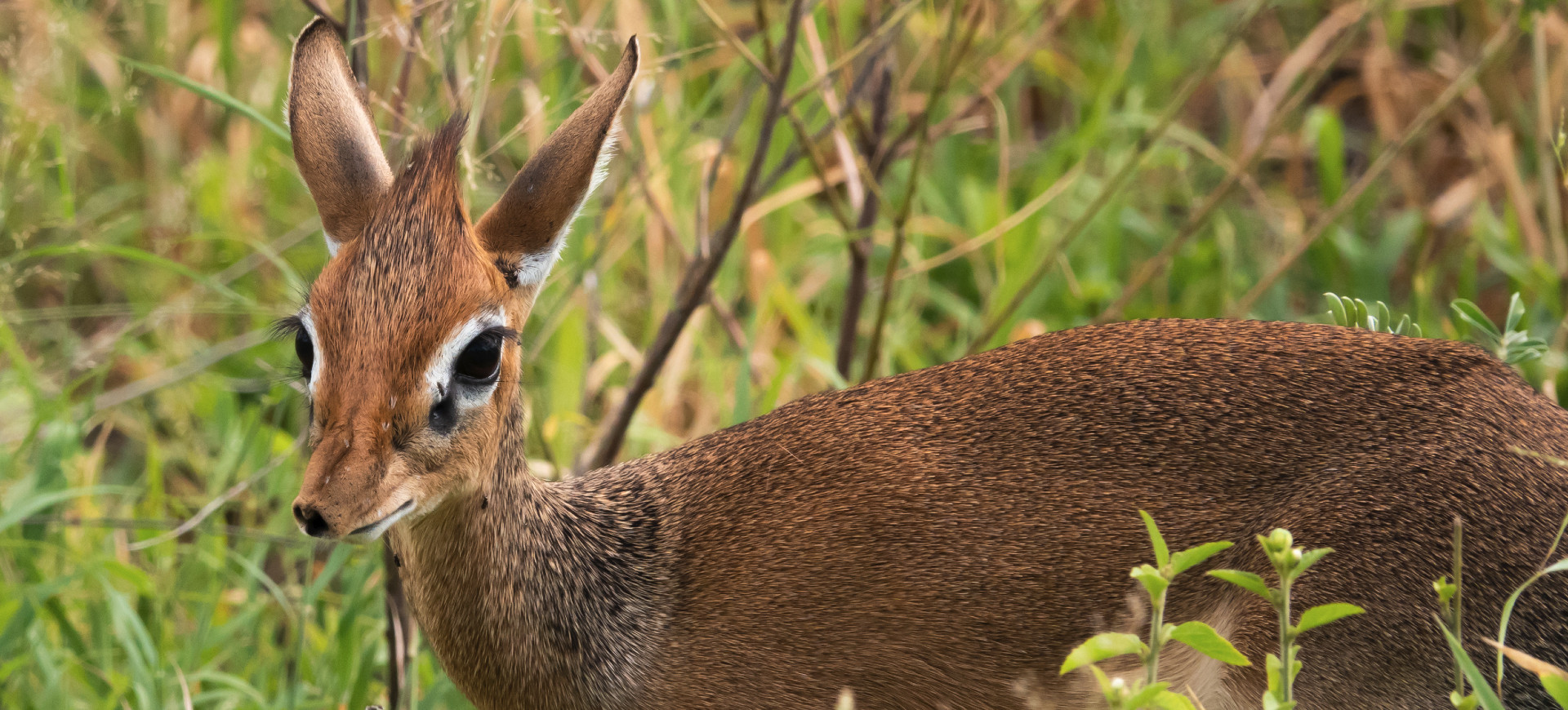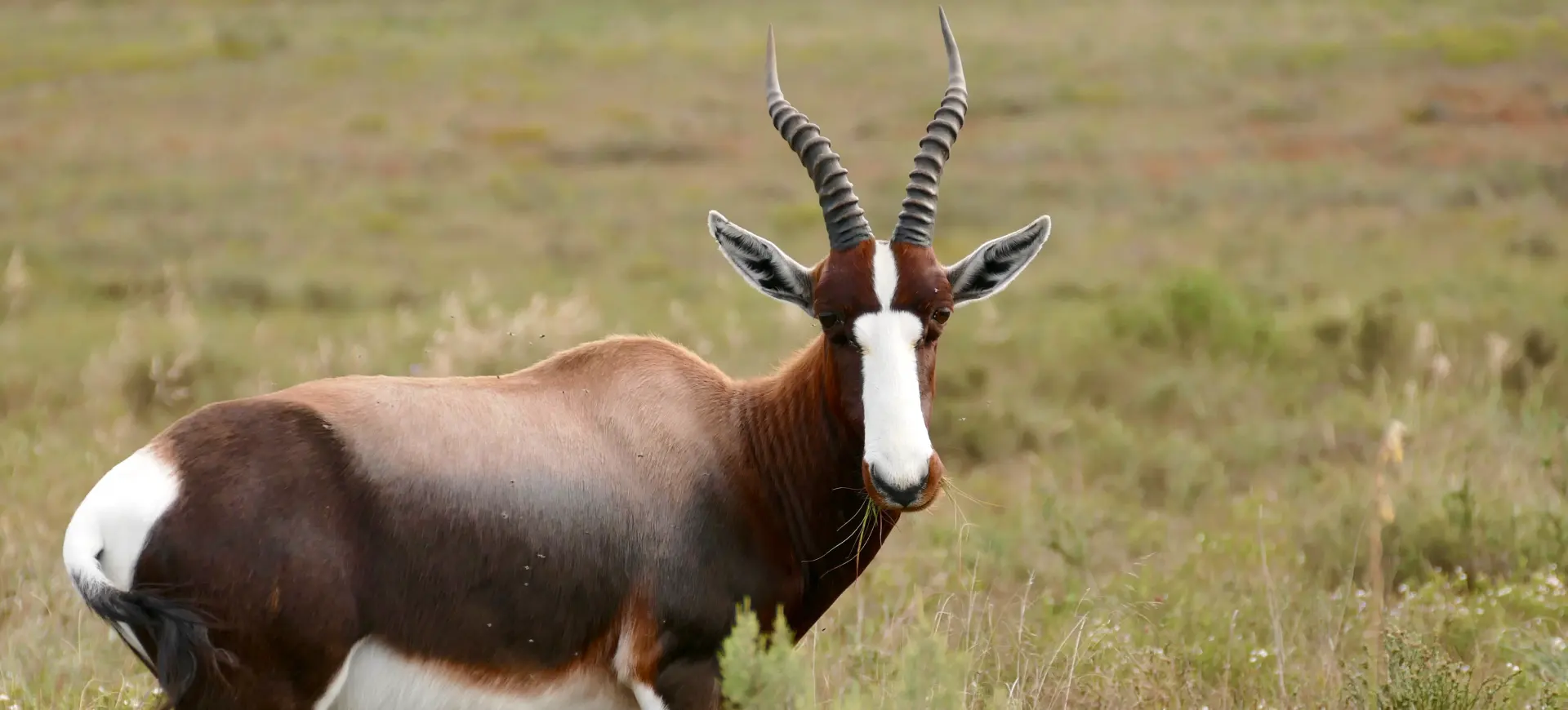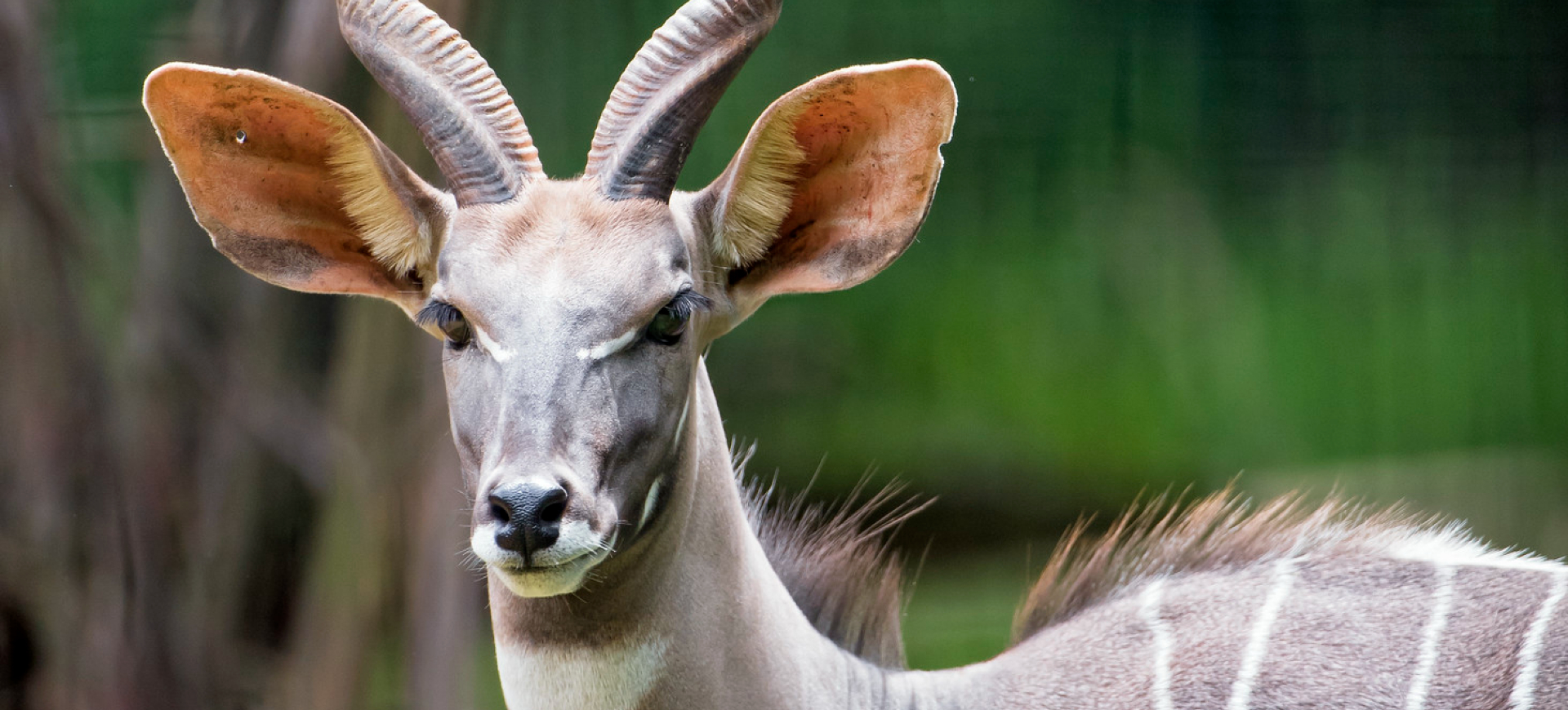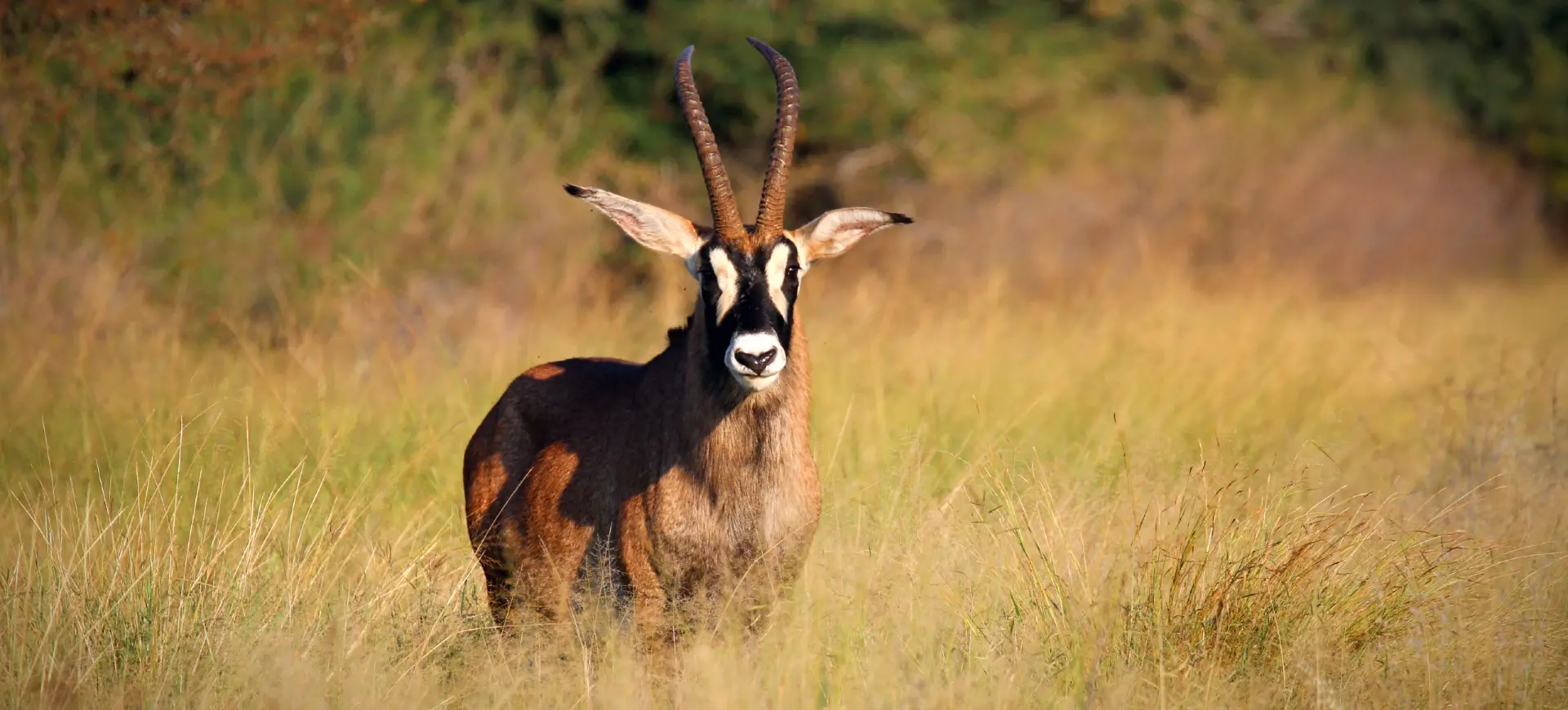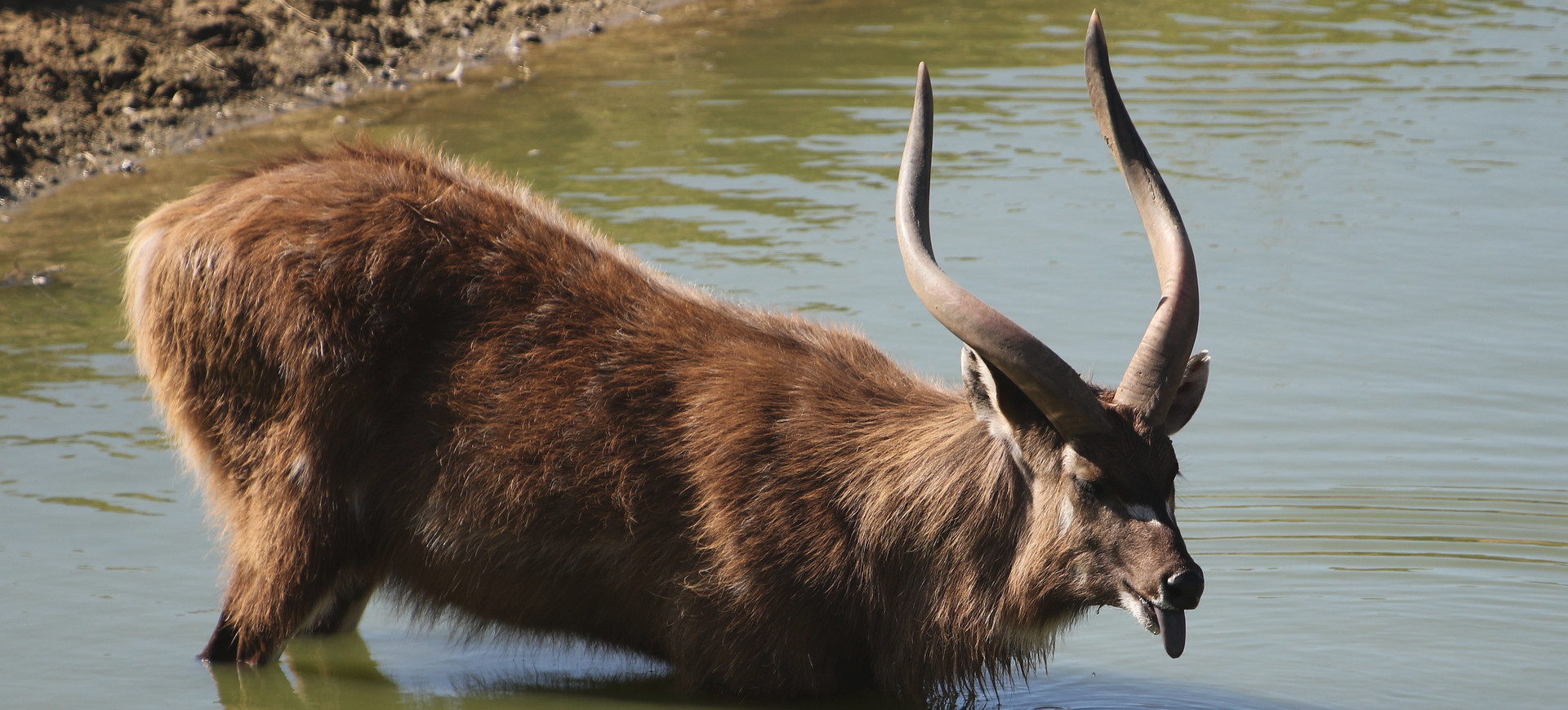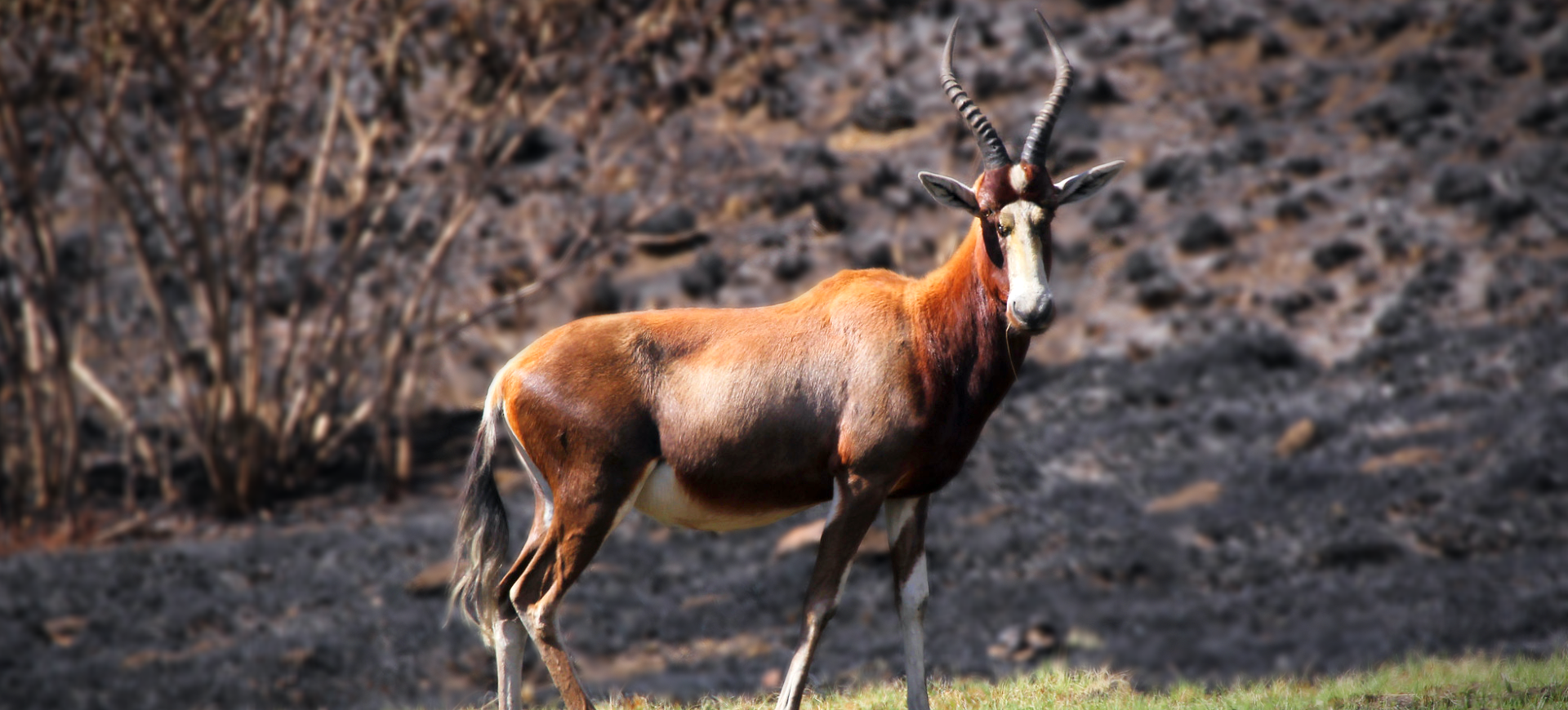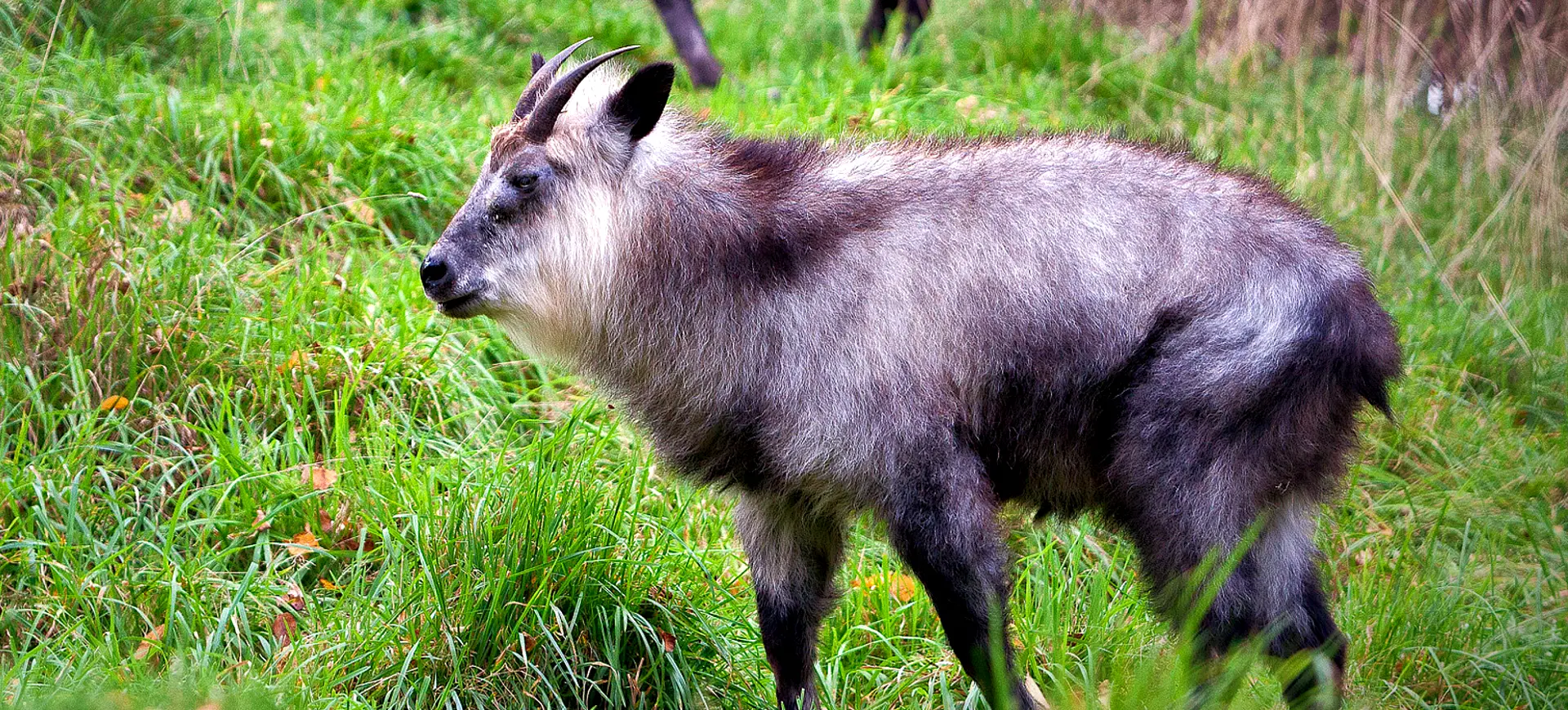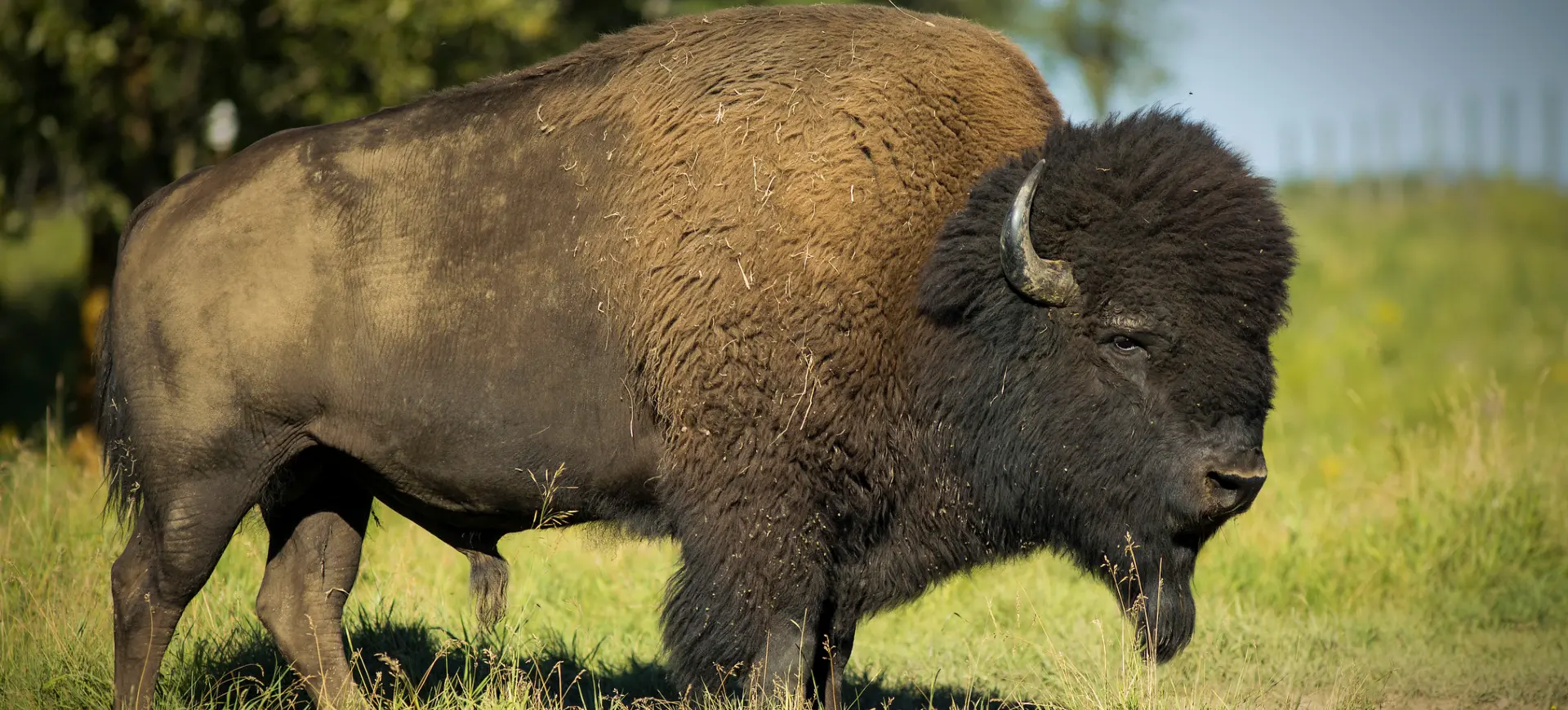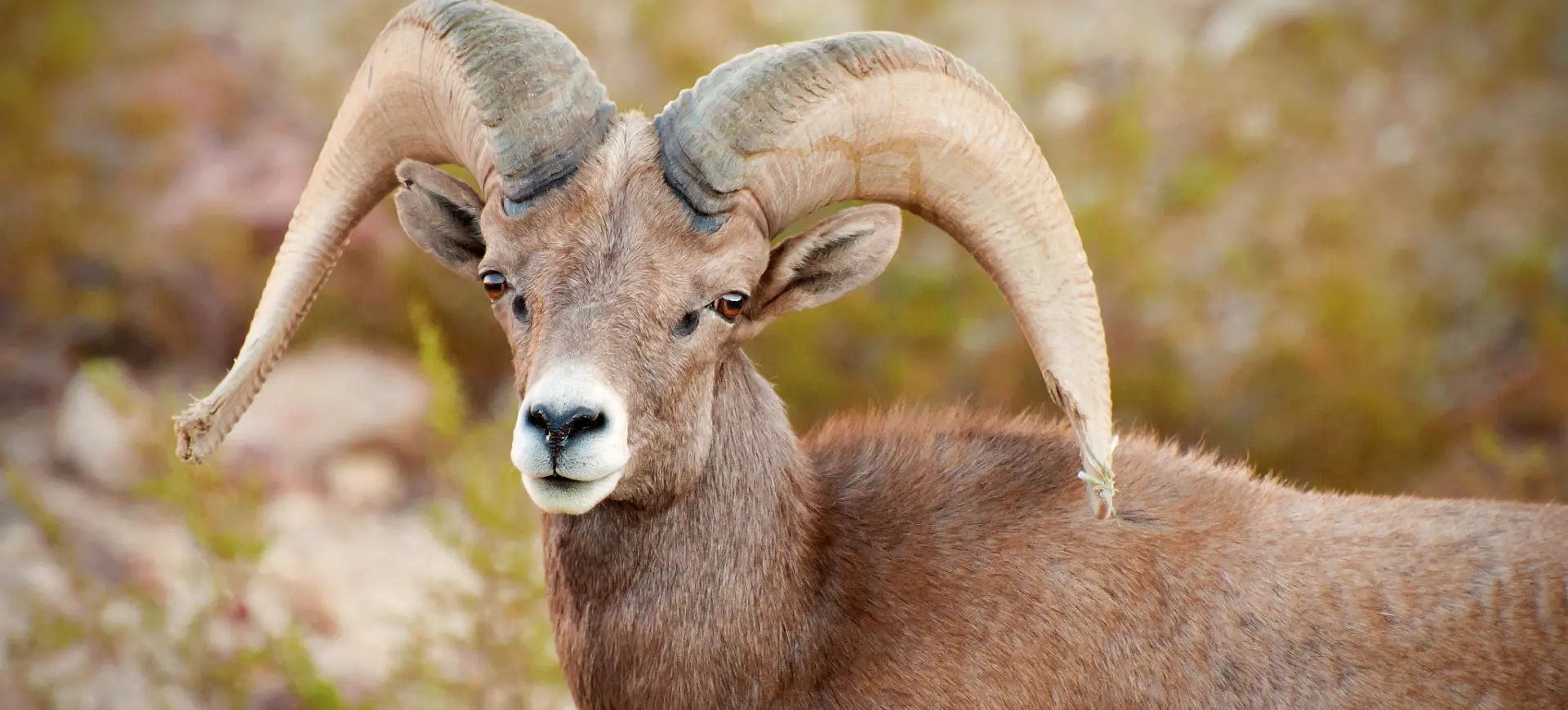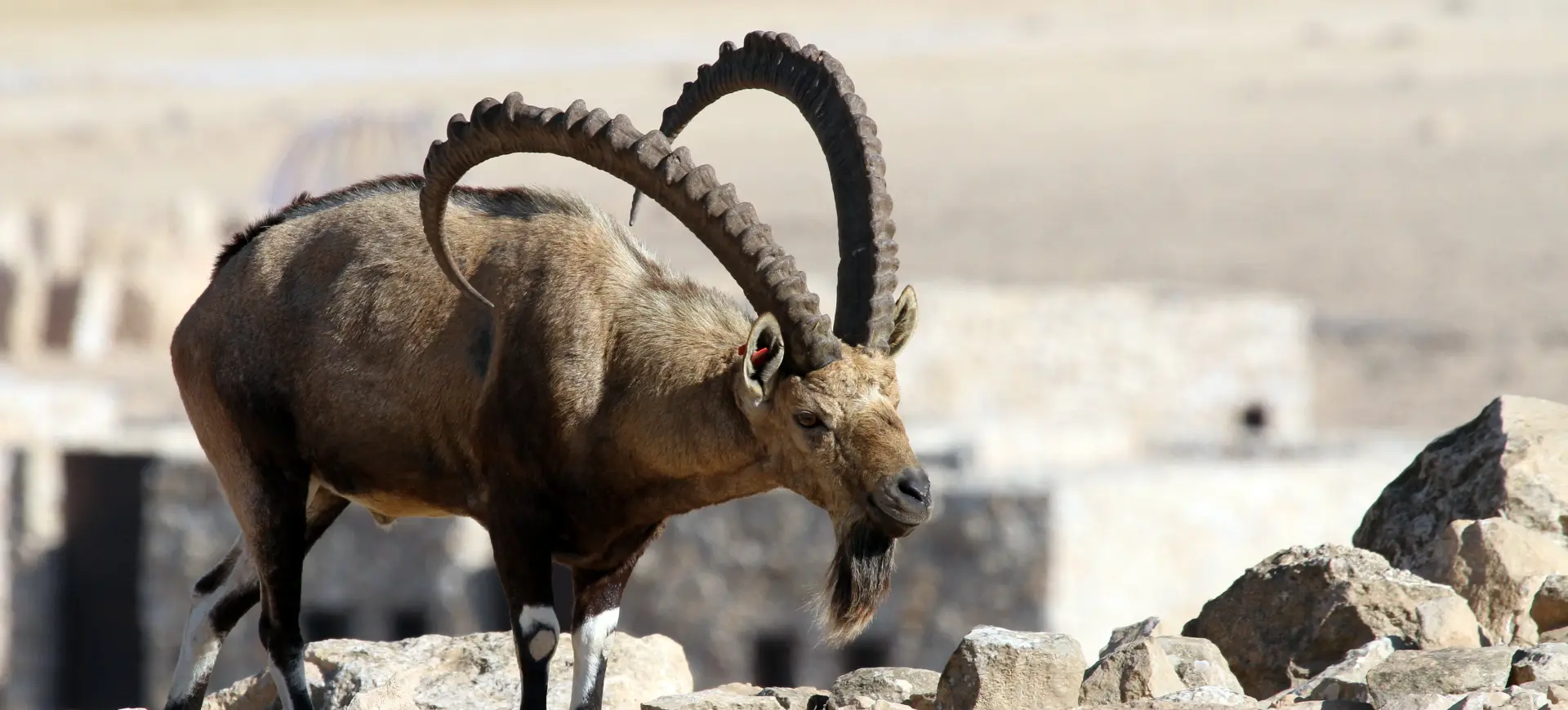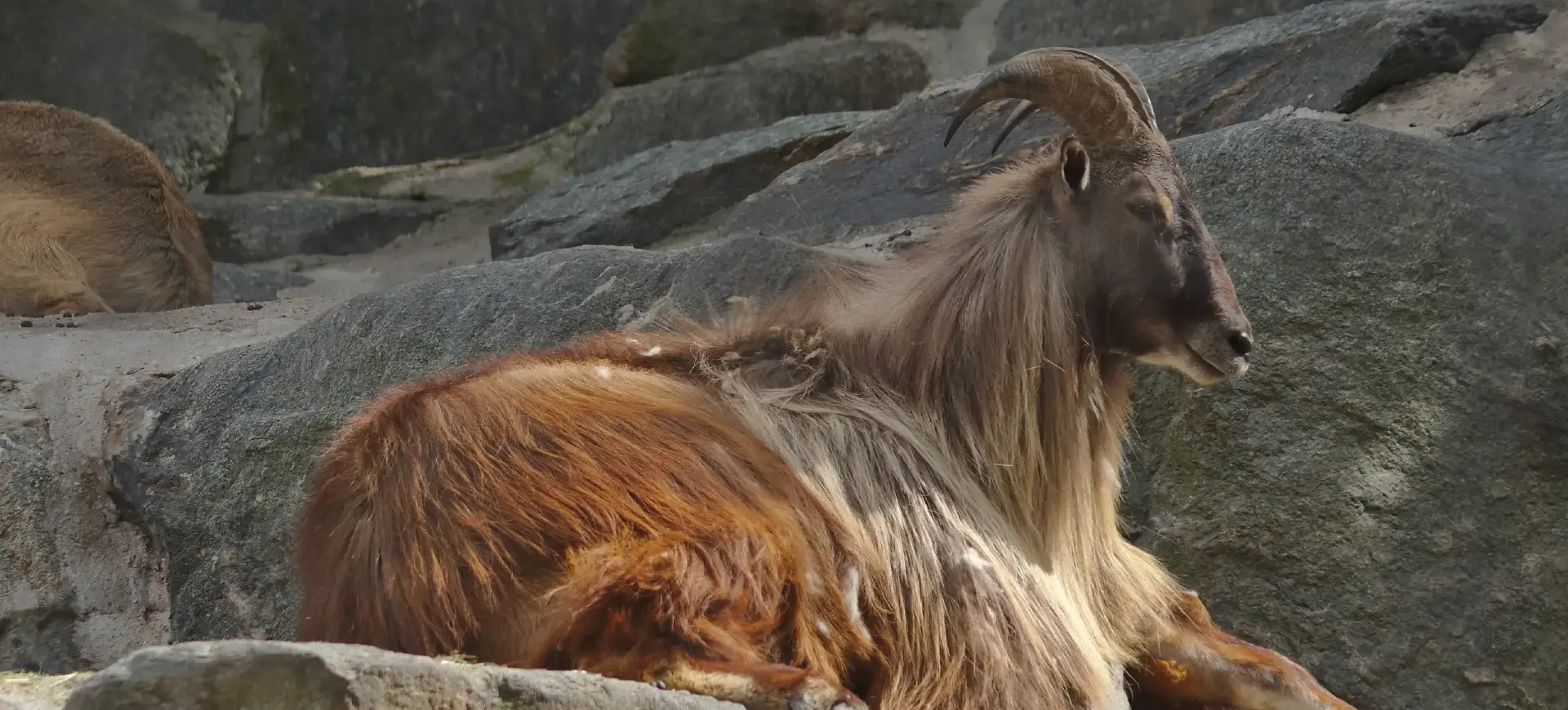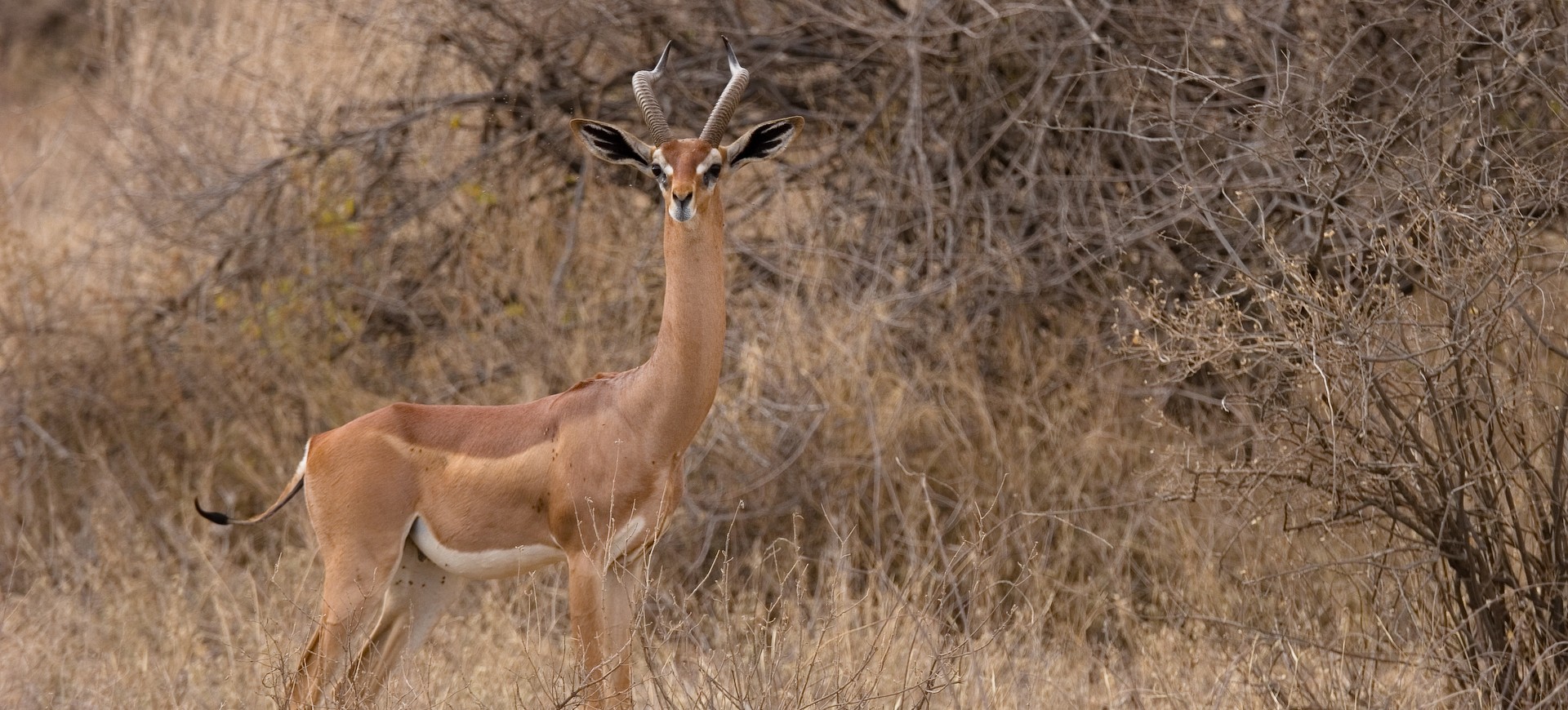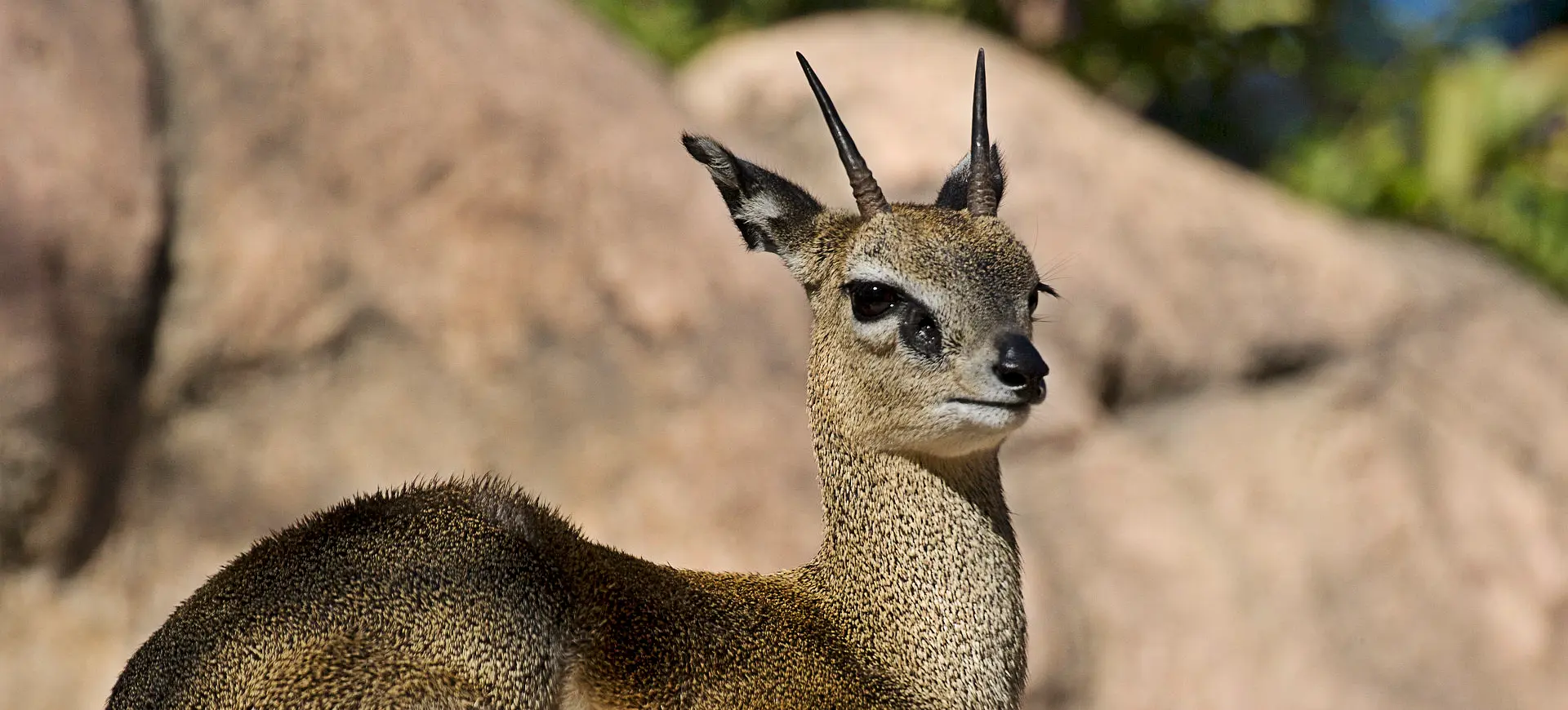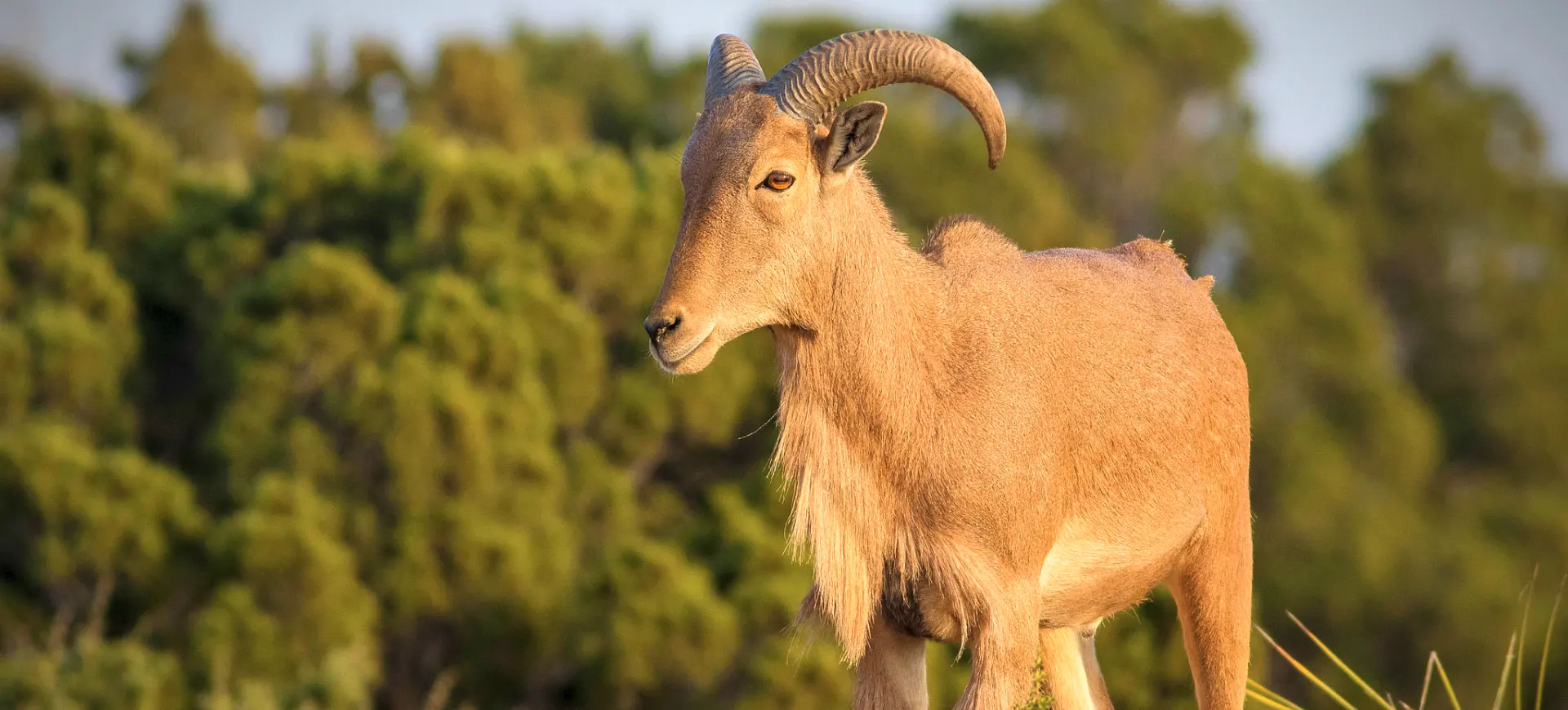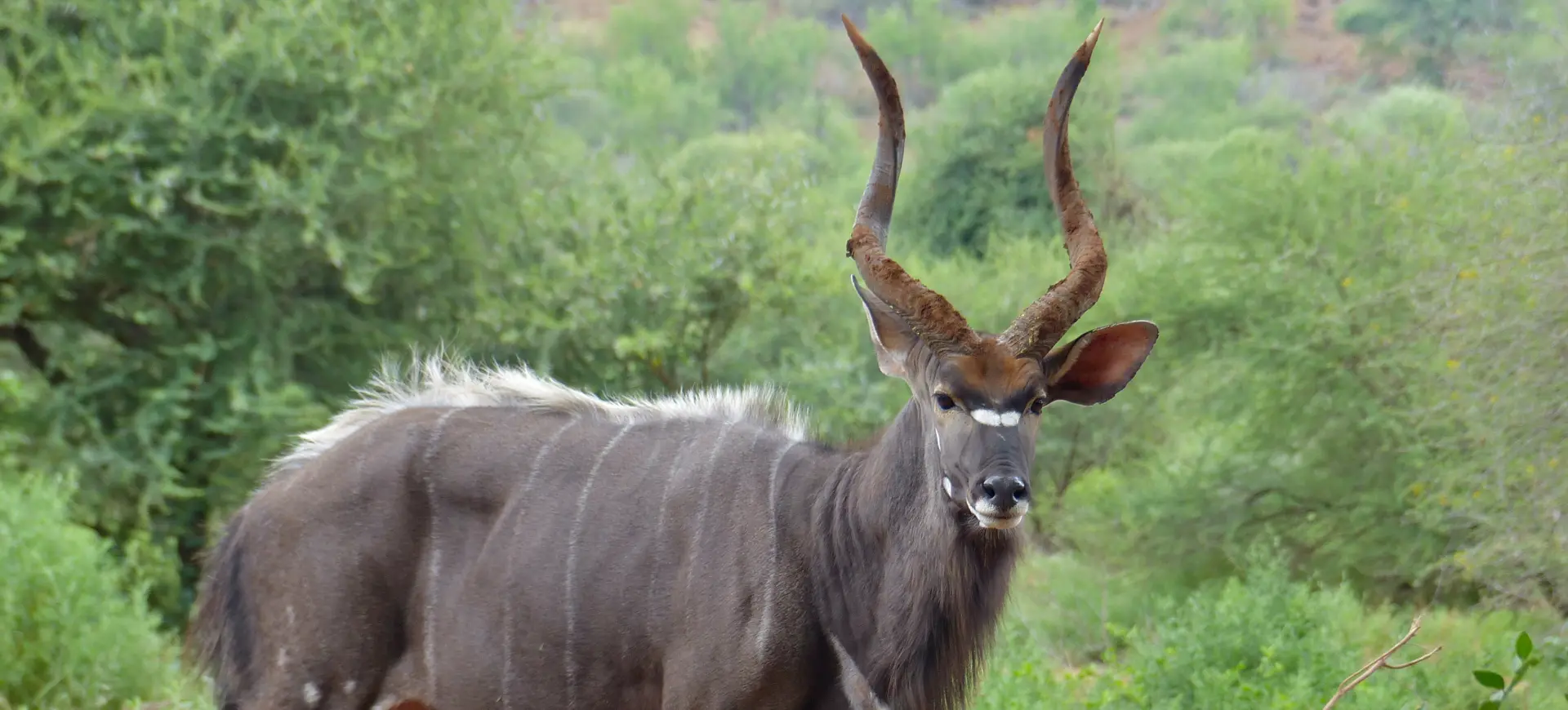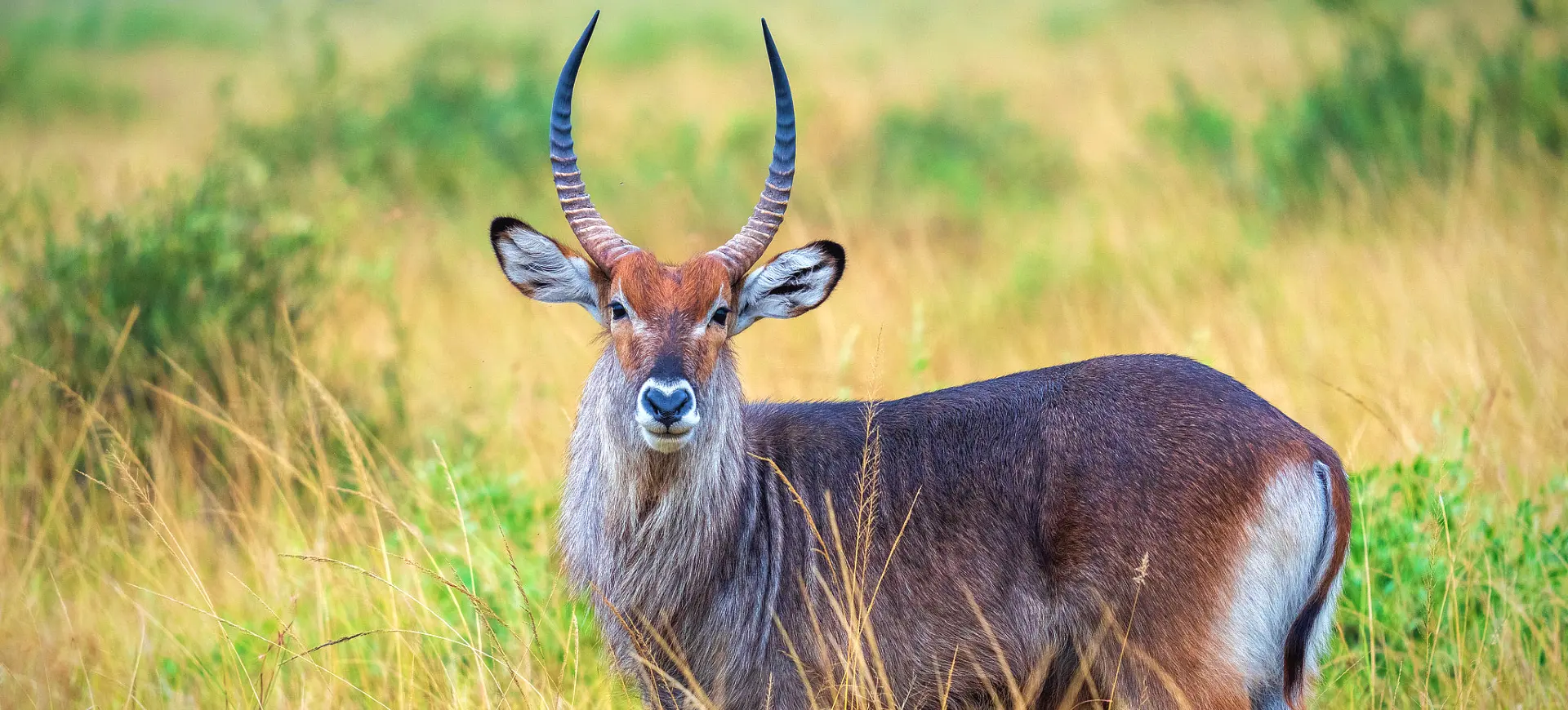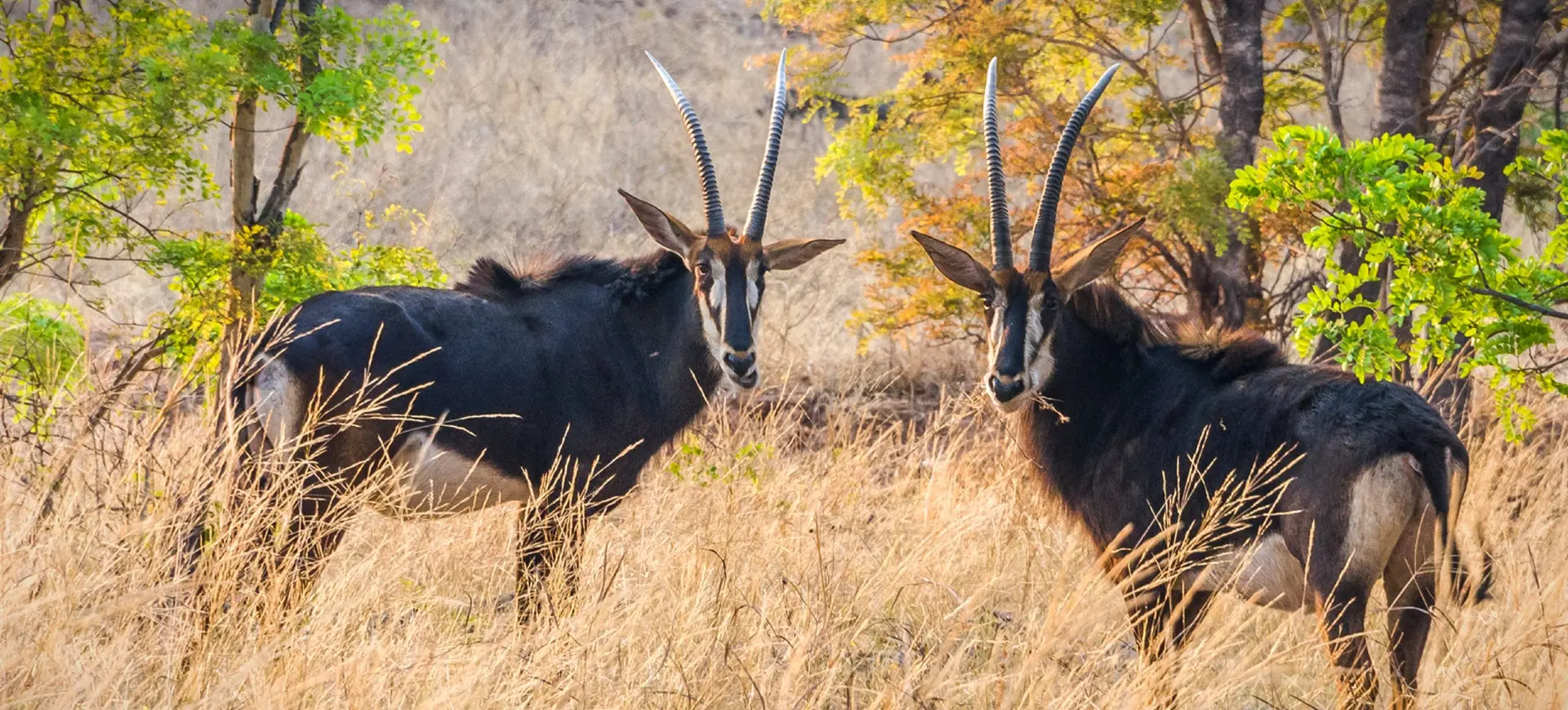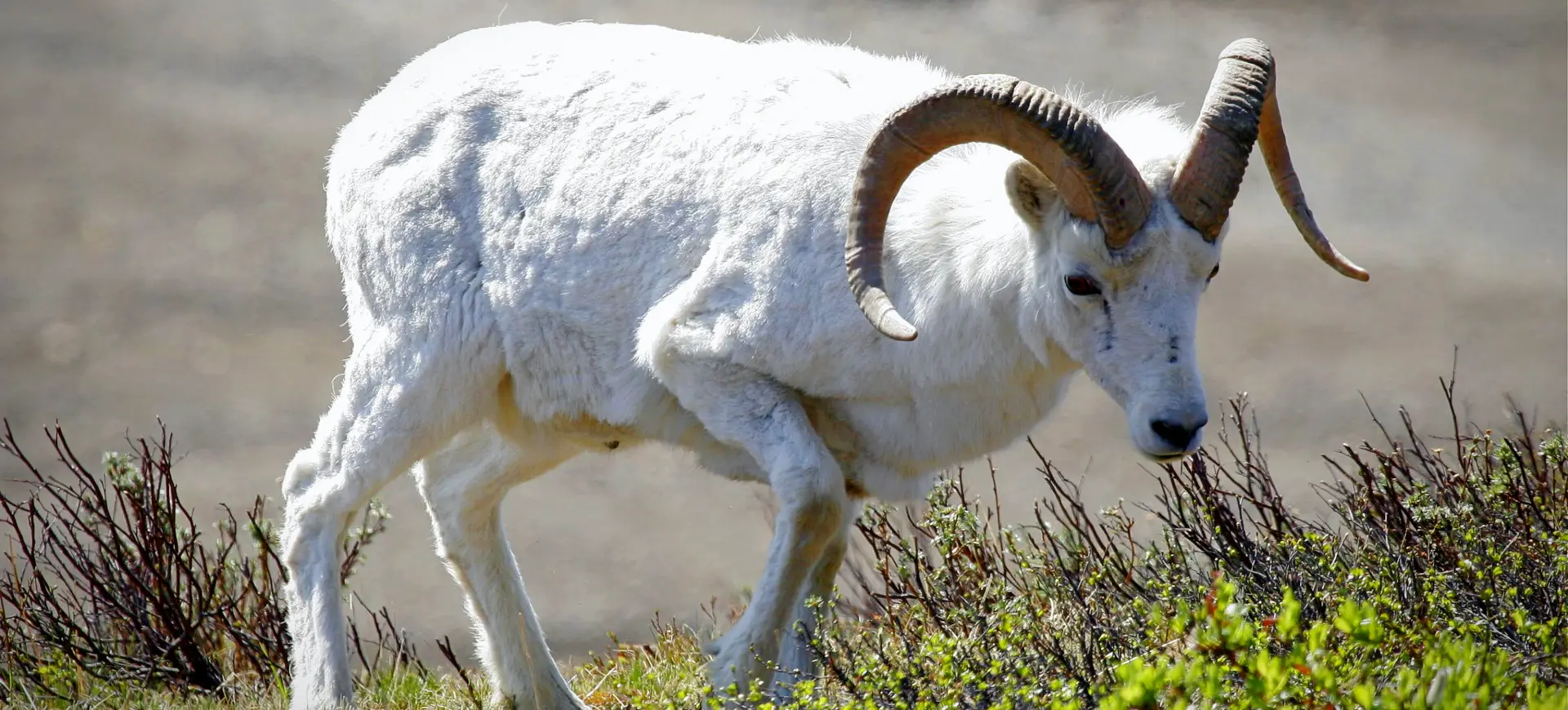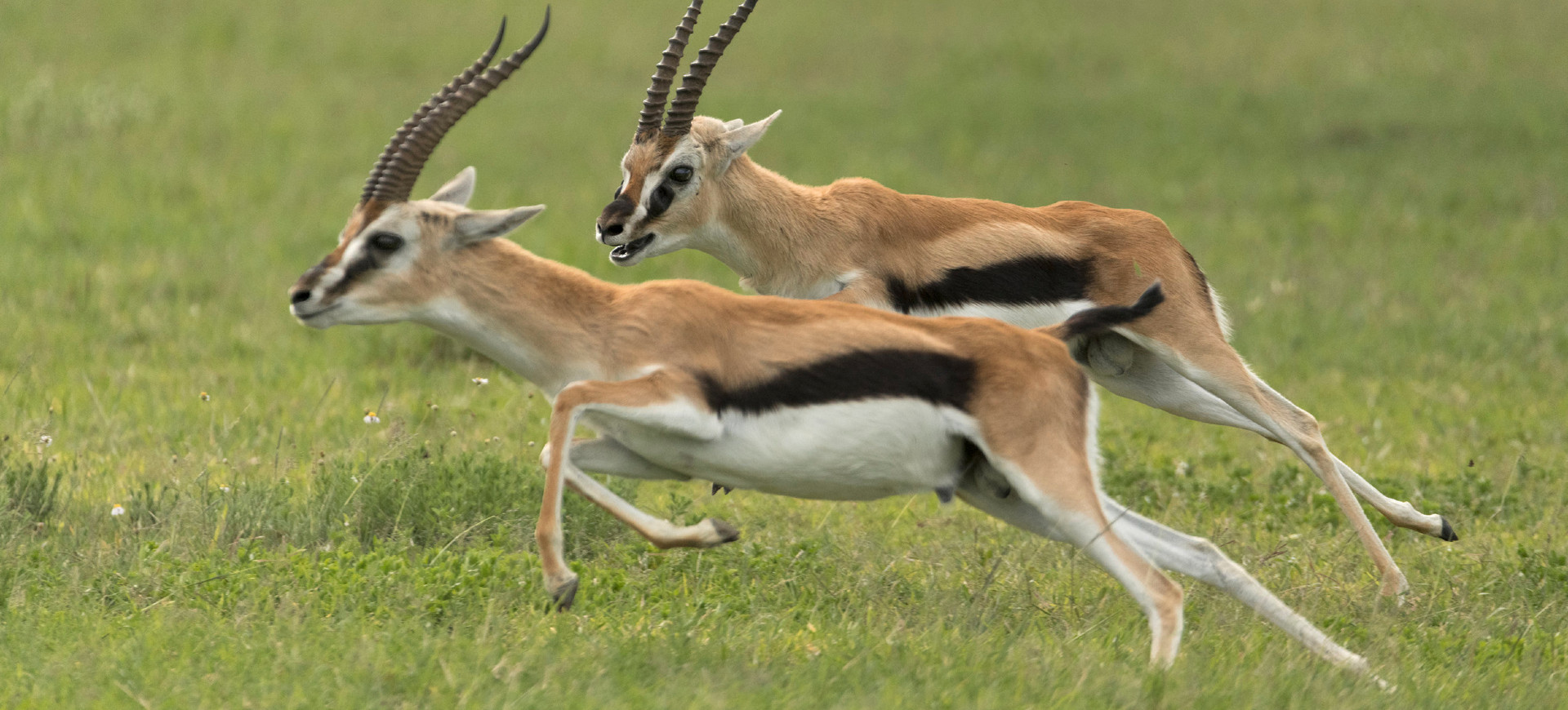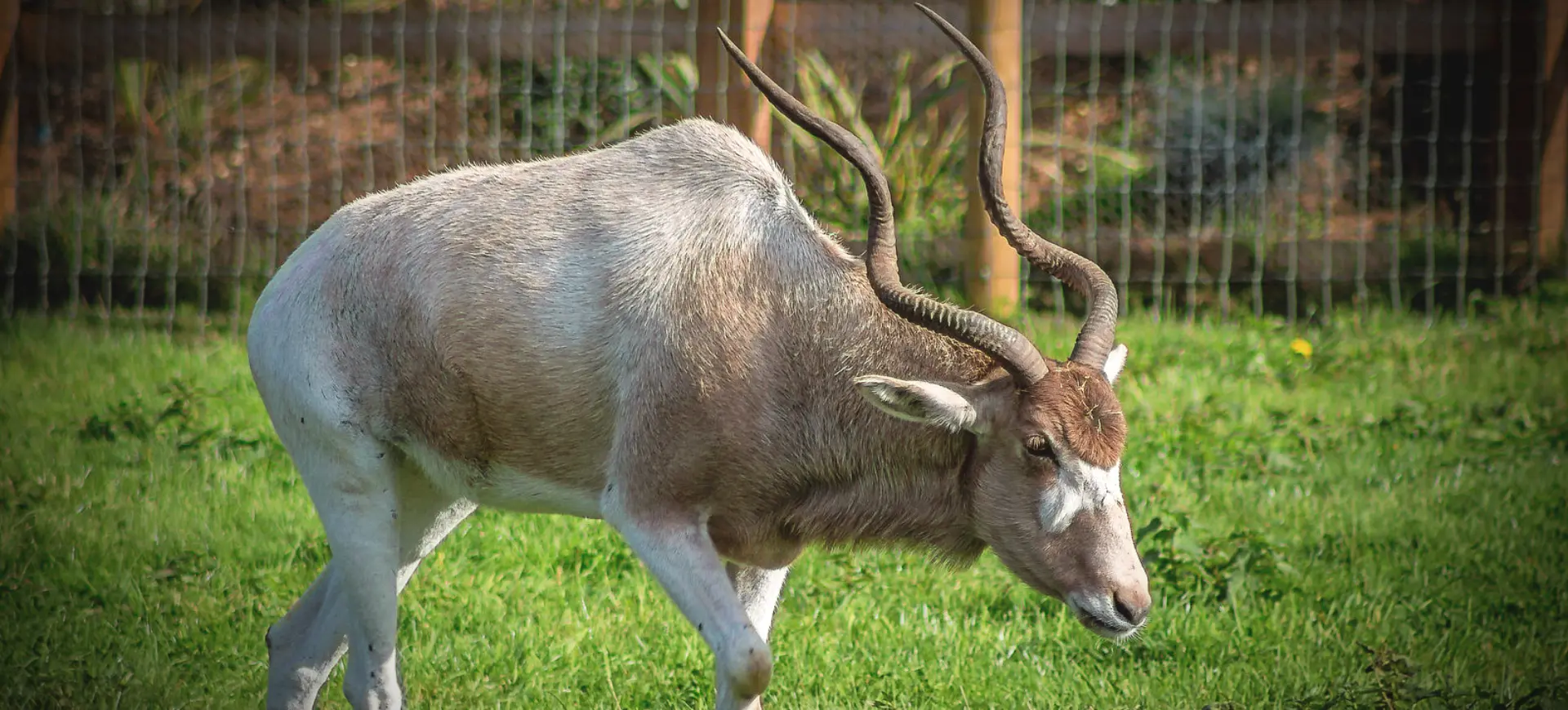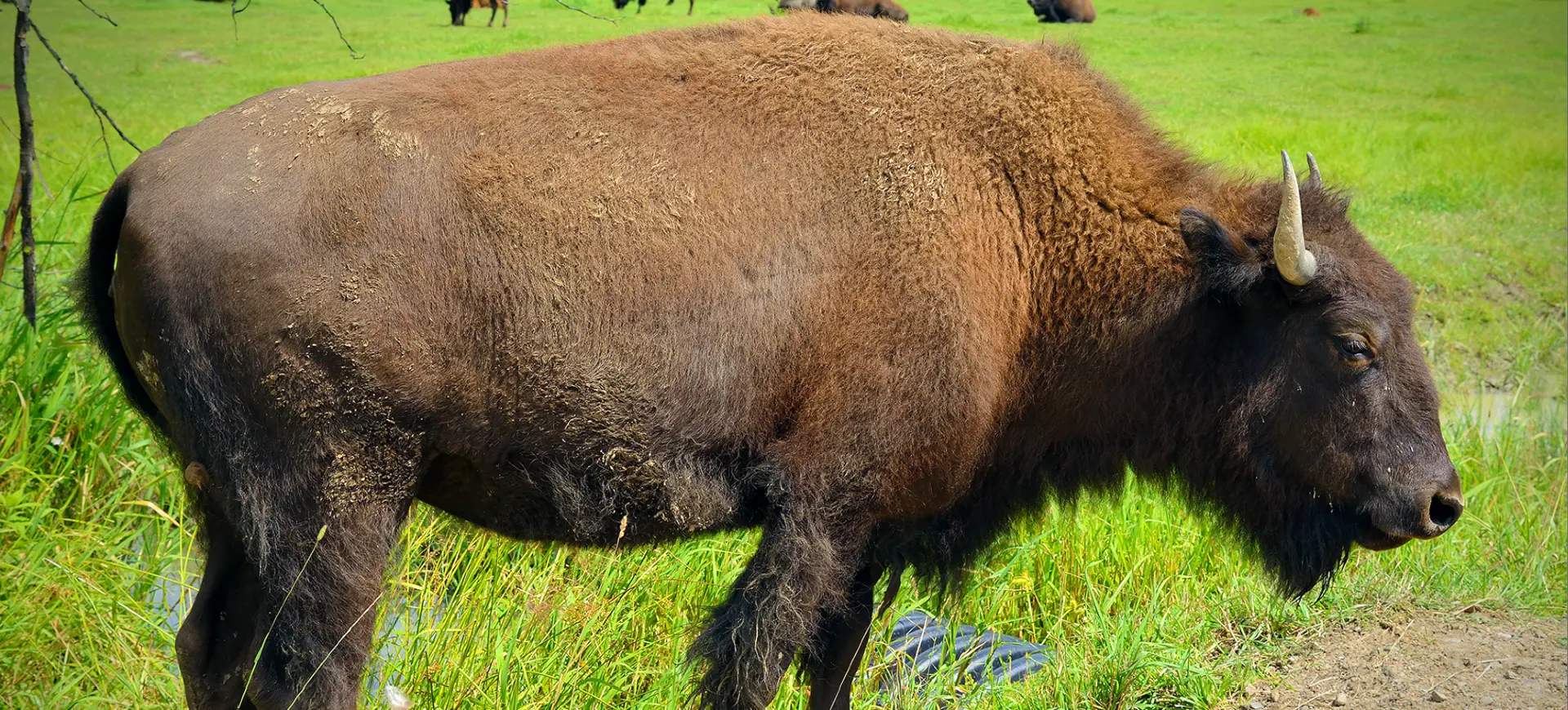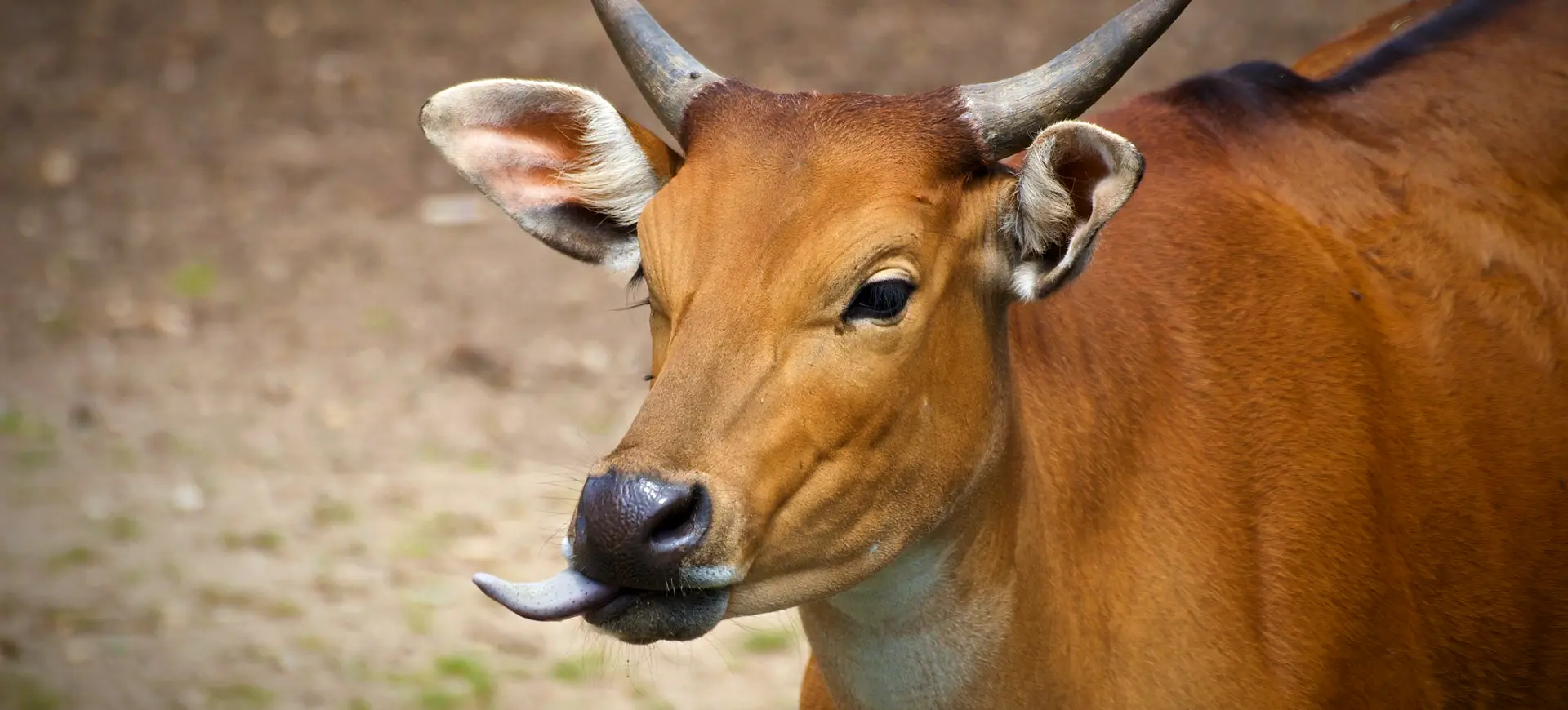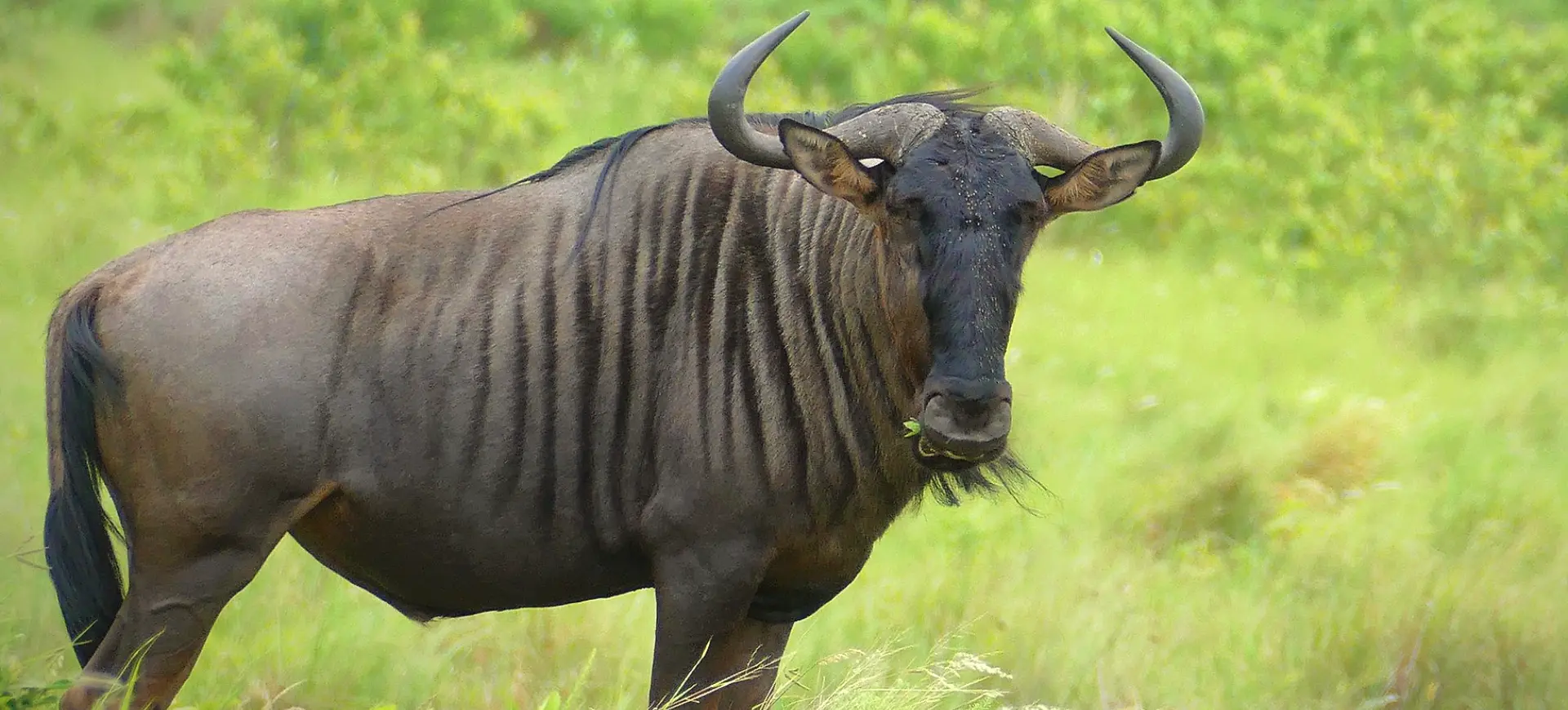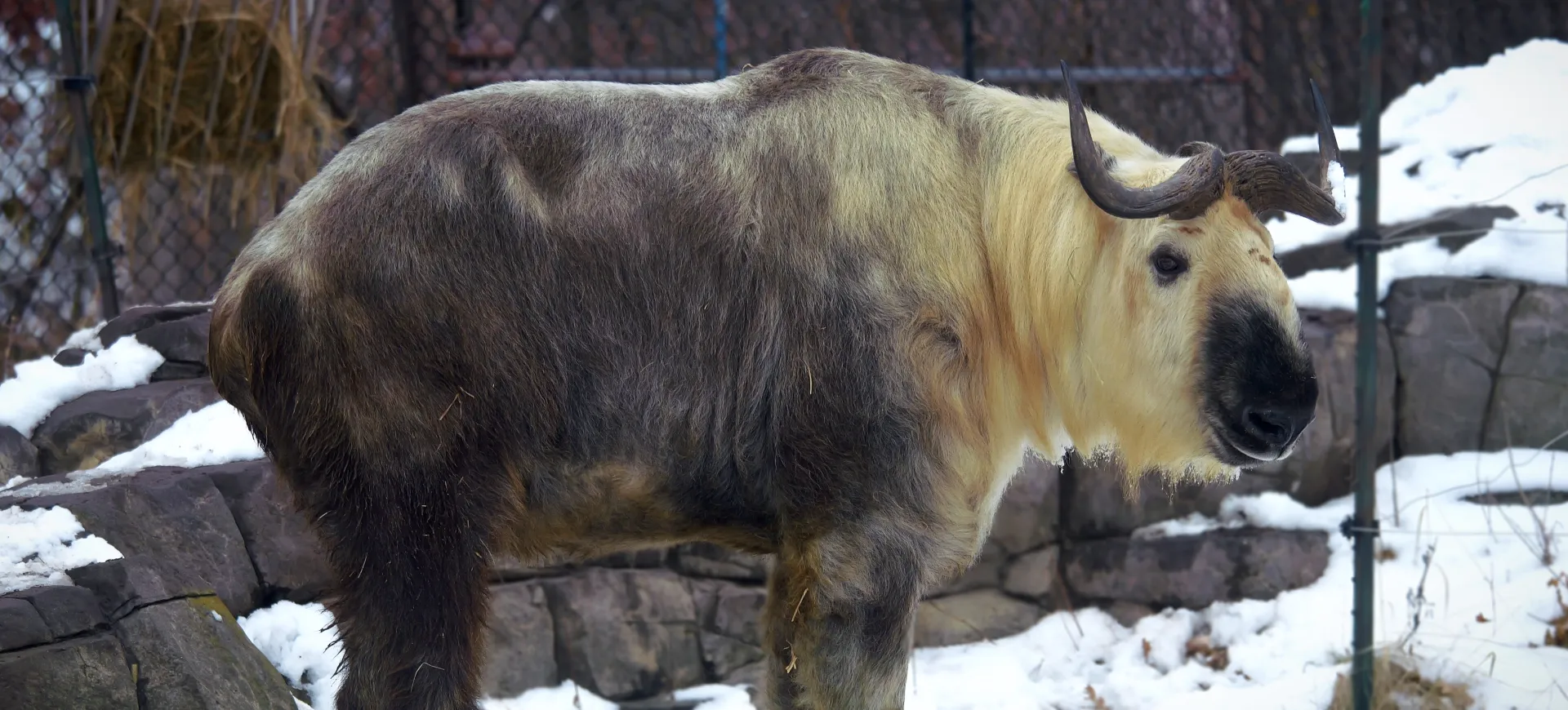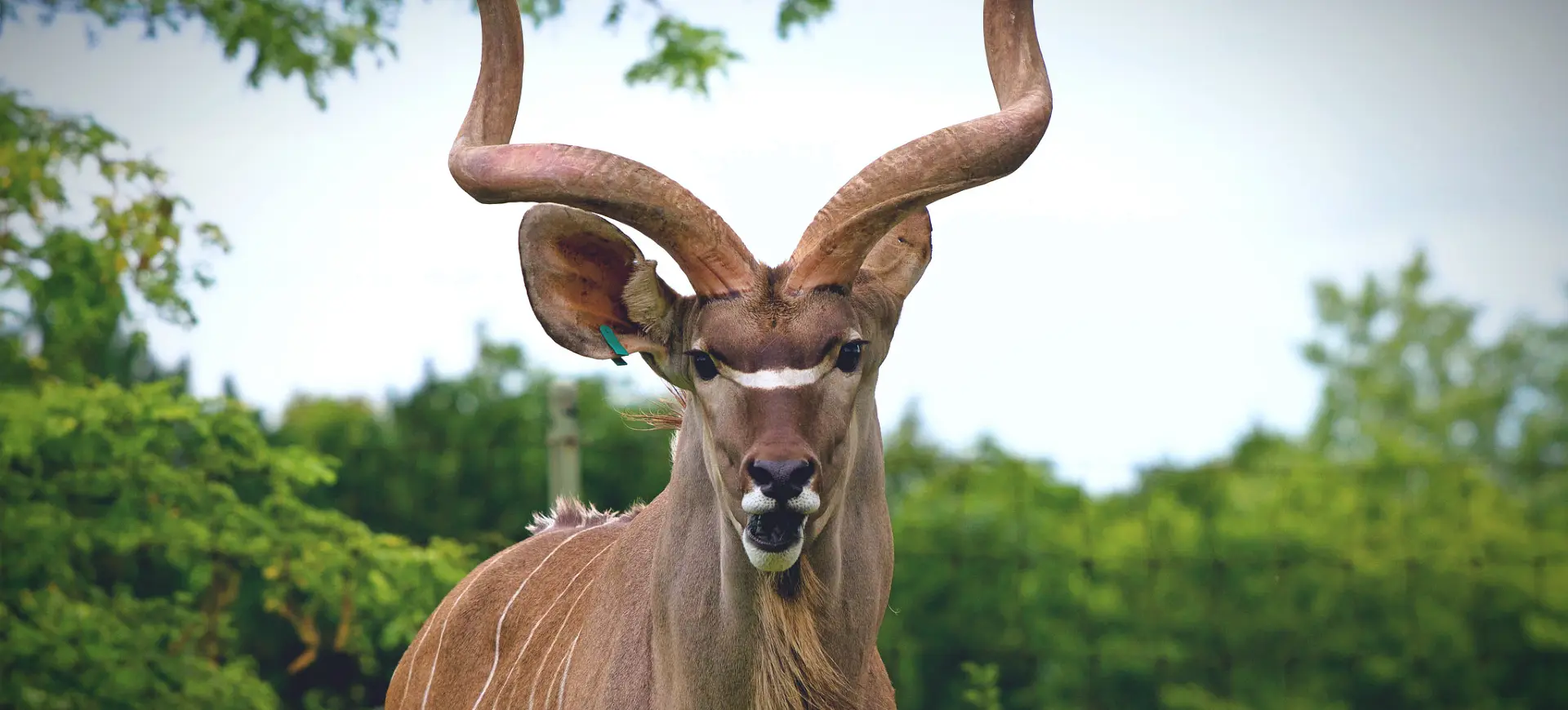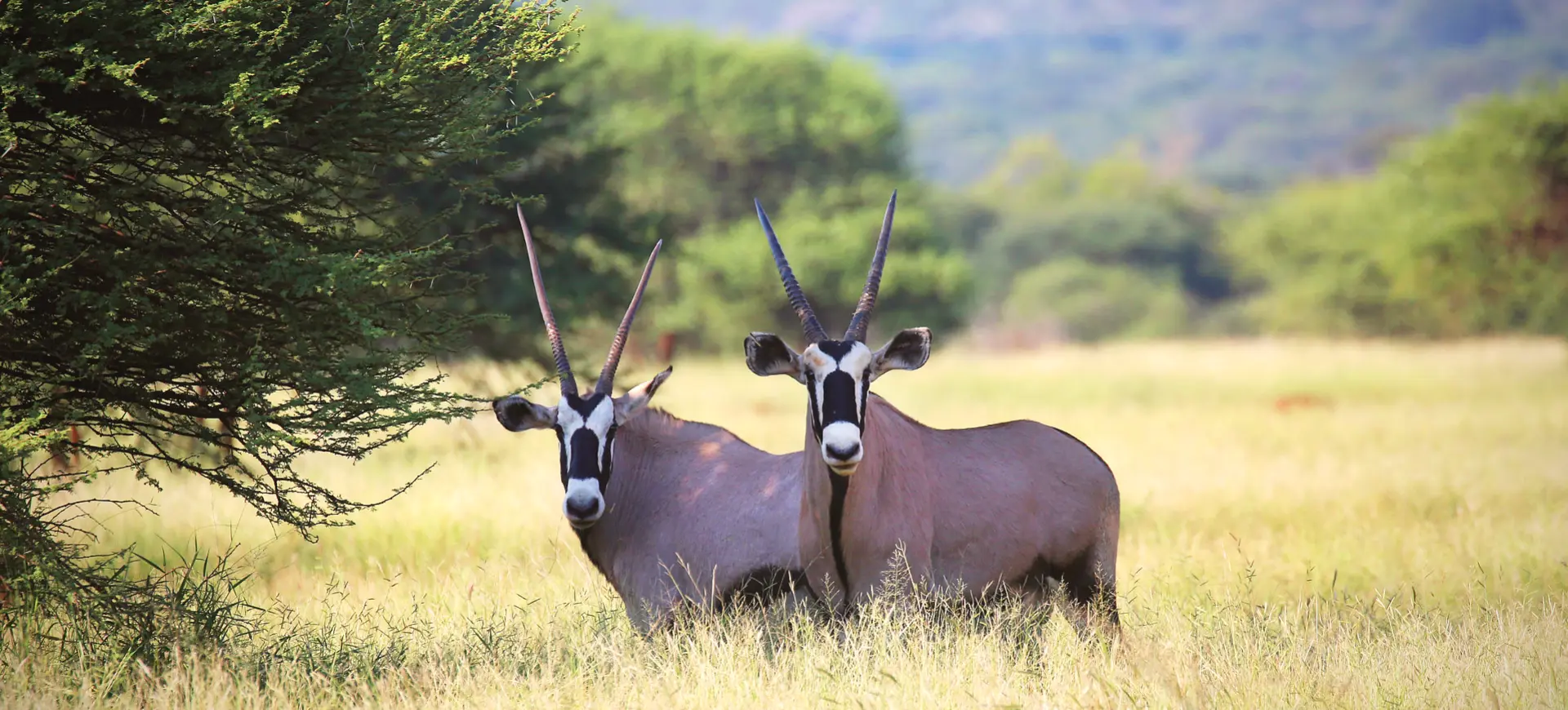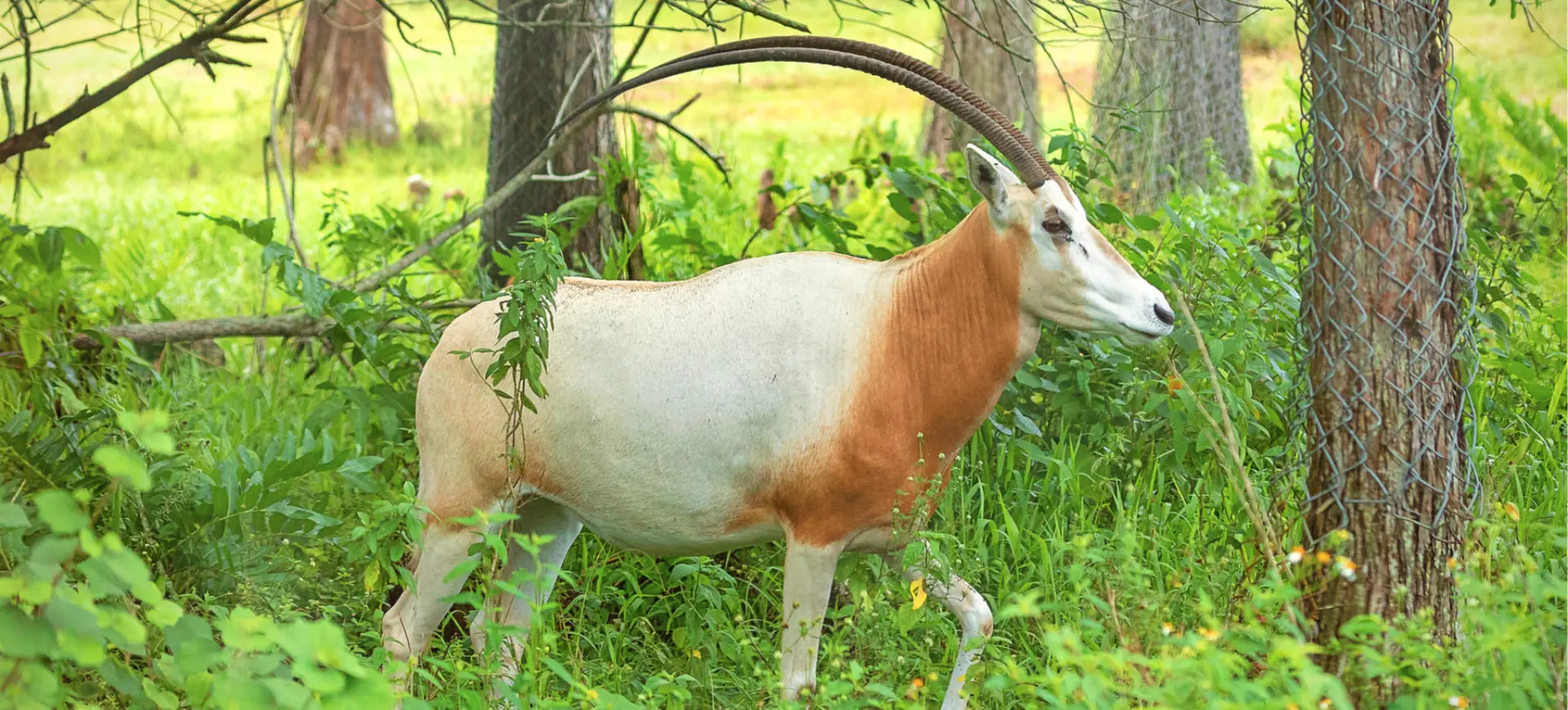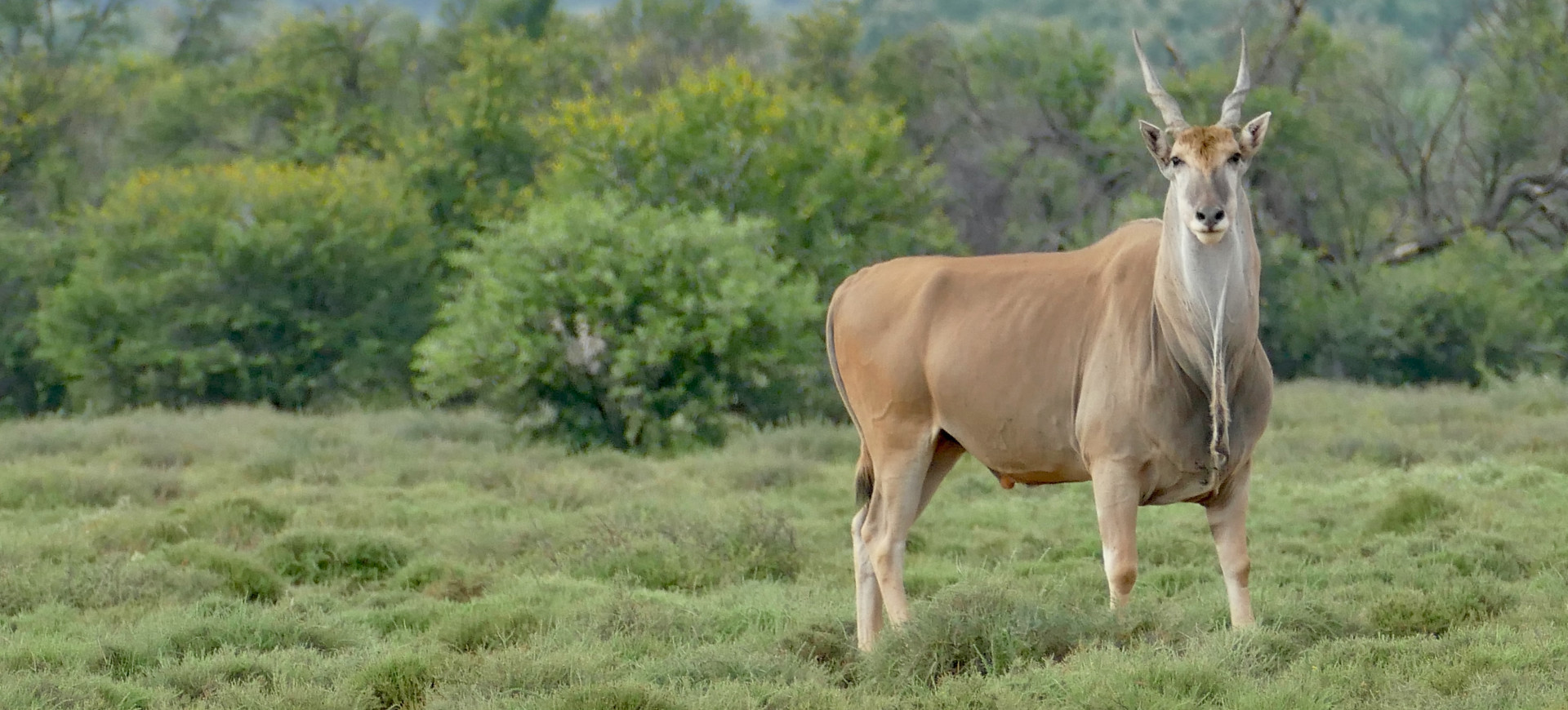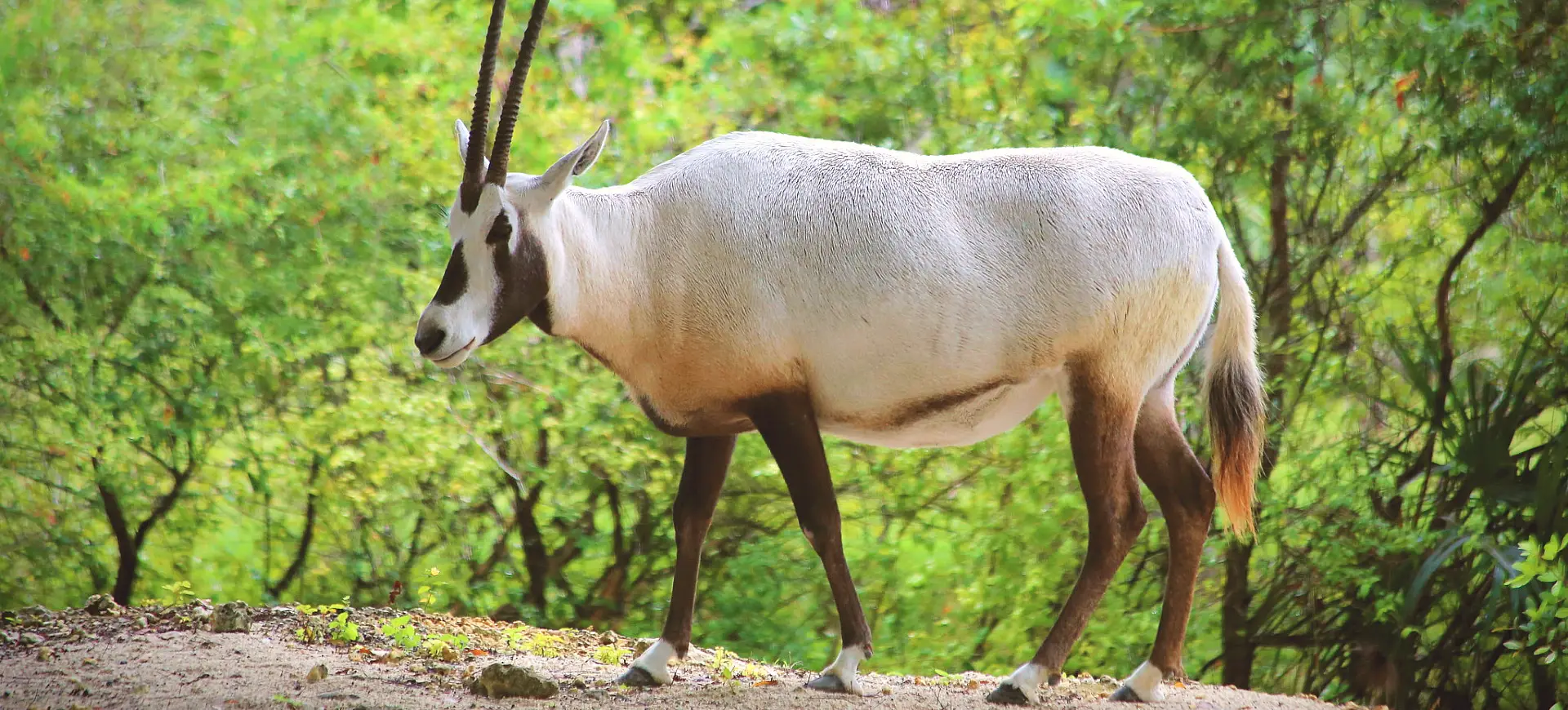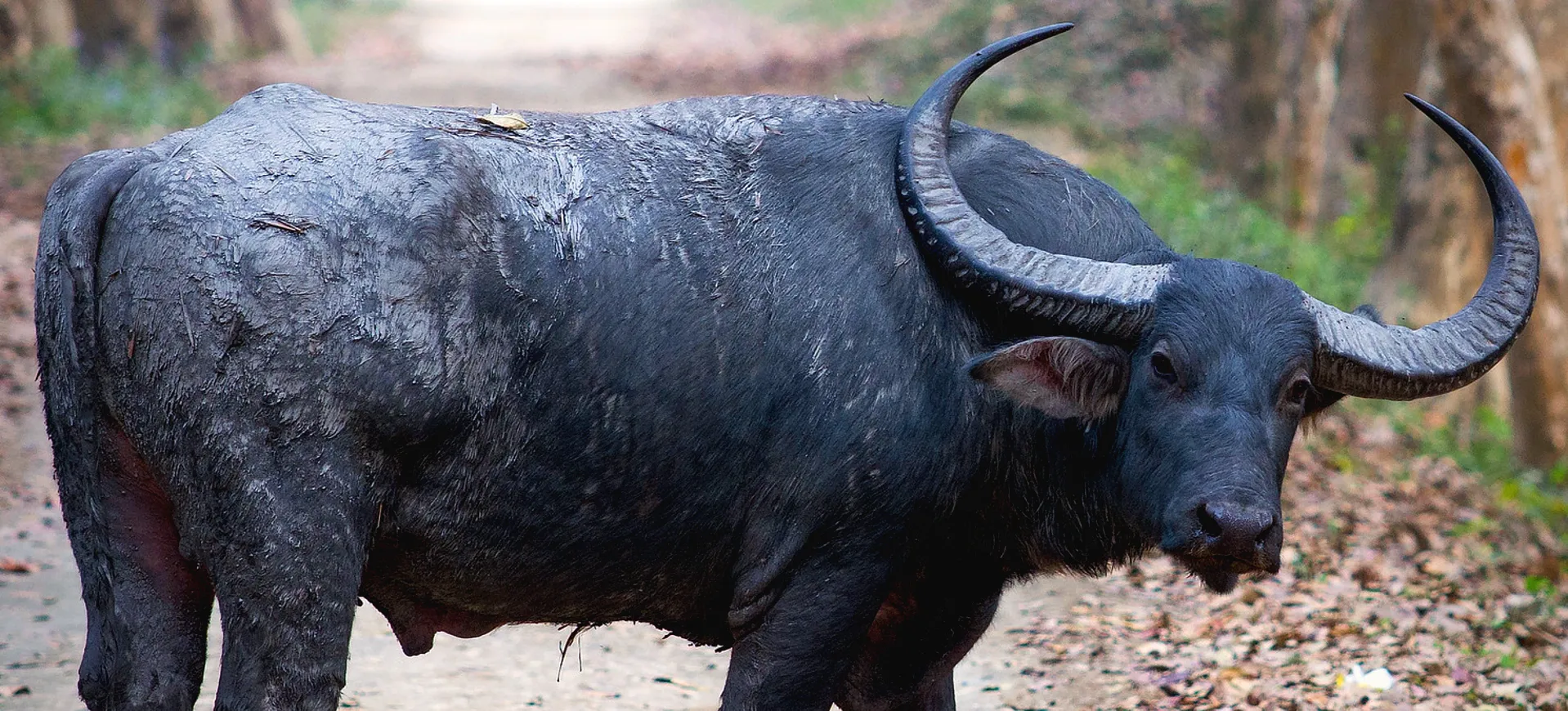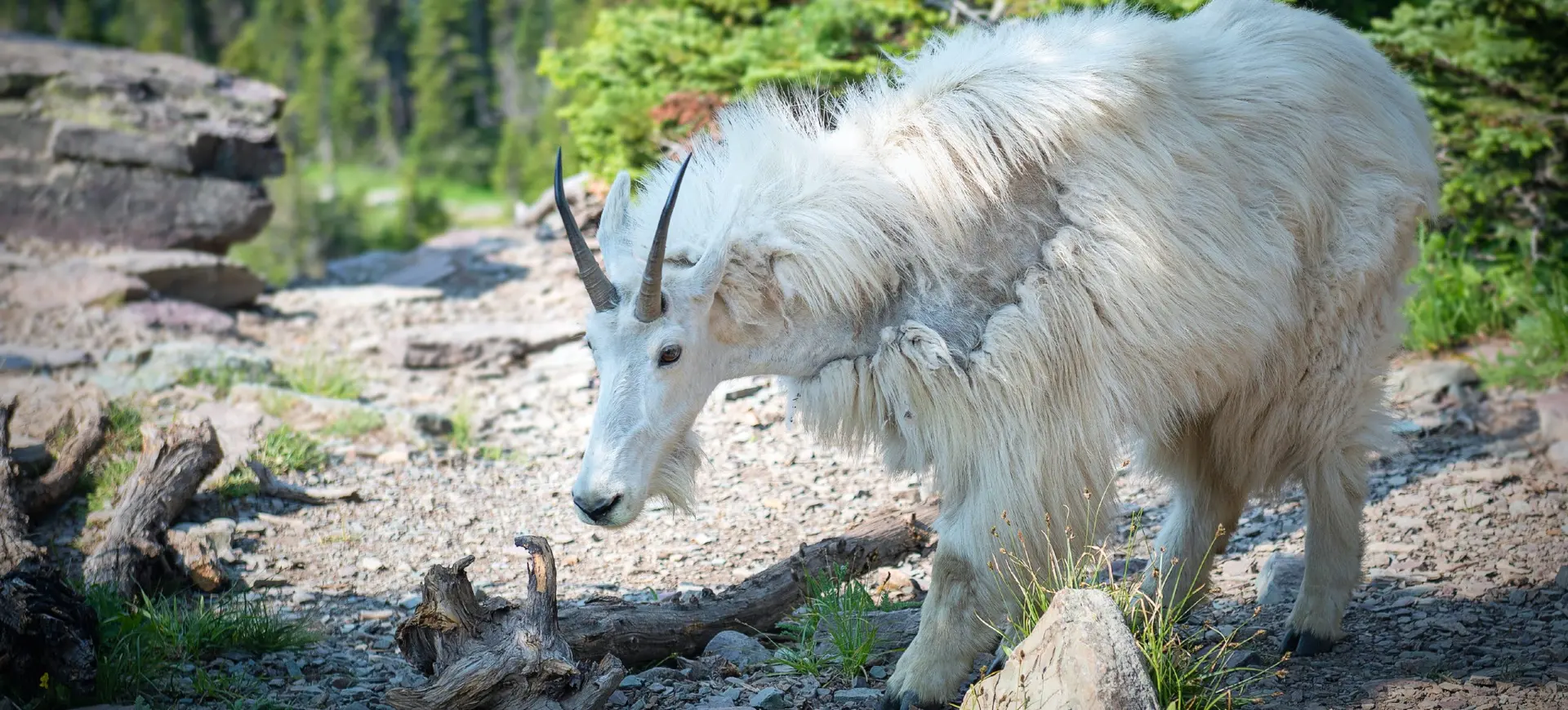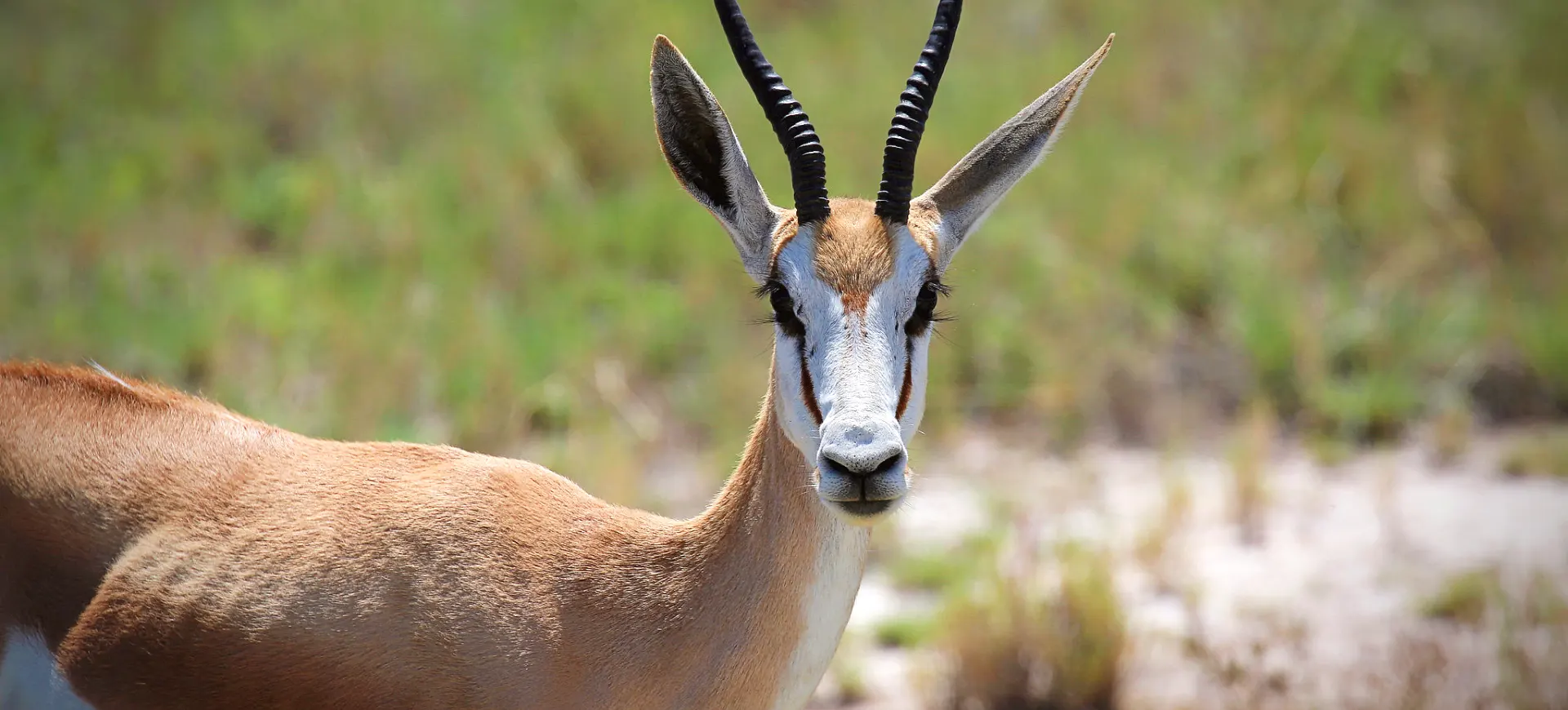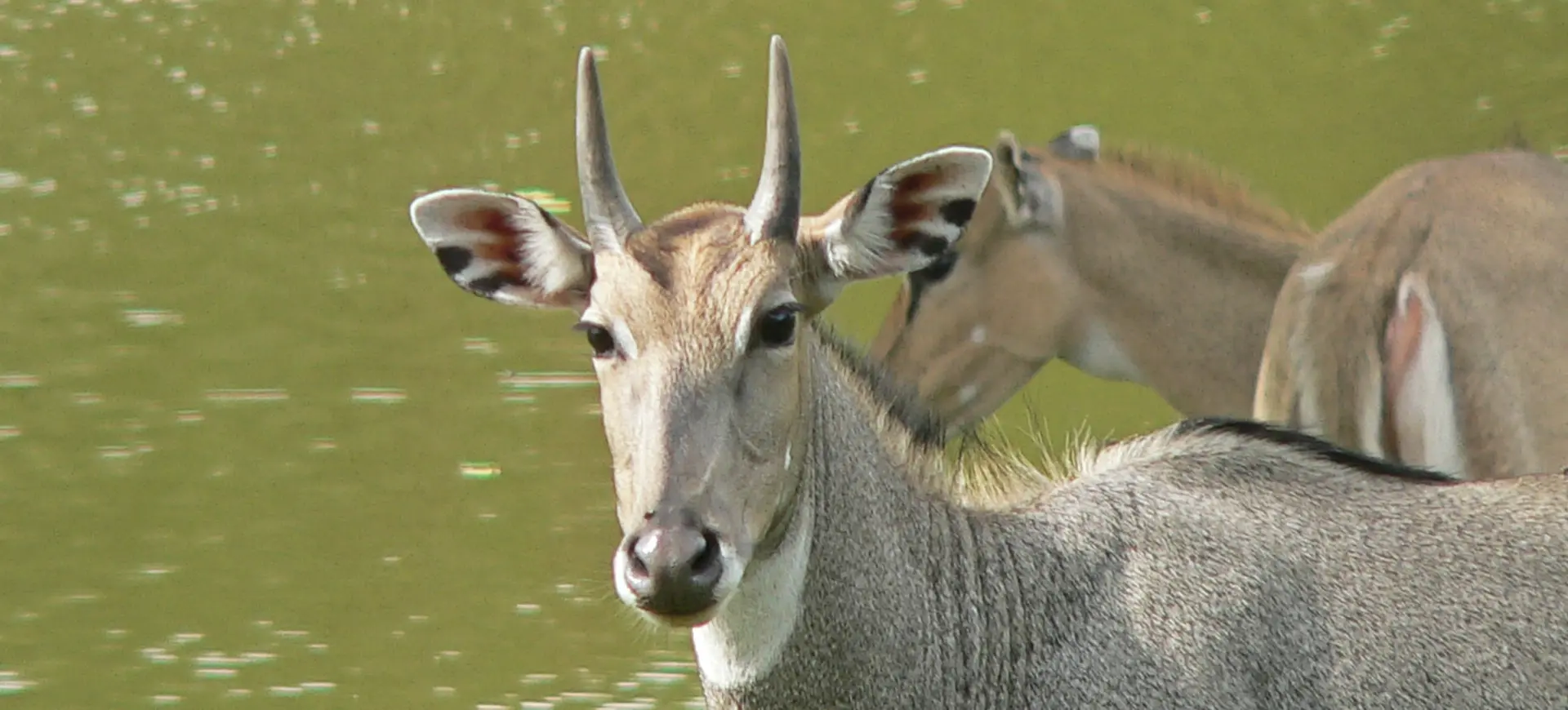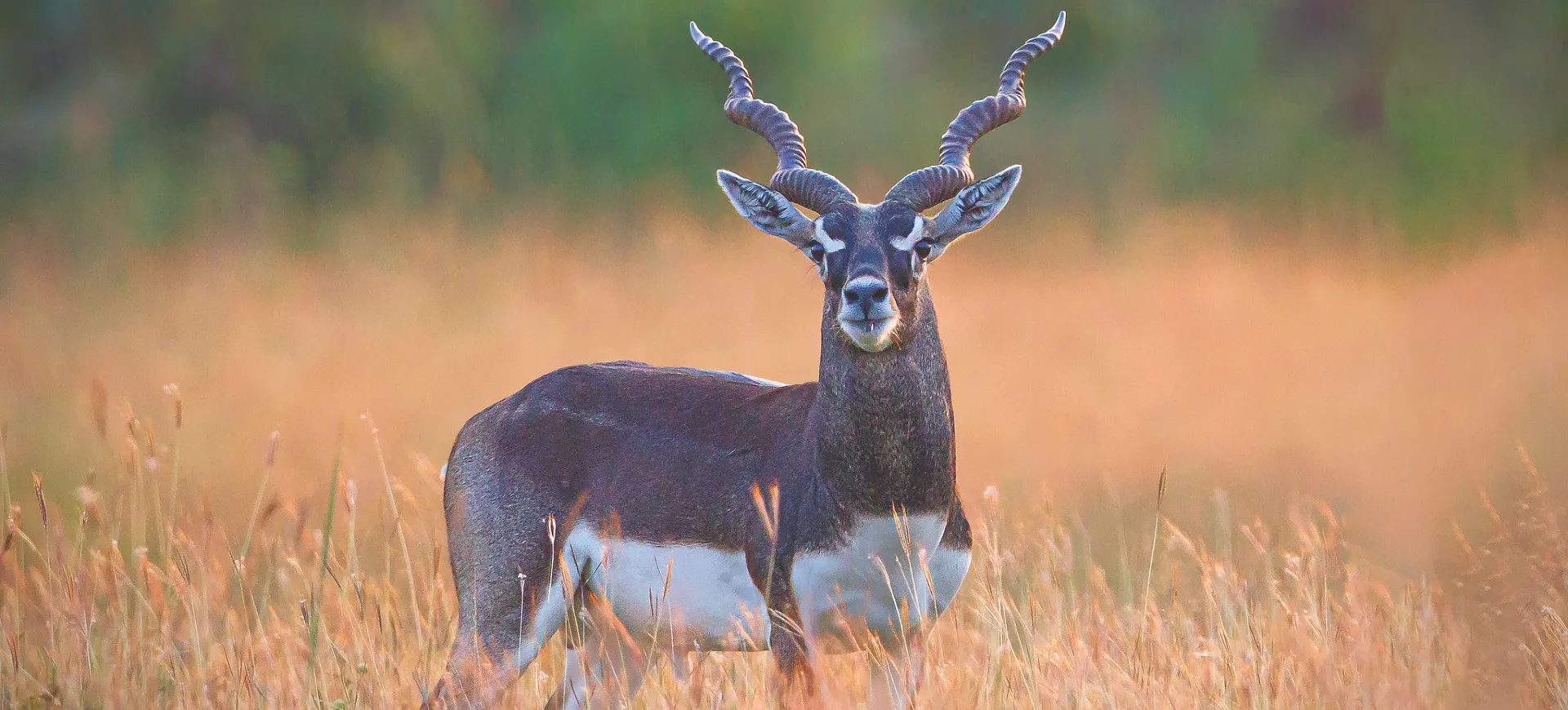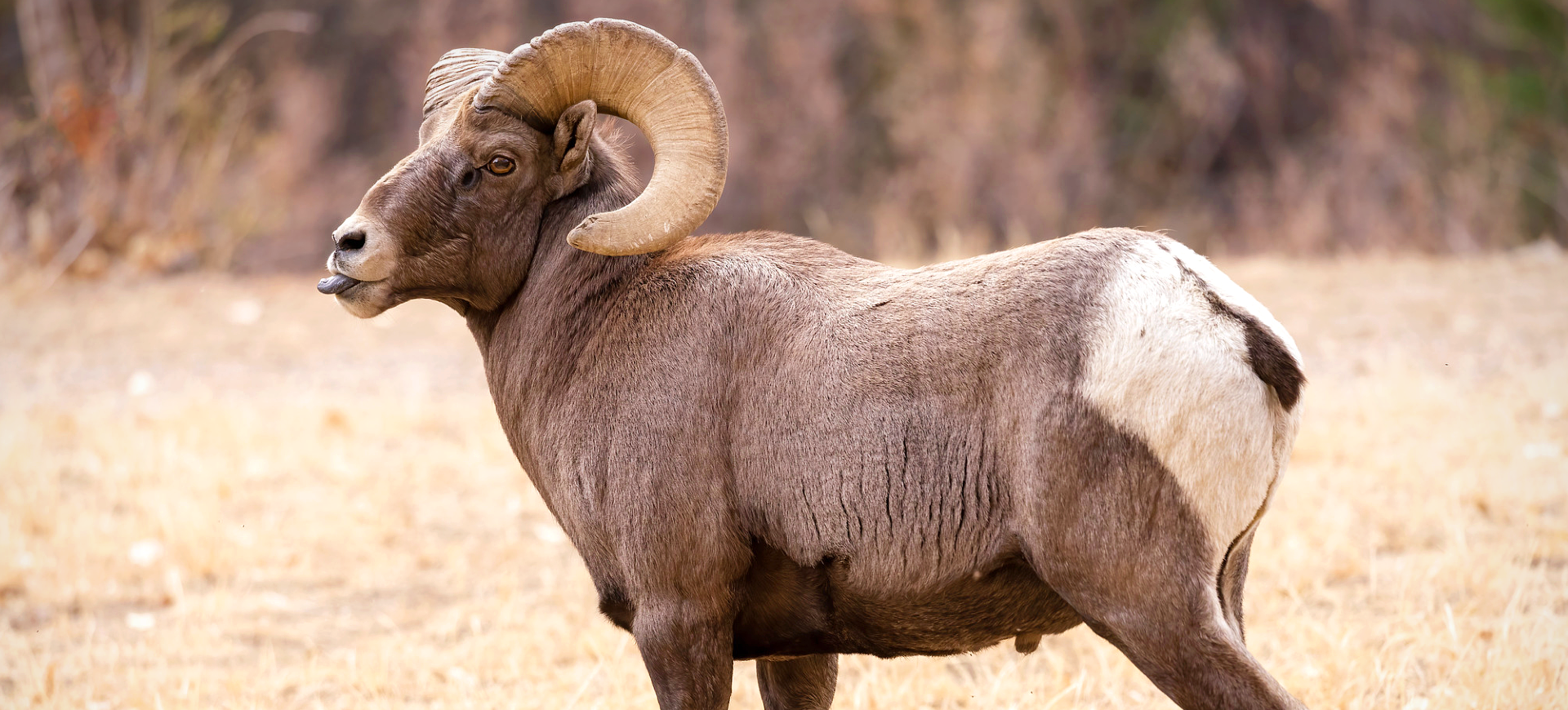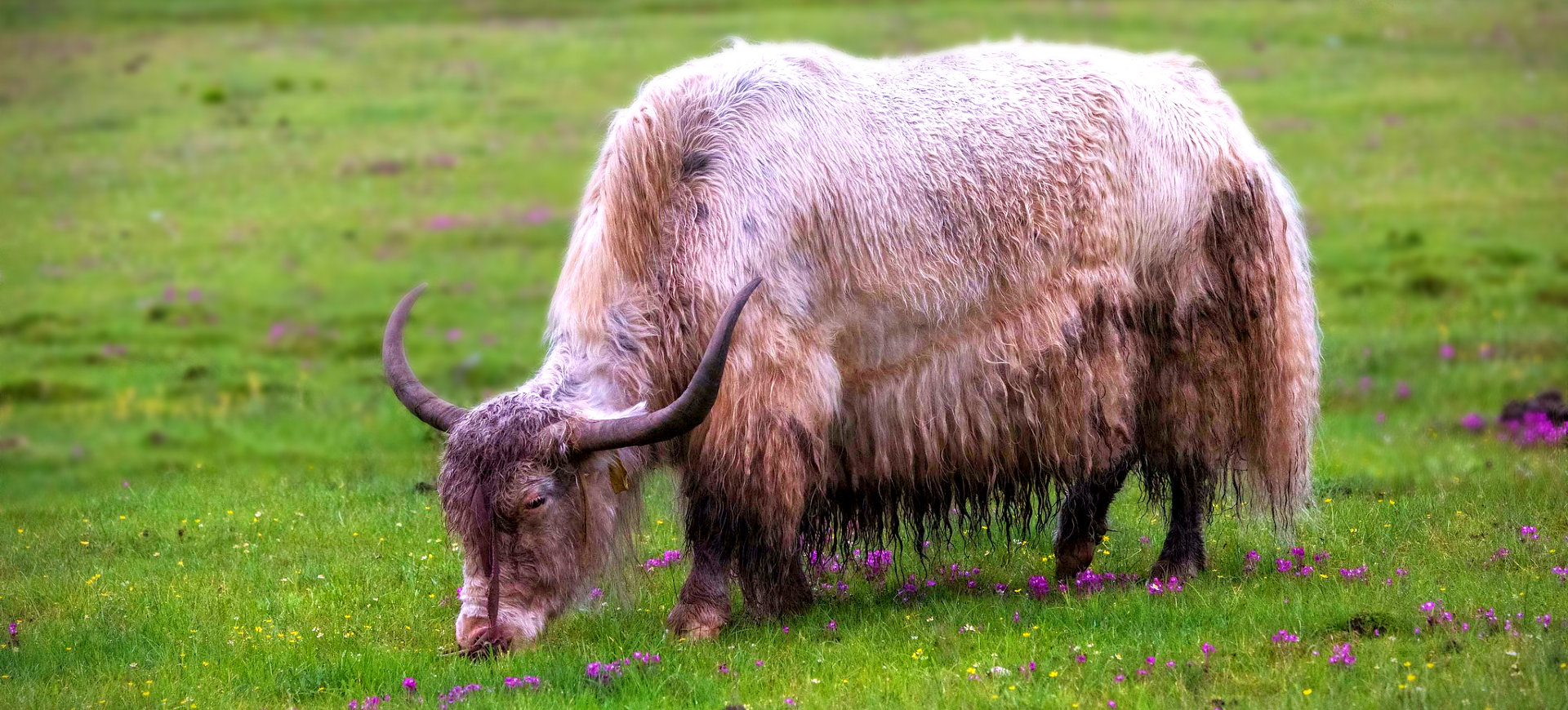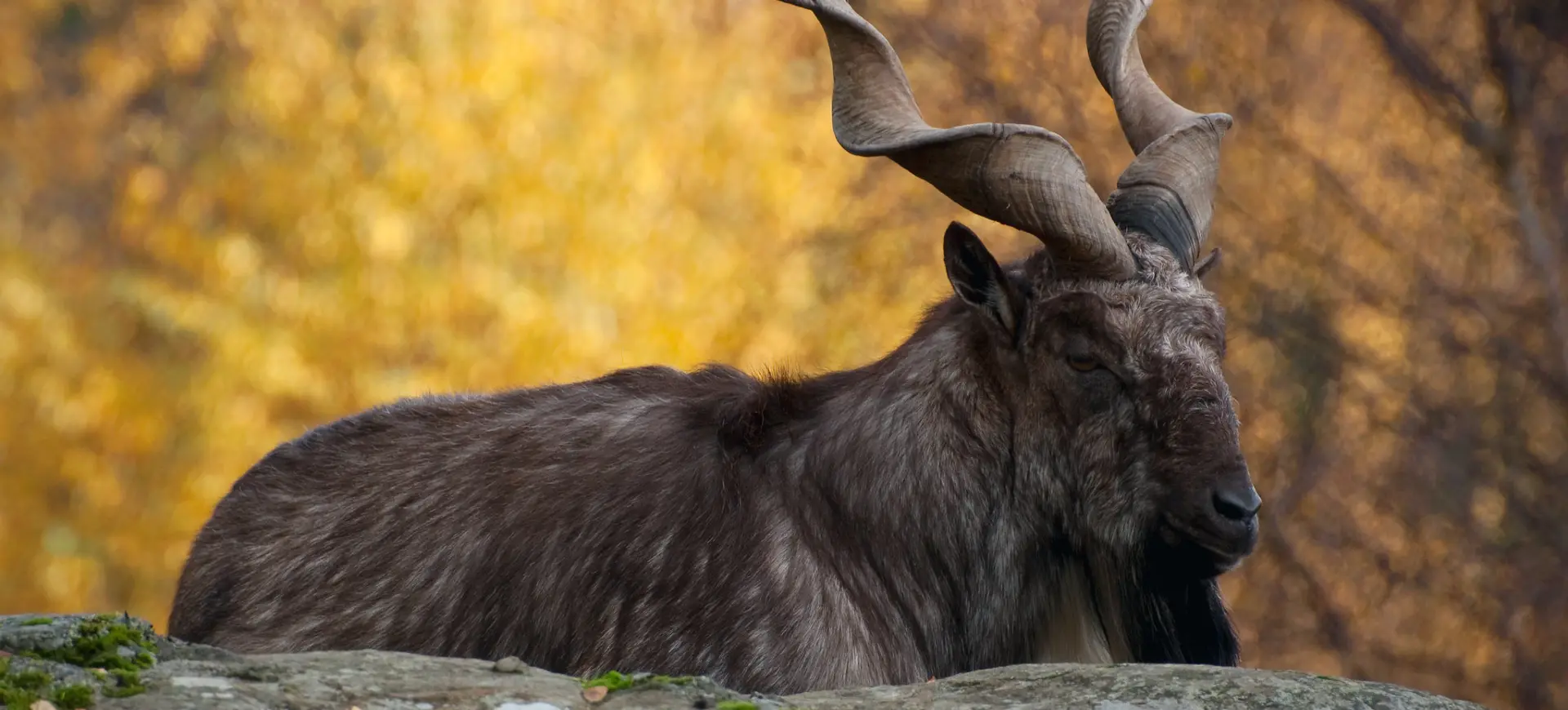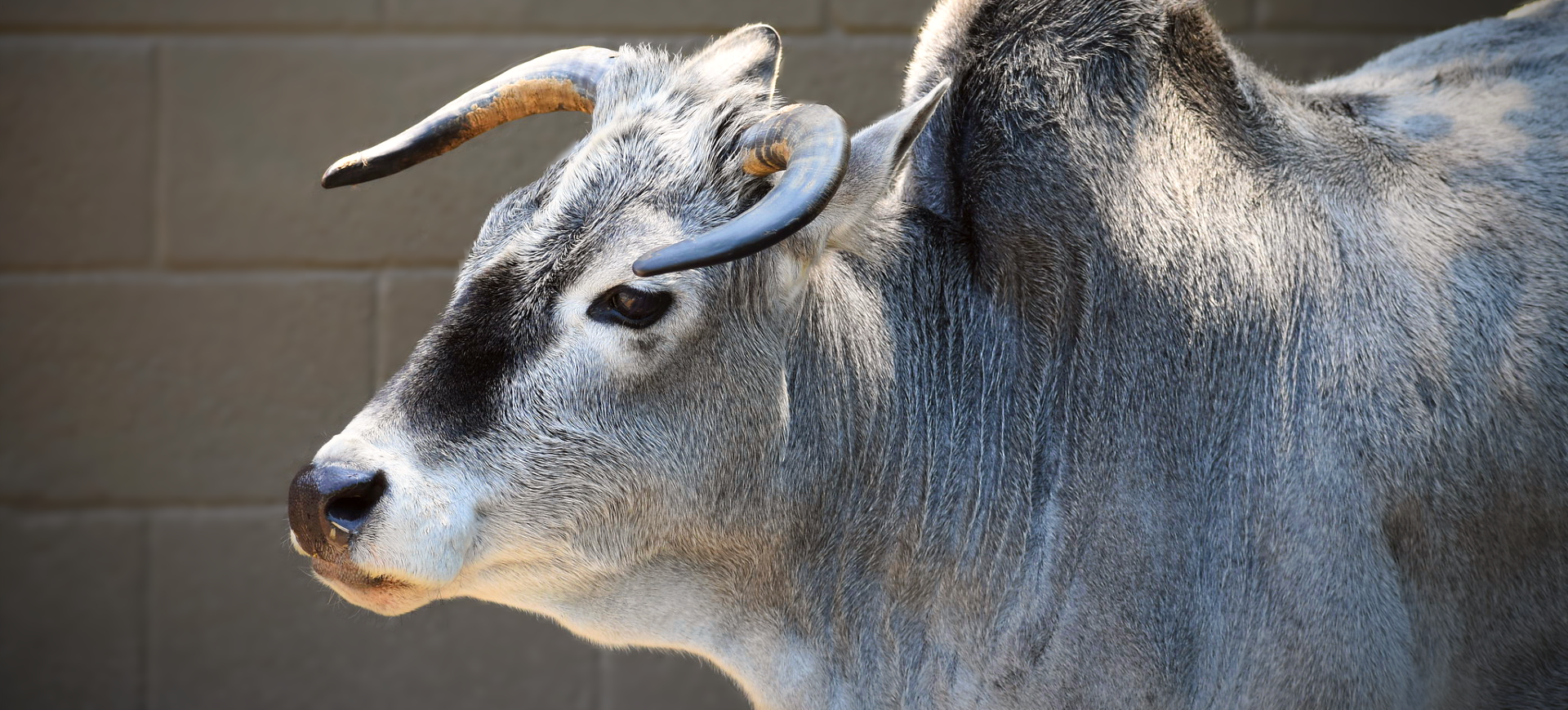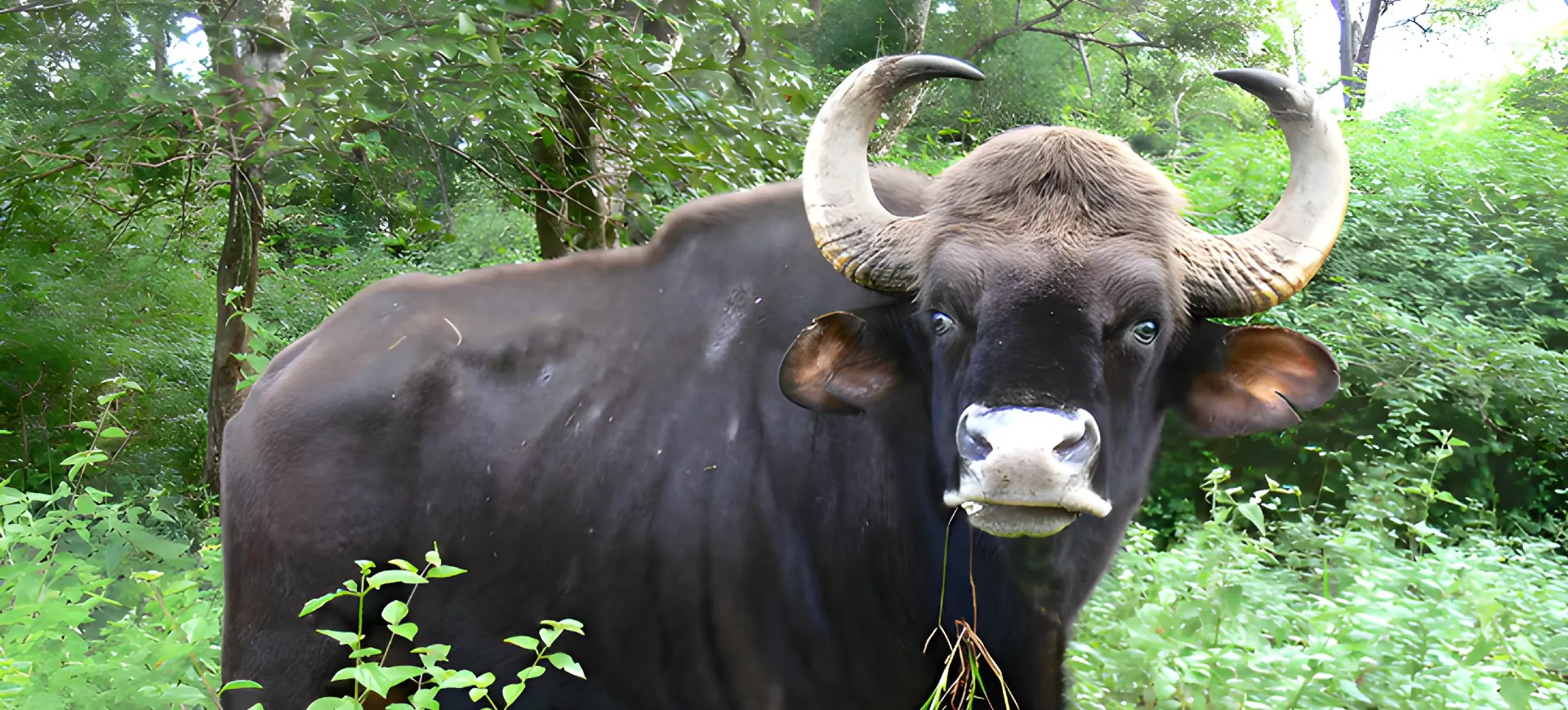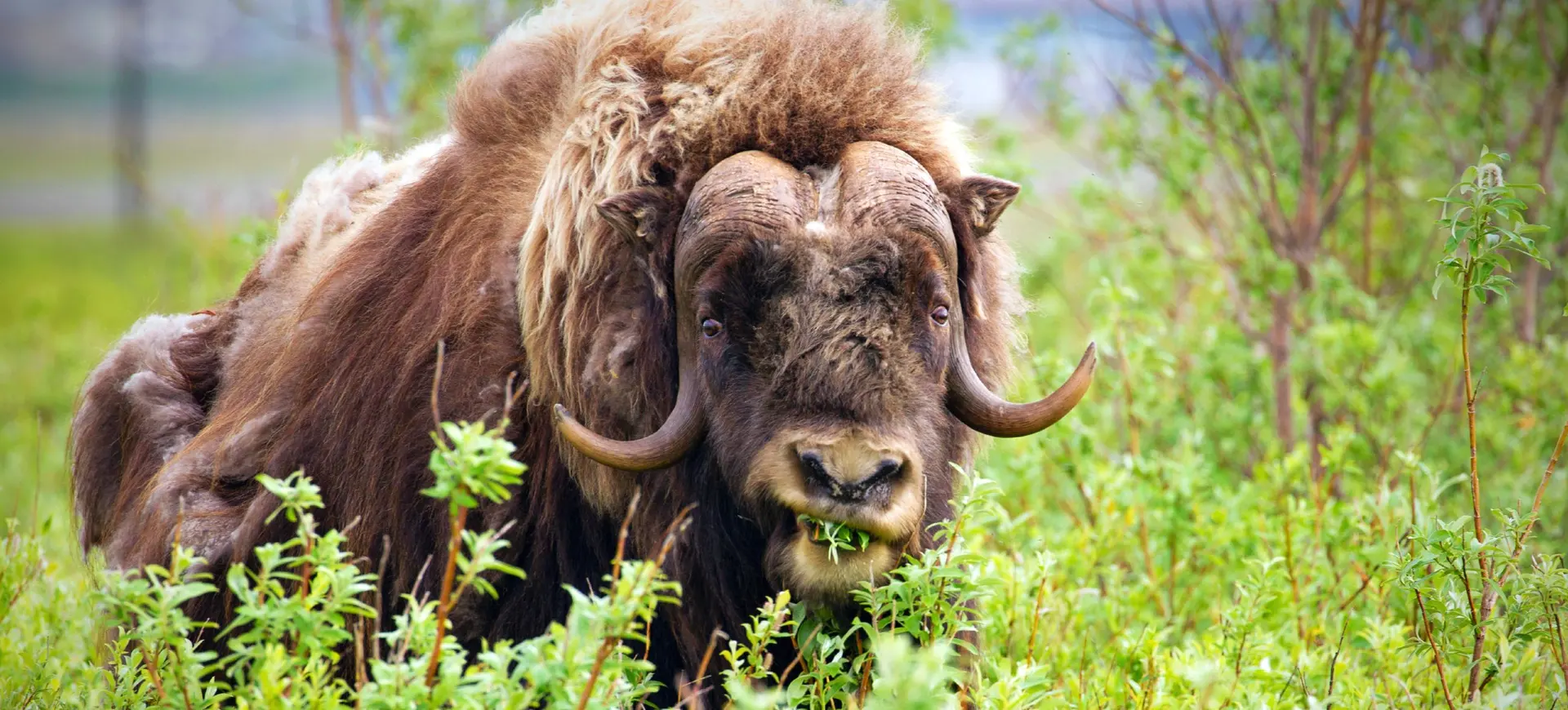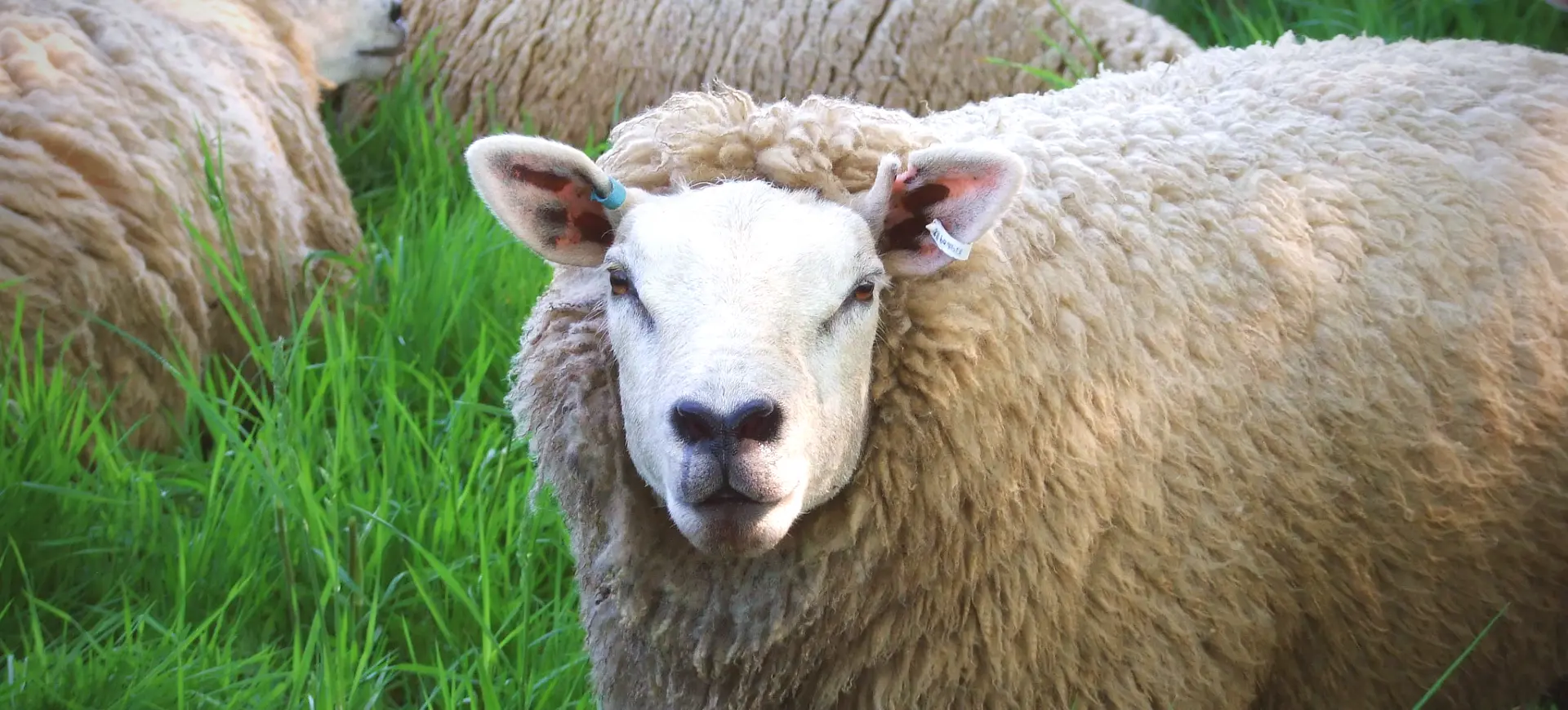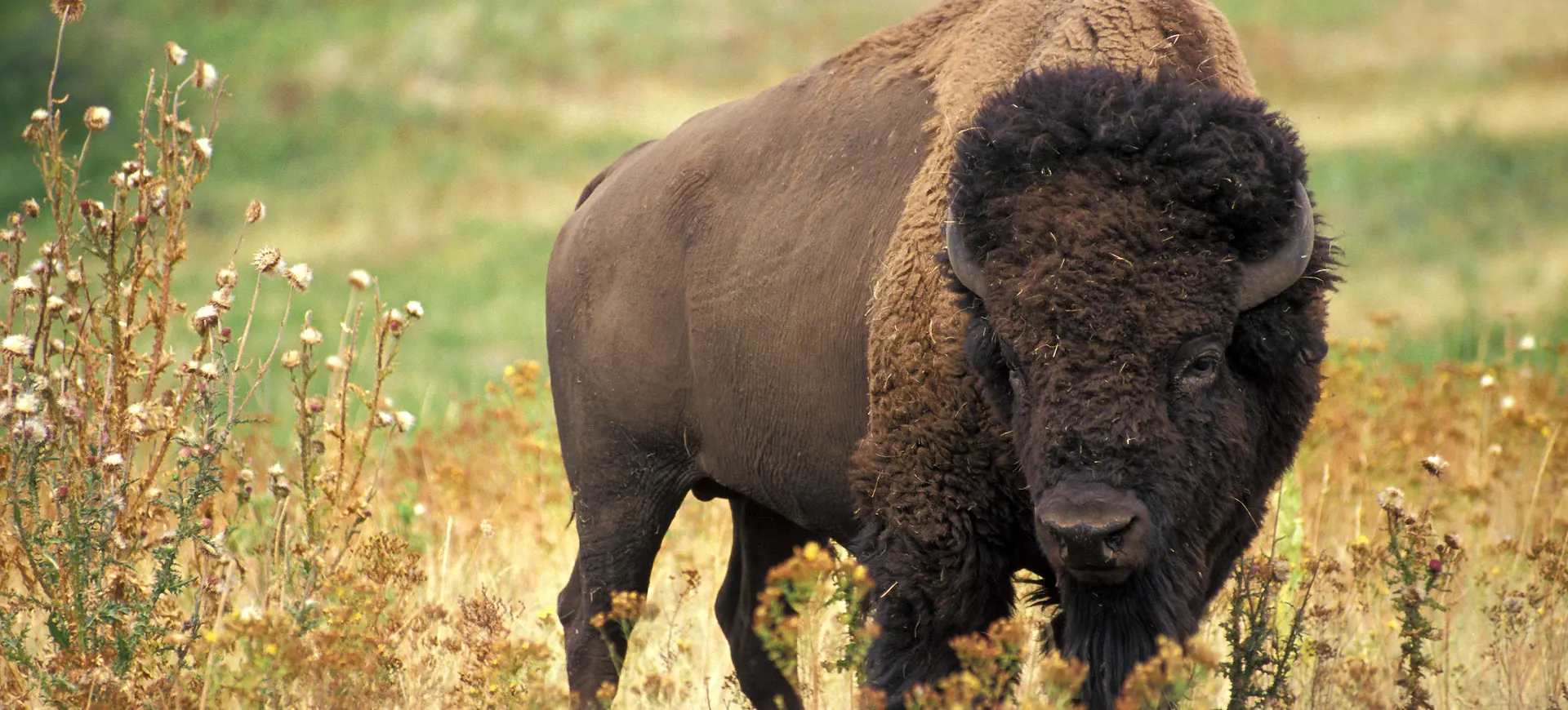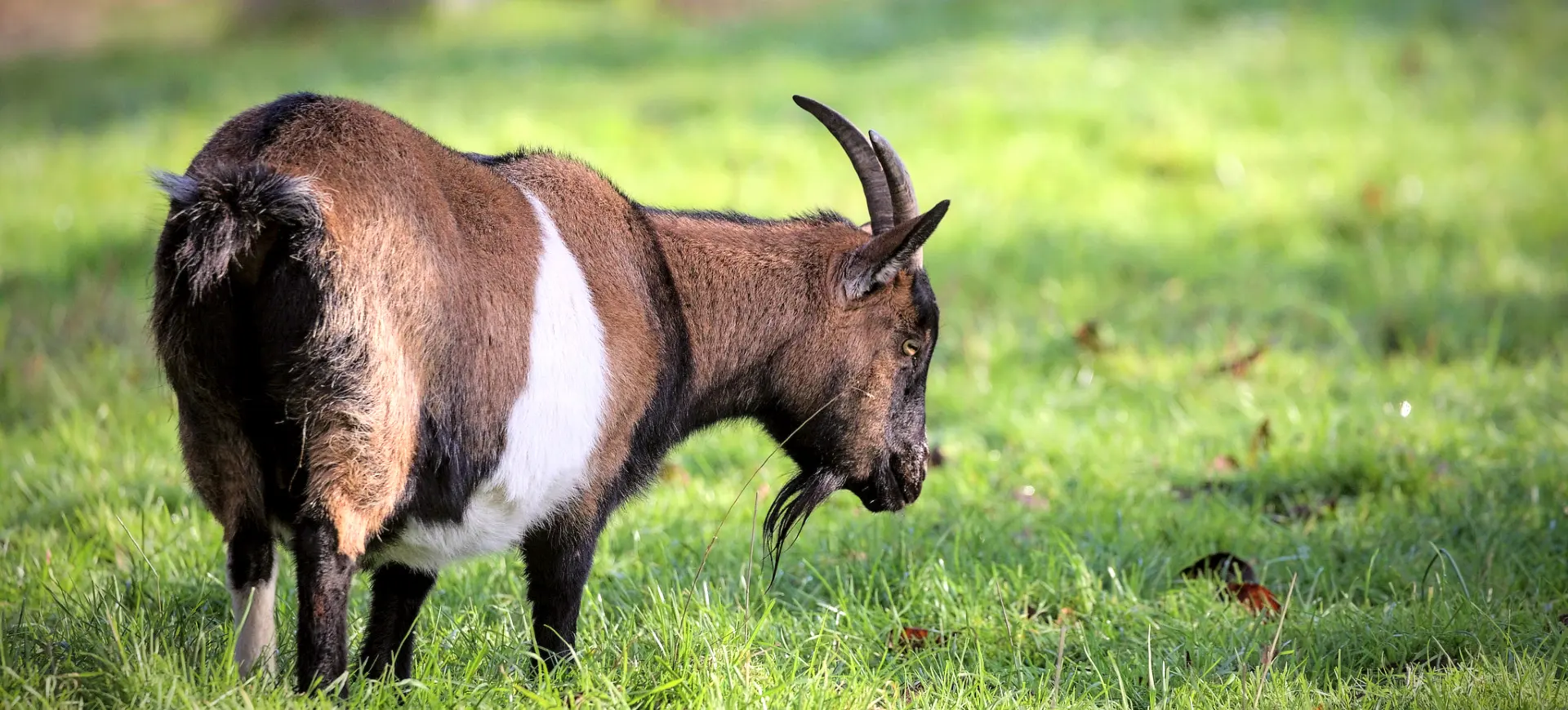Overview
Scientifically known as Bos taurus, cattle are domesticated ungulates from the family Bovidae. Known for their economic and cultural importance, they are raised worldwide for meat, milk, and hides and are even used as draft animals in some cultures. Cattle come in various breeds, sizes, and colors, tailored over centuries to suit different climates, landscapes, and human needs. Their domestication is believed to have occurred around 10,000 years ago in the Near East, and they have since become integral to agricultural societies.
Cattle are ruminants with a specialized digestive system that allows them to process tough plant materials. They are known for their four-chambered stomach, which includes the rumen, where fermentation breaks down cellulose. This digestive process allows cattle to thrive on grasses and other vegetation. Social animals by nature, cattle form herds and establish complex social hierarchies, which play a critical role in their behavior and breeding.
The impact of cattle on human civilization cannot be overstated. They have been a symbol of wealth and status, a critical resource in agriculture, and a religious and cultural significance subject in many societies. Today, they are among the most numerous domesticated animals, with millions around the globe providing vital resources for human consumption and industry.
Taxonomy
Kingdom
Phylum
Class
Order
Family
Genus
Species
Sub Species
Type
Physical Description:
Cattle have a robust, bovine body shape with a broad and muscular build. They typically have a large head with horns, although some breeds are naturally polled (hornless). The coat color and pattern vary widely among breeds, ranging from solid colors like black, white, and brown to spotted or patchy patterns. The size and weight of cattle also vary significantly; dairy breeds like the Holstein are often taller and leaner, while beef breeds like the Angus are more muscular and compact.
Adult cattle typically have a pronounced hump over their shoulders, especially in breeds derived from the zebu. They possess a ruminant digestive system with a complex four-chambered stomach, allowing them to efficiently break down tough plant materials. Their legs end in cloven hooves, adapted for walking on various terrains. Bulls are generally larger and more muscular than cows, with thicker necks and a more formidable presence.

Lifespan: Captivity: ~22 Years

Weight: Varies widely; 1,000 to 2,000 lbs (450 to 900 kg) on average for adult cows, and up to 2,500 lbs (1,100 kg) or more for adult bulls

Length: Male & Female: 72-108 inches (183-274 cm)

Height: Male & Female: 54-72 inches (137-183 cm)

Top Speed: 25 mph (40 km/h)
Characteristic:
Native Habitat:
Cattle were domesticated from wild aurochs, which are now extinct. The original range of the aurochs included Europe, Asia, and North Africa. Today, domestic cattle are found worldwide in a variety of habitats. They are adaptable and can live in environments ranging from grassy plains and savannas to mountainous areas.
Most cattle are kept in managed environments like farms and ranches, but some are allowed to roam in semi-wild conditions on open ranges and grasslands. The habitat a cow lives in greatly depends on the region’s agricultural practices and the breed’s needs. Some breeds are more suited to hot climates, while others thrive in cooler temperatures.
Climate Zones:
Biomes:
Biogeographical Realms:
Continents:
Countries:
Diet:
Diet & Feeding Habits:
Cattle are herbivores with a diet of grasses and other plant materials. They are ruminants, meaning they have a specialized stomach with multiple compartments that allow them to ferment food before digesting it. This process enables them to extract nutrients from tough plant fibers more effectively than other herbivores.
In the wild or on pastures, cattle graze on grasses, herbs, and shrubs. In more intensive farming systems, their diet may be supplemented or replaced by prepared feed that includes grains, soy, and other ingredients to provide the necessary nutrients. The specific diet can vary significantly depending on the cattle’s breed, age, and purpose (dairy or beef). Proper nutrition is crucial for their health, productivity, and the quality of the milk or meat they produce.
Mating Behavior:
Mating Description:
Cattle have a polygynous mating system where a single bull will mate with multiple cows within the herd. During the breeding season, bulls become more aggressive and competitive, vying for dominance and the right to mate with females. Cows enter estrus (heat) every 21 days and exhibit signs attracting attention to bulls.
Gestation in cattle lasts approximately 283 days, after which the cow gives birth to a single calf. Twins are rare. Calves are relatively intelligent, standing and walking within hours after birth. Cows are attentive mothers, and the bond between cow and calf is strong. In managed herds, artificial insemination is often used to improve genetics and manage breeding.
Reproduction Season:
Birth Type:
Pregnancy Duration:
Female Name:
Male Name:
Baby Name:
Social Structure Description:
Cattle are inherently social animals, forming herds for protection, social interaction, and cooperative raising of young. A typical herd has a social hierarchy determined by age, sex, and temperament, with more dominant individuals having priority access to resources like food and mates. Within the herd, cows and their offspring often form close bonds, and there can be complex social relationships among individuals.
Herds provide a structure that helps reduce the stress of individual animals, as they can rely on collective vigilance to warn of potential threats. In a farming context, understanding and managing the social structure of herds is important for animal welfare and productivity.
Groups:
Conservation Status:
Population Trend:
The global cattle population is over 1.4 billion, reflecting their importance in agricultural economies and diets worldwide. Key countries with substantial cattle numbers include India, where the cow is considered sacred in many cultures; Brazil, a major beef exporter; China, with its rapidly growing demand for meat; and the United States, known for its extensive beef and dairy industries. This population’s continued growth and stability in many regions are driven by the persistent demand for cattle products, including beef, dairy, and leather, which are integral to food systems and economies worldwide.
However, within this vast population, a concerning trend affects the diversity of cattle breeds. While commercial, high-production breeds are flourishing, many traditional and heritage breeds are facing a decline. These breeds, often adapted to local conditions and possessing unique genetic traits, are being overlooked in favor of more uniform and industrially favorable breeds. The loss of these traditional breeds would mean a significant reduction in the genetic diversity of cattle worldwide, potentially impacting the resilience and sustainability of the global cattle population in the face of challenges such as climate change and disease.
Population Threats:
Cattle, as a species, are not currently at risk of extinction, but the situation for individual breeds varies significantly. Changes in agricultural practices, such as the intensification of farming and the focus on high-yield breeds, threaten the survival of many traditional and heritage cattle breeds. These breeds often possess unique traits developed over centuries, making them well-suited to local environments and resistant to certain diseases. Still, they can’t compete with the productivity levels of commercial breeds, leading to a decline in their numbers and a loss of valuable genetic diversity.
Disease outbreaks present another significant threat to cattle populations worldwide. In high-density farming operations, diseases can spread quickly and have devastating effects. Conditions such as foot-and-mouth disease, bovine tuberculosis, and brucellosis not only cause severe impacts on the health and productivity of cattle but can also lead to large-scale culling to prevent further spread. The economic and genetic loss from such outbreaks underscores the importance of robust biosecurity measures and genetic diversity to manage and mitigate disease risks.
Conservation Efforts:
Cattle conservation efforts are primarily centered on protecting the genetic diversity within the species, which is crucial for the long-term sustainability and resilience of cattle populations. By preserving heritage and rare breeds, conservators maintain a genetic “library” that could be vital for future breeding, particularly in response to changing environmental conditions or emerging diseases. Moreover, these efforts often involve promoting sustainable farming practices that enhance the well-being of the animals, improve disease resistance, and minimize the ecological footprint of cattle farming, ensuring that it can continue to be a viable part of agriculture in the future.
Breed associations and conservation organizations play an instrumental role in these efforts. They are involved in registering breeds, which helps to track and maintain their genetic lines. They also actively promote these breeds, educating farmers and the public about their value and the importance of genetic diversity. By advocating for ethical and sustainable farming practices, these organizations help ensure that cattle farming not only preserves the various breeds but also contributes positively to the environment and society. Their work is essential in maintaining the rich tapestry of cattle genetics and ensuring the industry’s adaptability and resilience.
Additional Resources:
Fun Facts
- Cattle have a nearly 300-degree field of vision, with only a few blind spots directly in front of and behind them.
- They have an excellent sense of smell and can detect odors up to six miles away.
- Cows have a memory for faces and are known to hold grudges against other cows or humans who treat them badly.
- A cow’s stomach is divided into four compartments, enabling them to digest tough plant materials.
- Cattle communicate through vocalizations, with sounds indicating contentment, distress, or other emotions.
- Some cattle breeds, like the Belgian Blue, have a genetic mutation called “double muscling, ” resulting in a dramatically muscular appearance.
- The world’s highest-producing dairy cow is a Holstein named “Gigi,” which 2017 produced 74,650 pounds of milk in a year.
- India has the largest cattle inventory in the world, reflecting the cultural and agricultural significance of cows in the country.
- Cattle branding began over 4,000 years ago in ancient Egypt to prevent theft.
- “Bovine” is the term used to describe cattle-related things, coming from the genus “Bos.”





